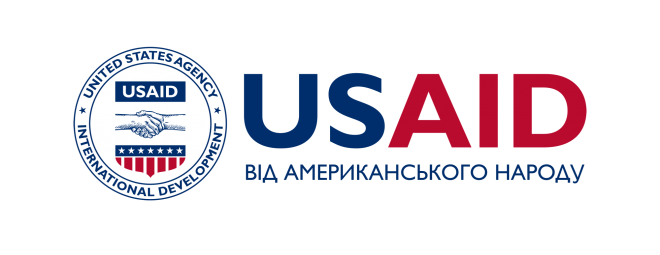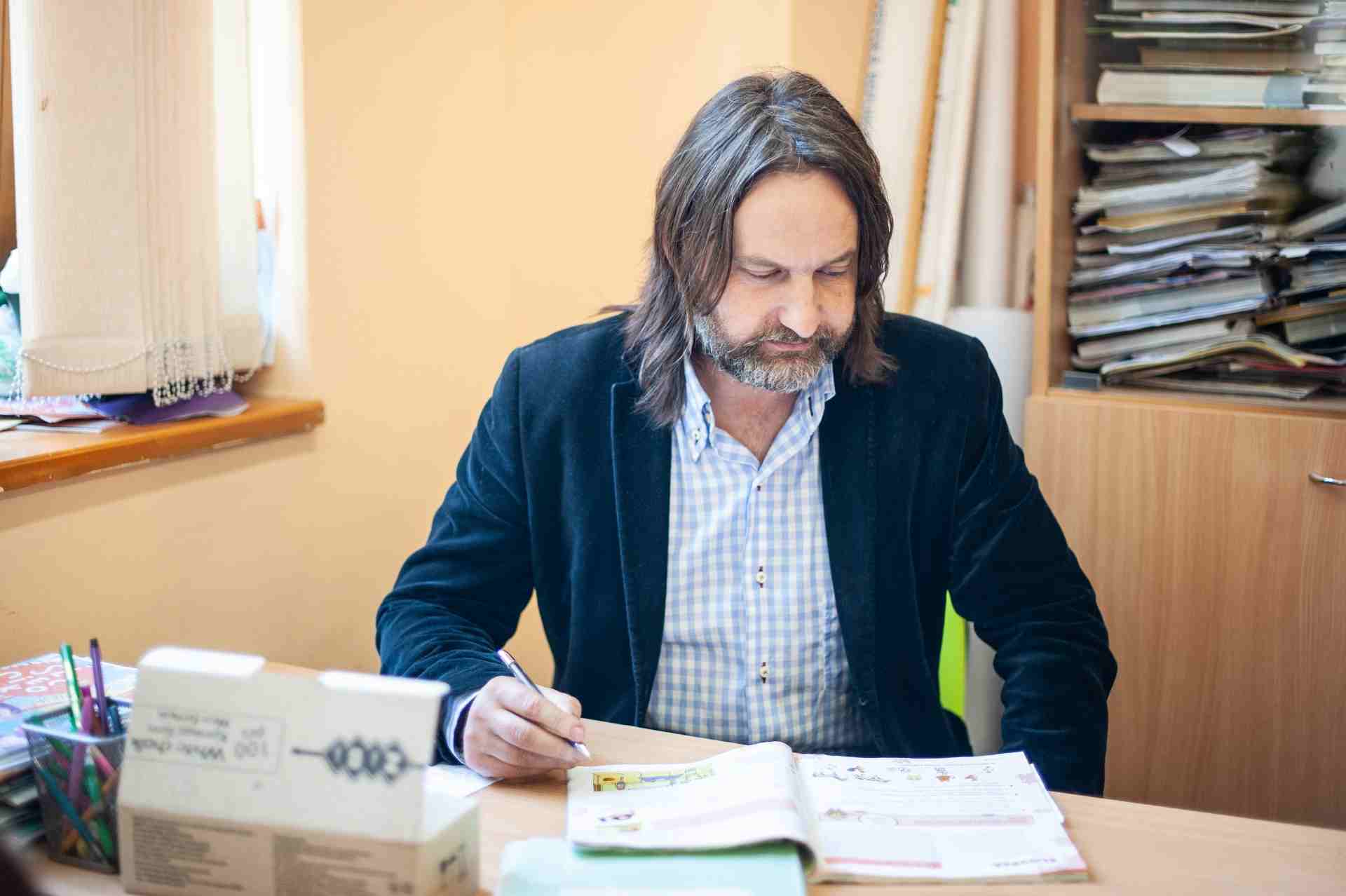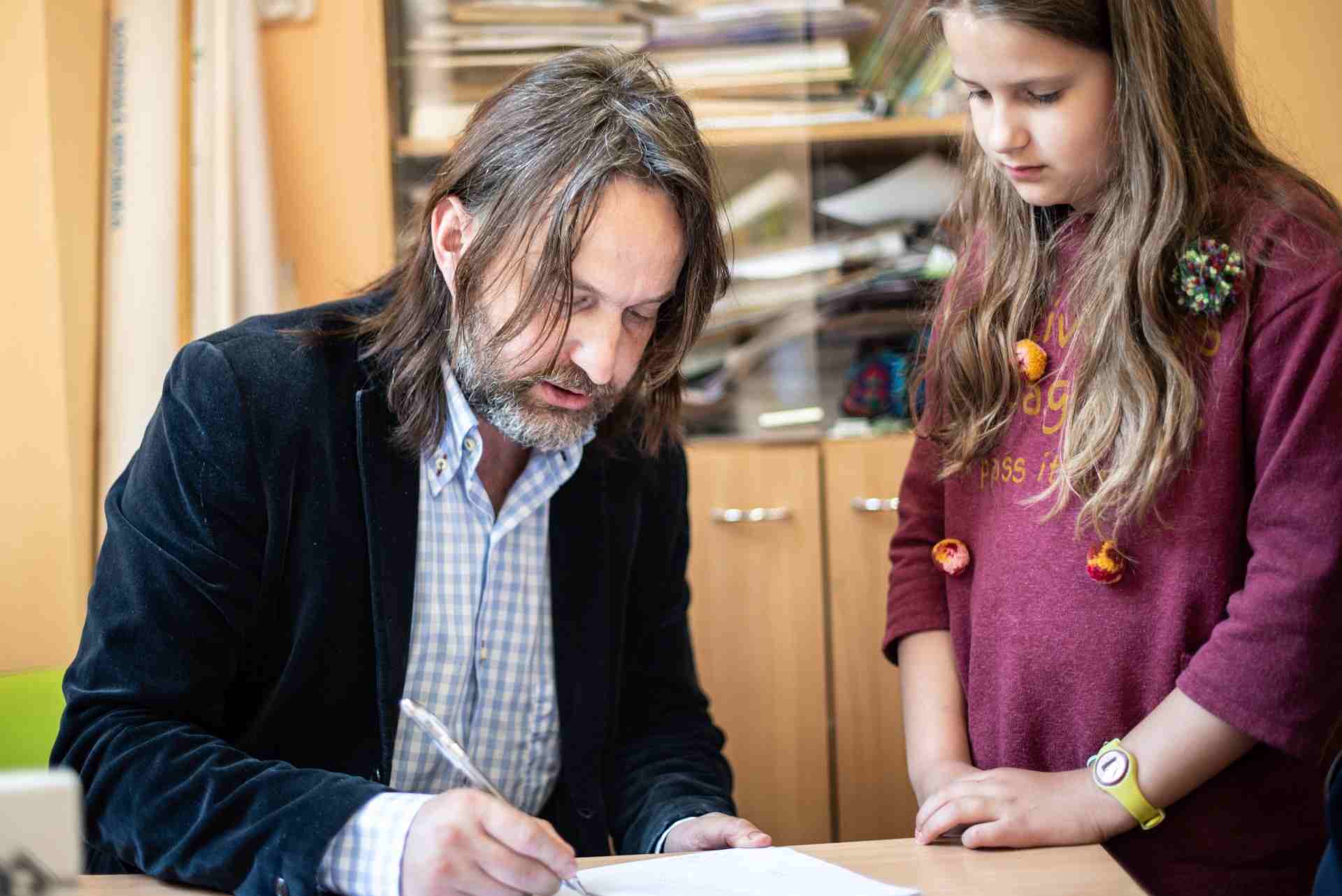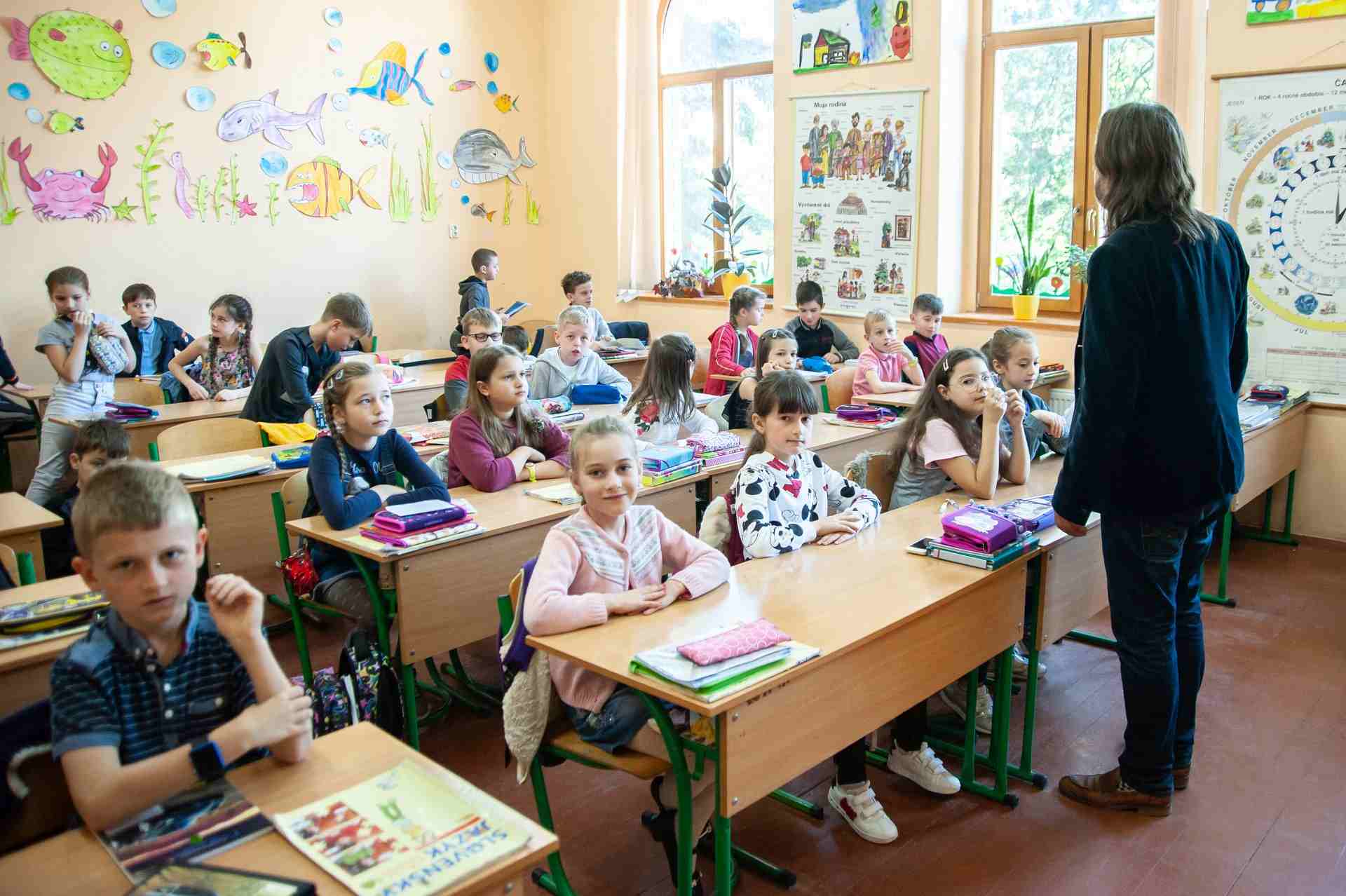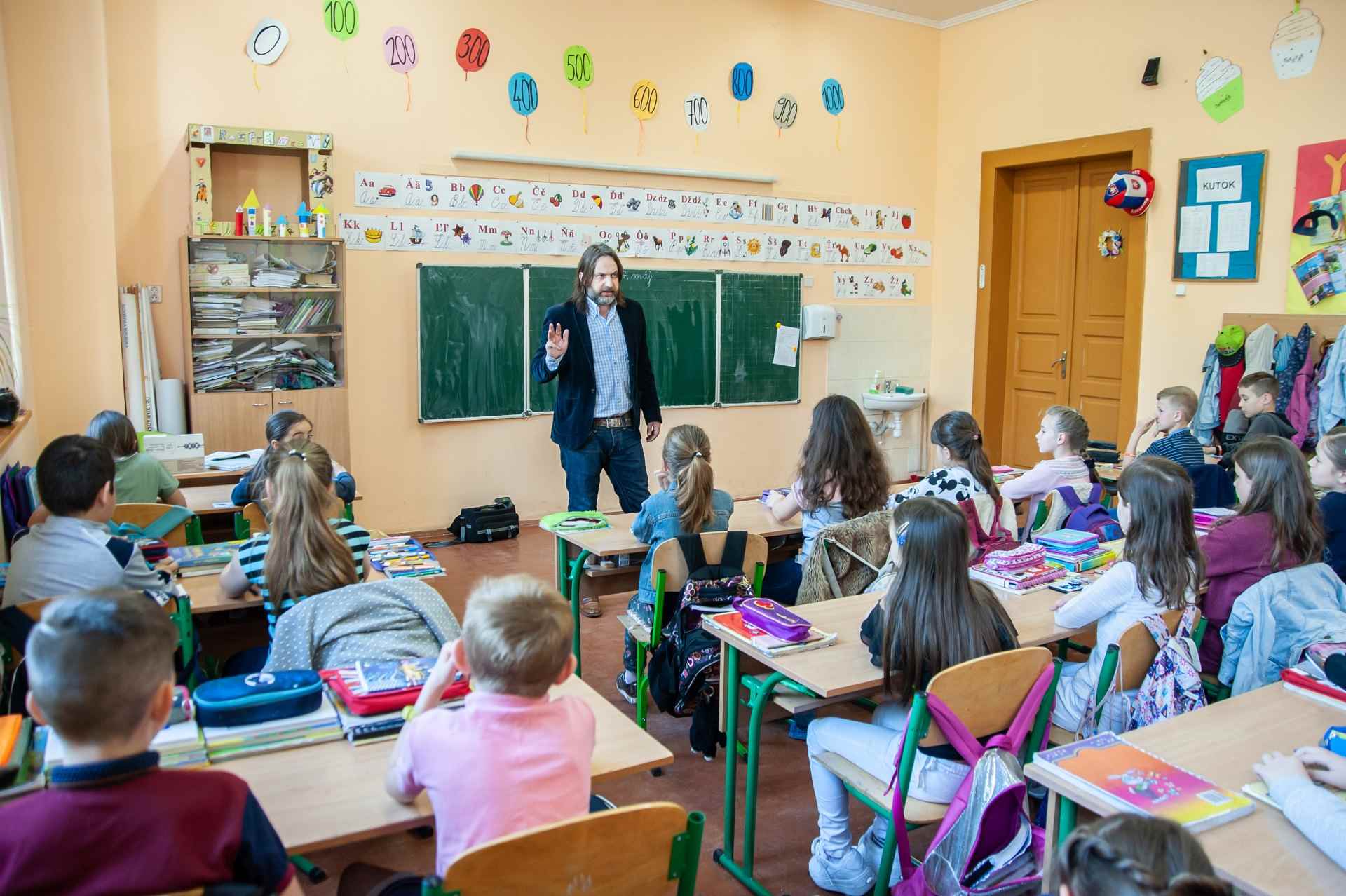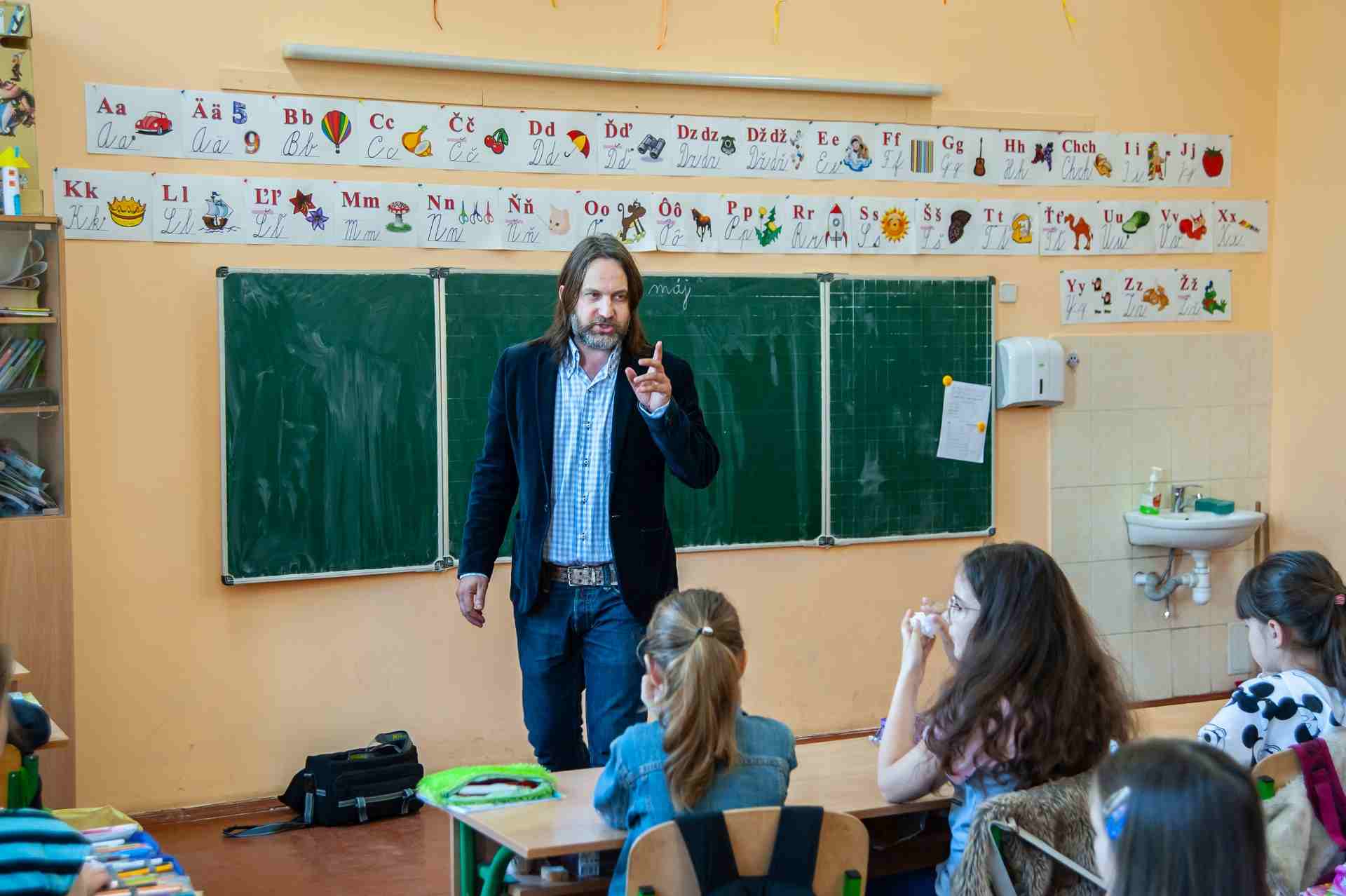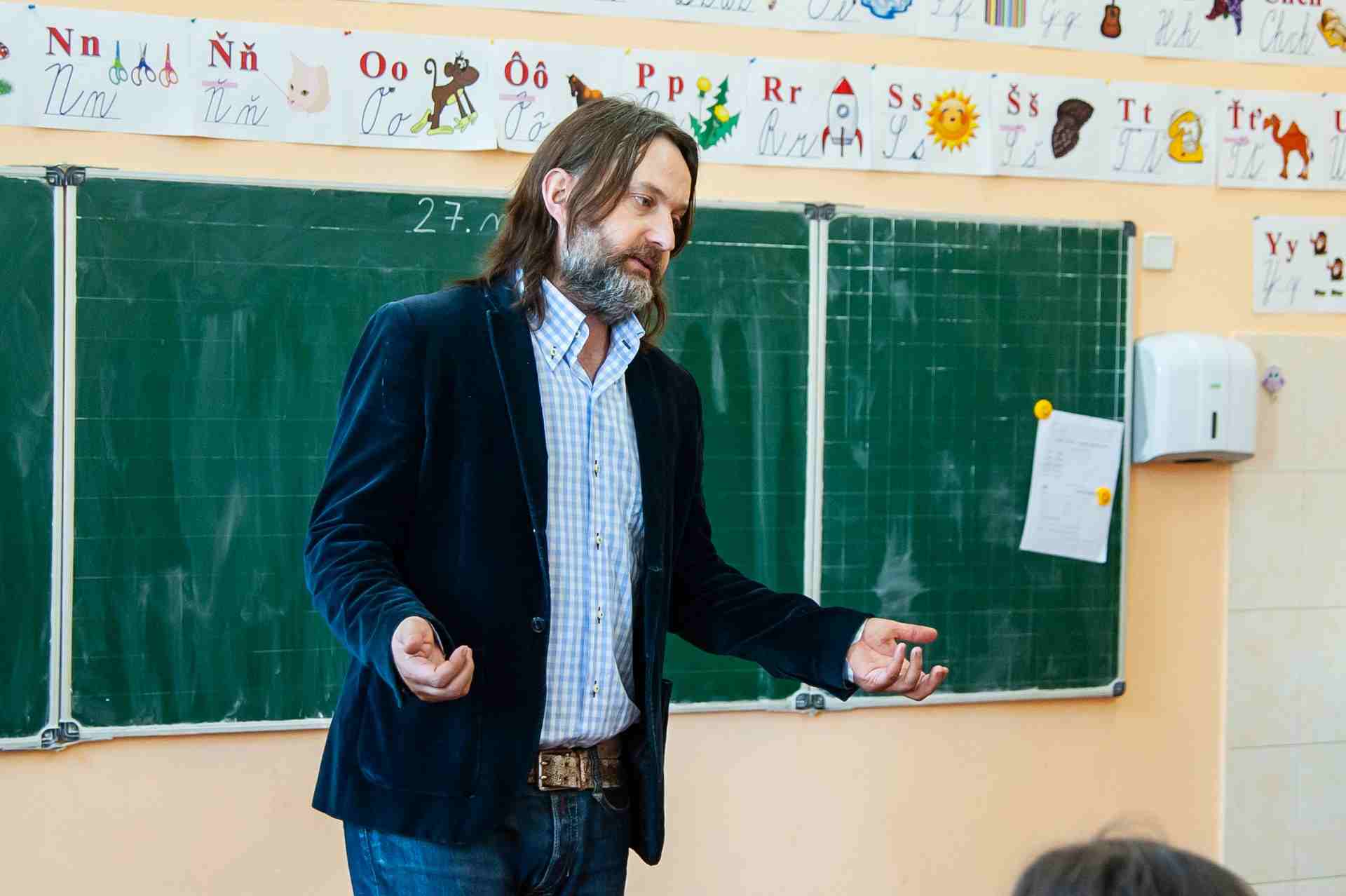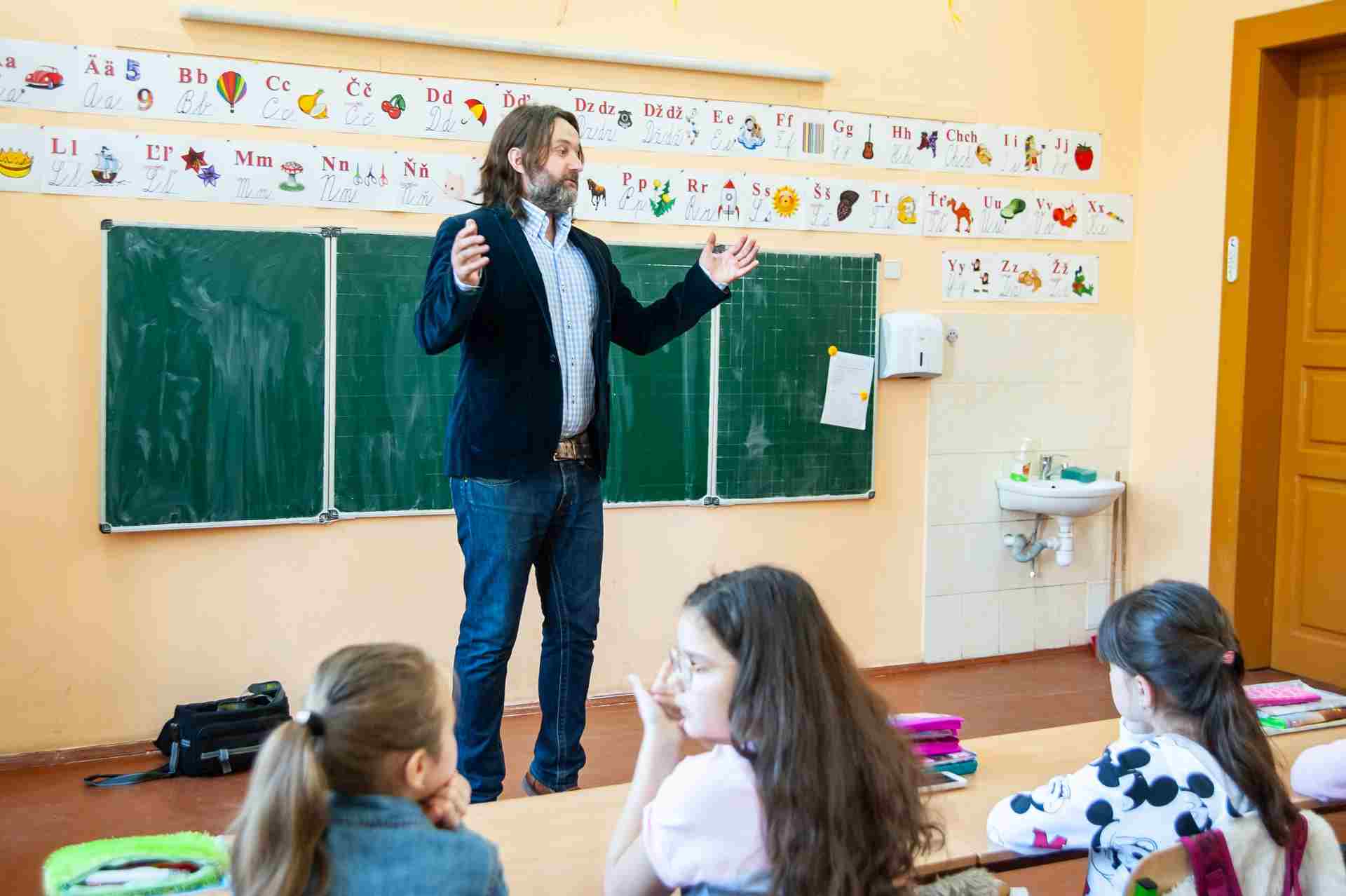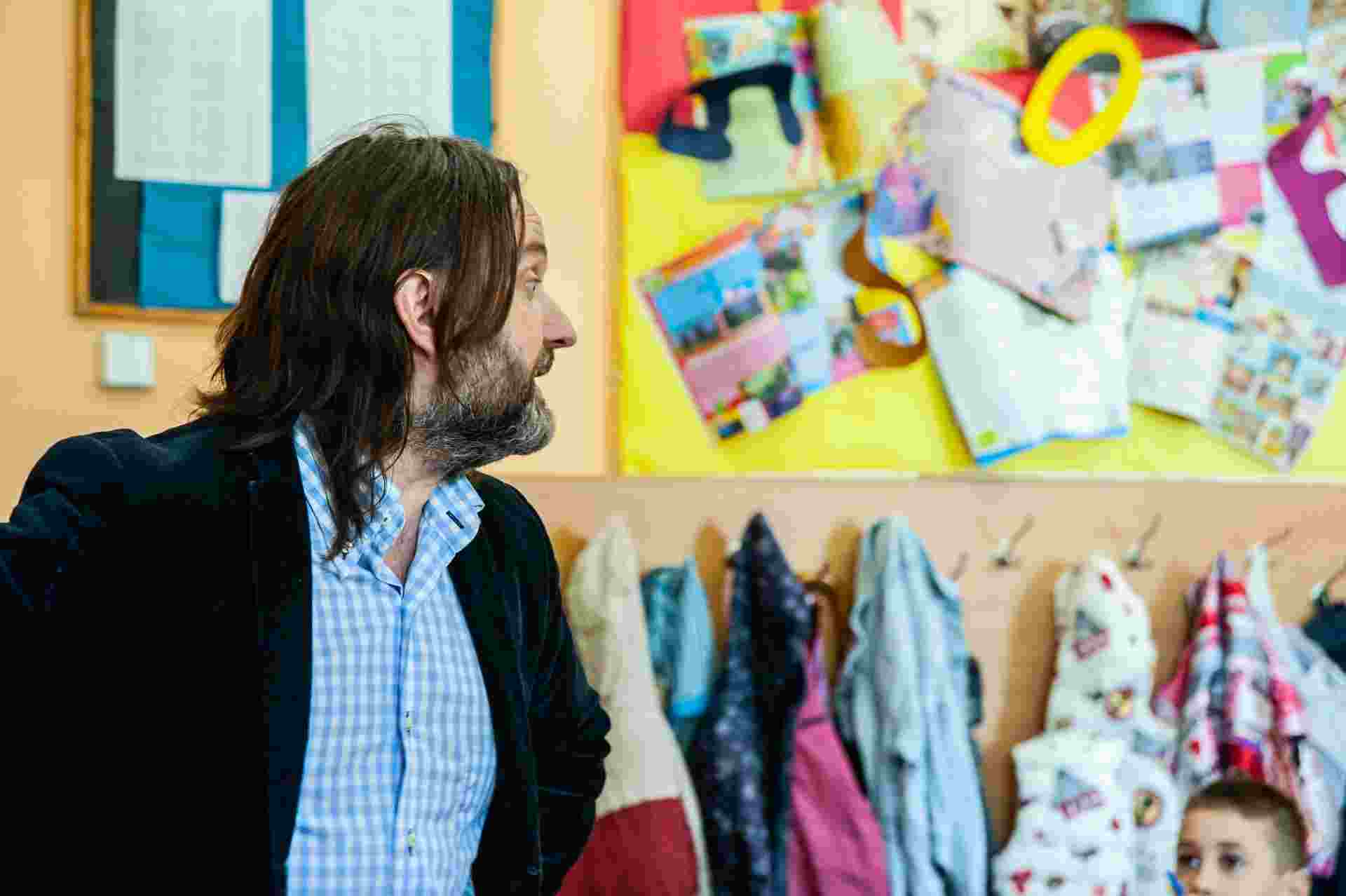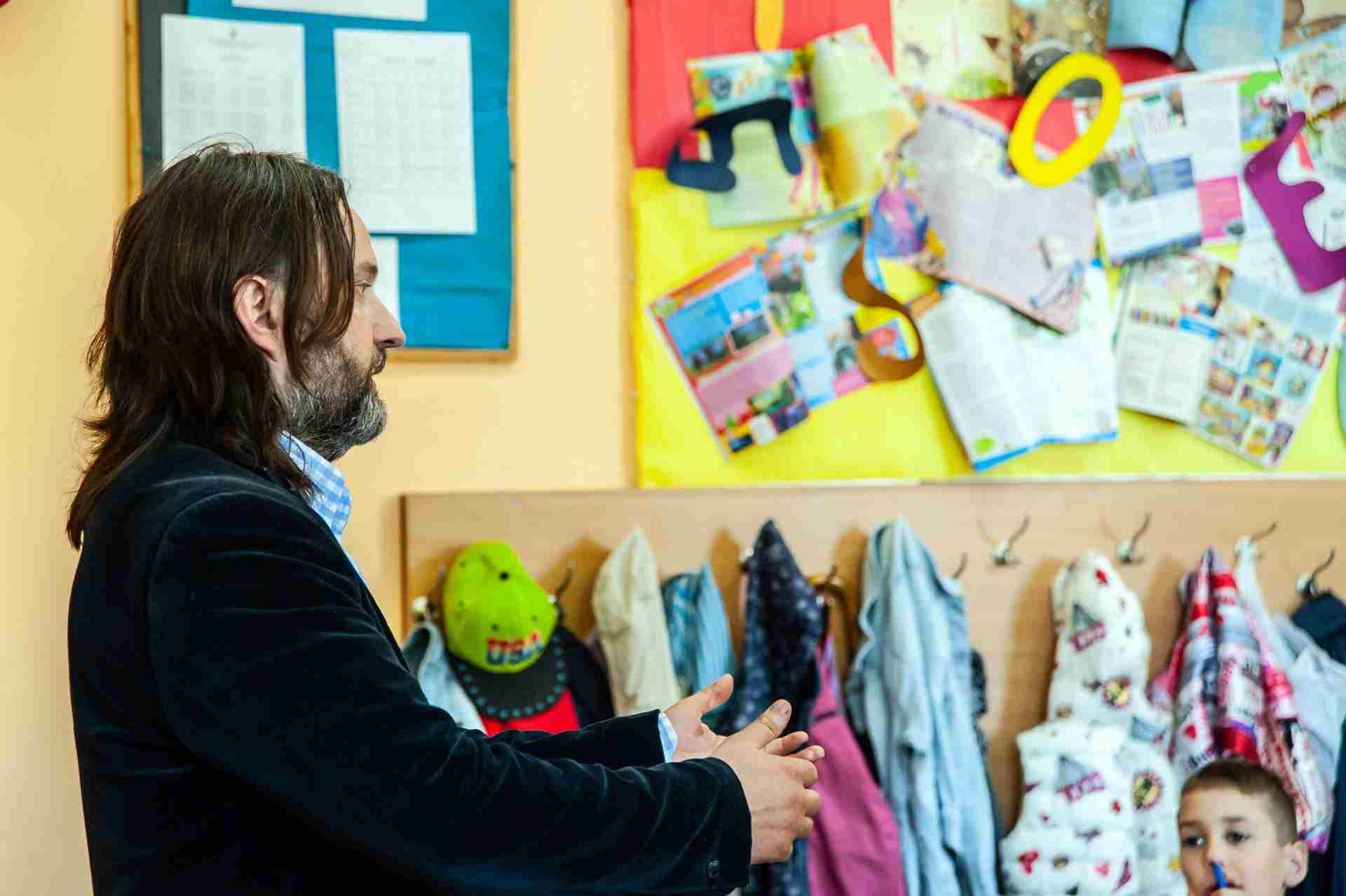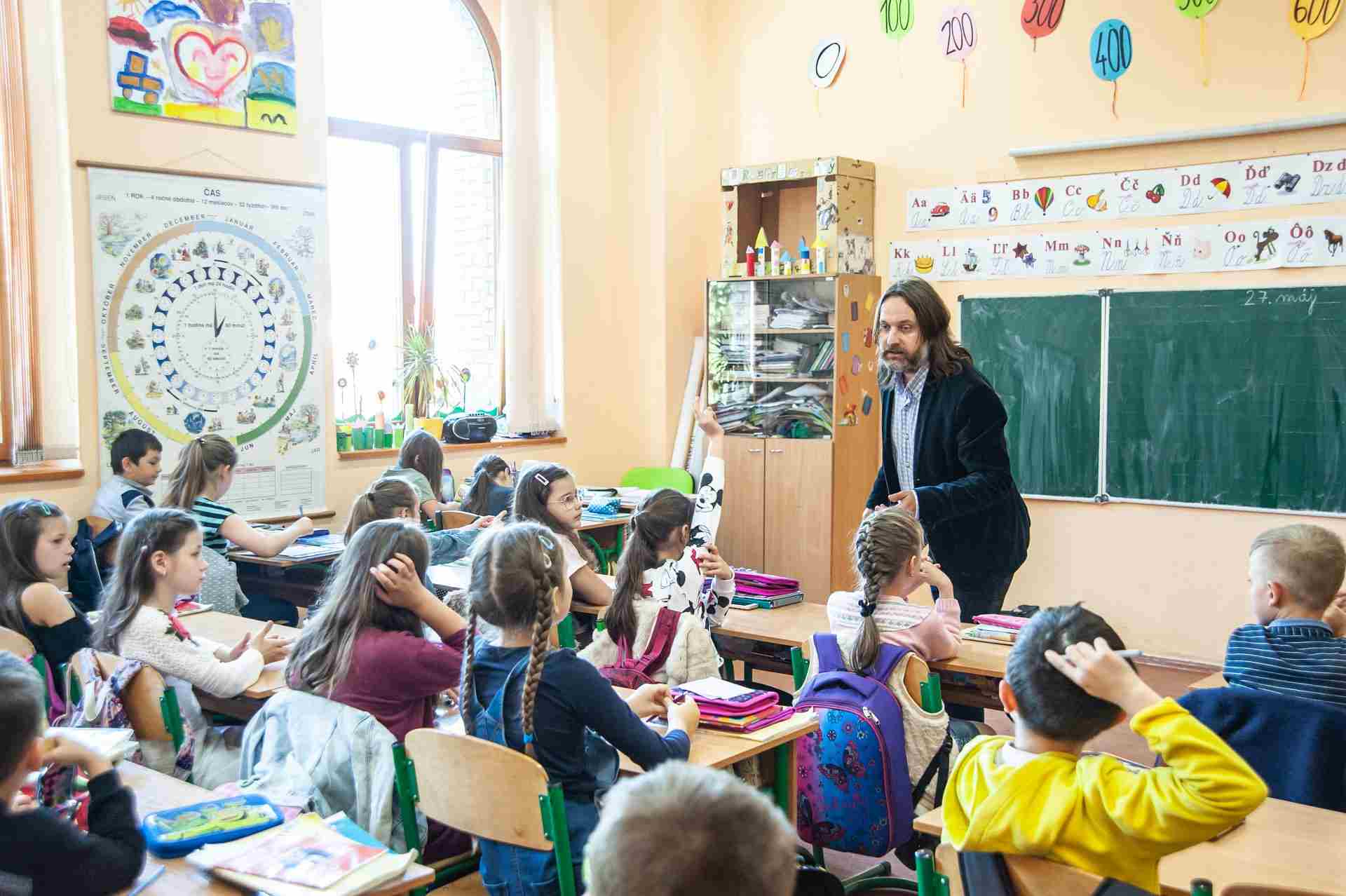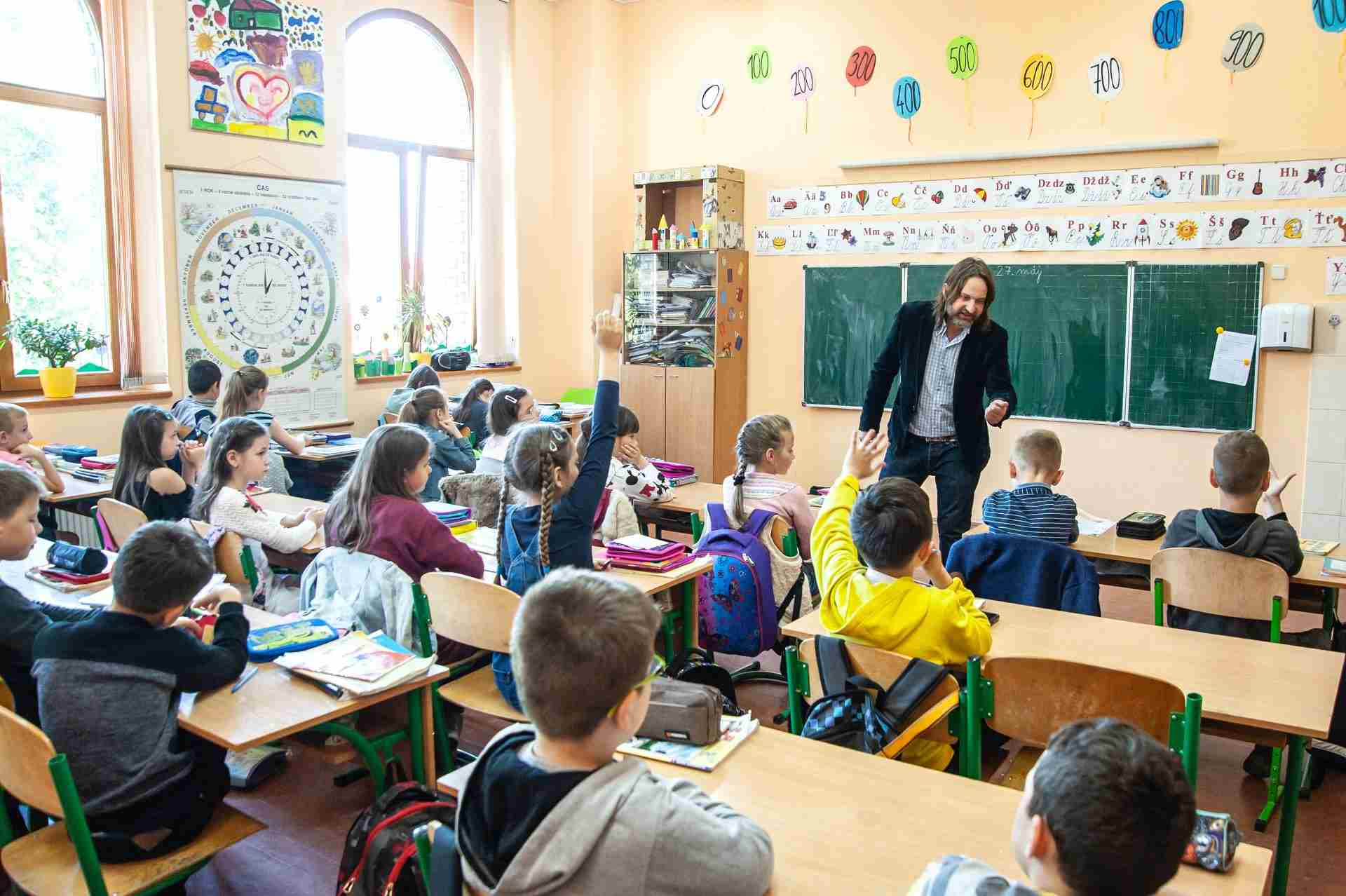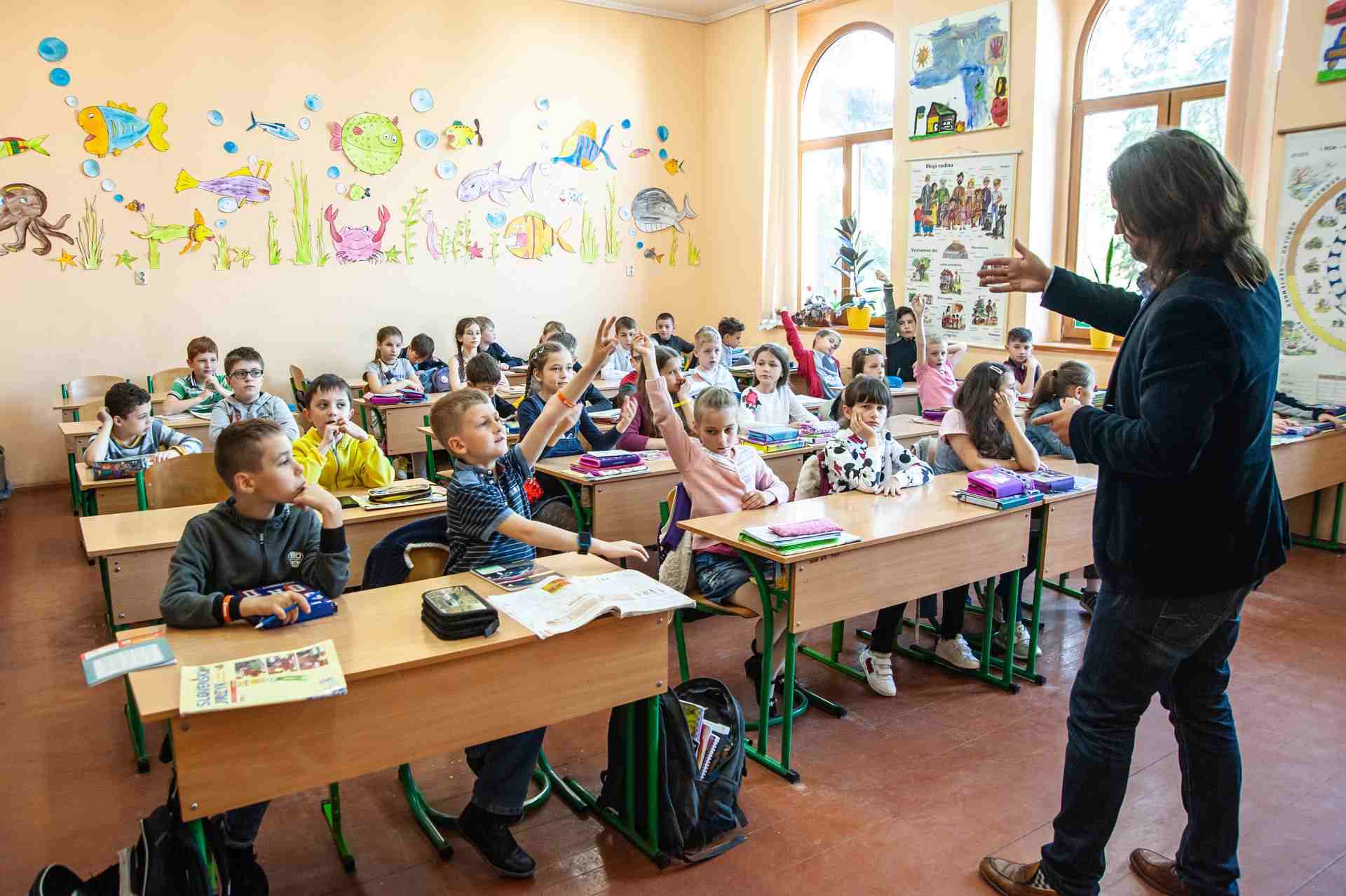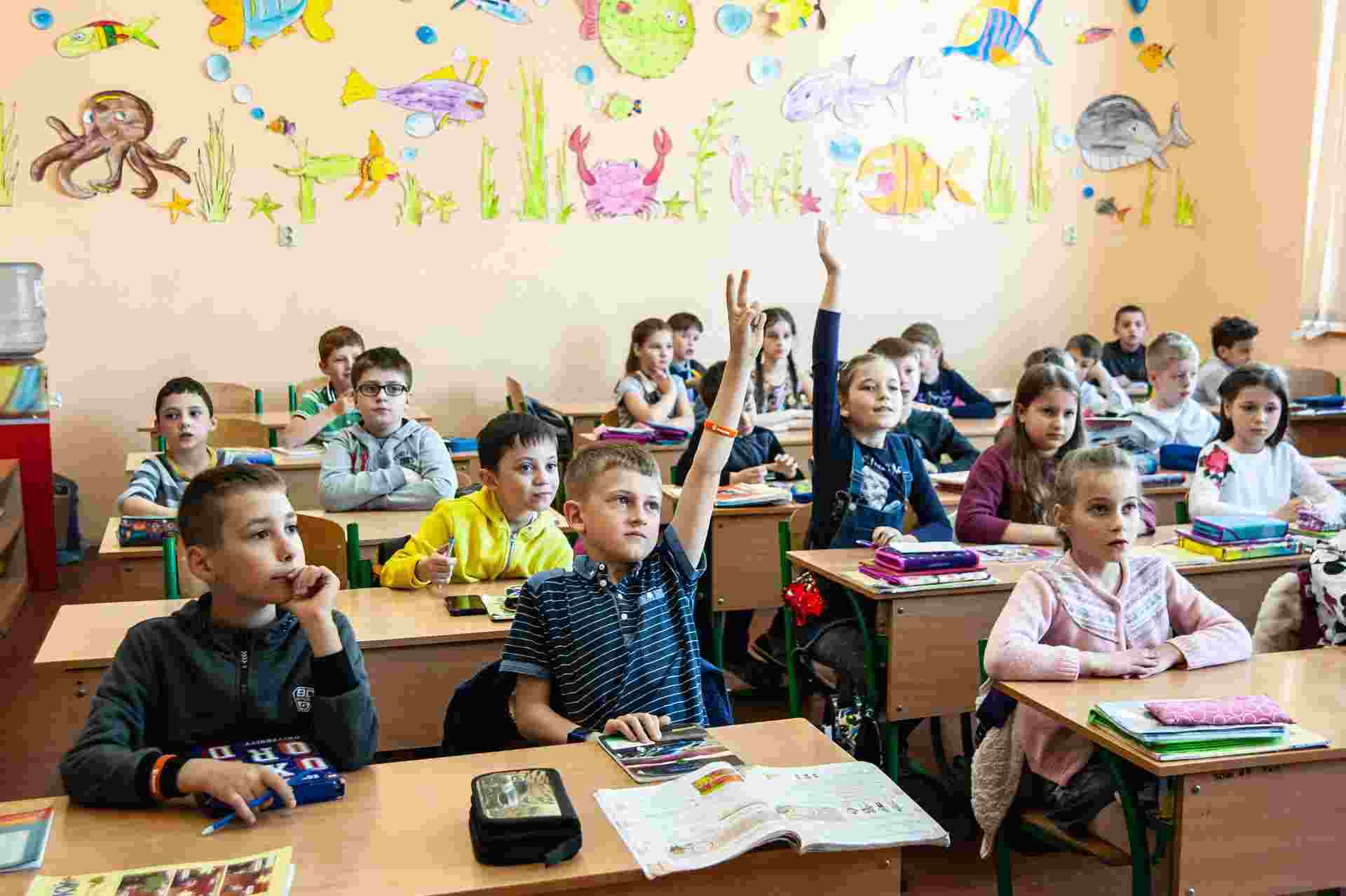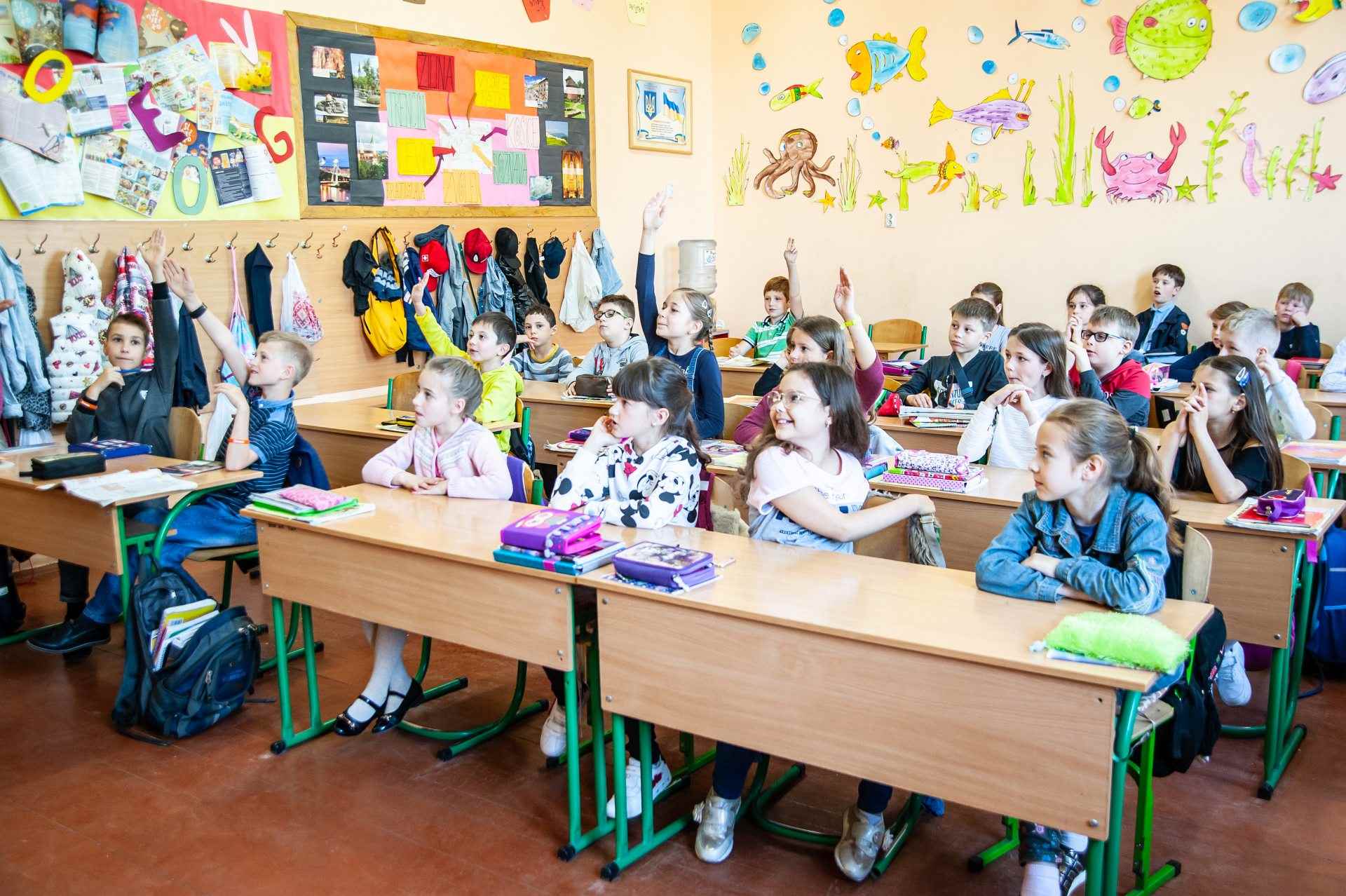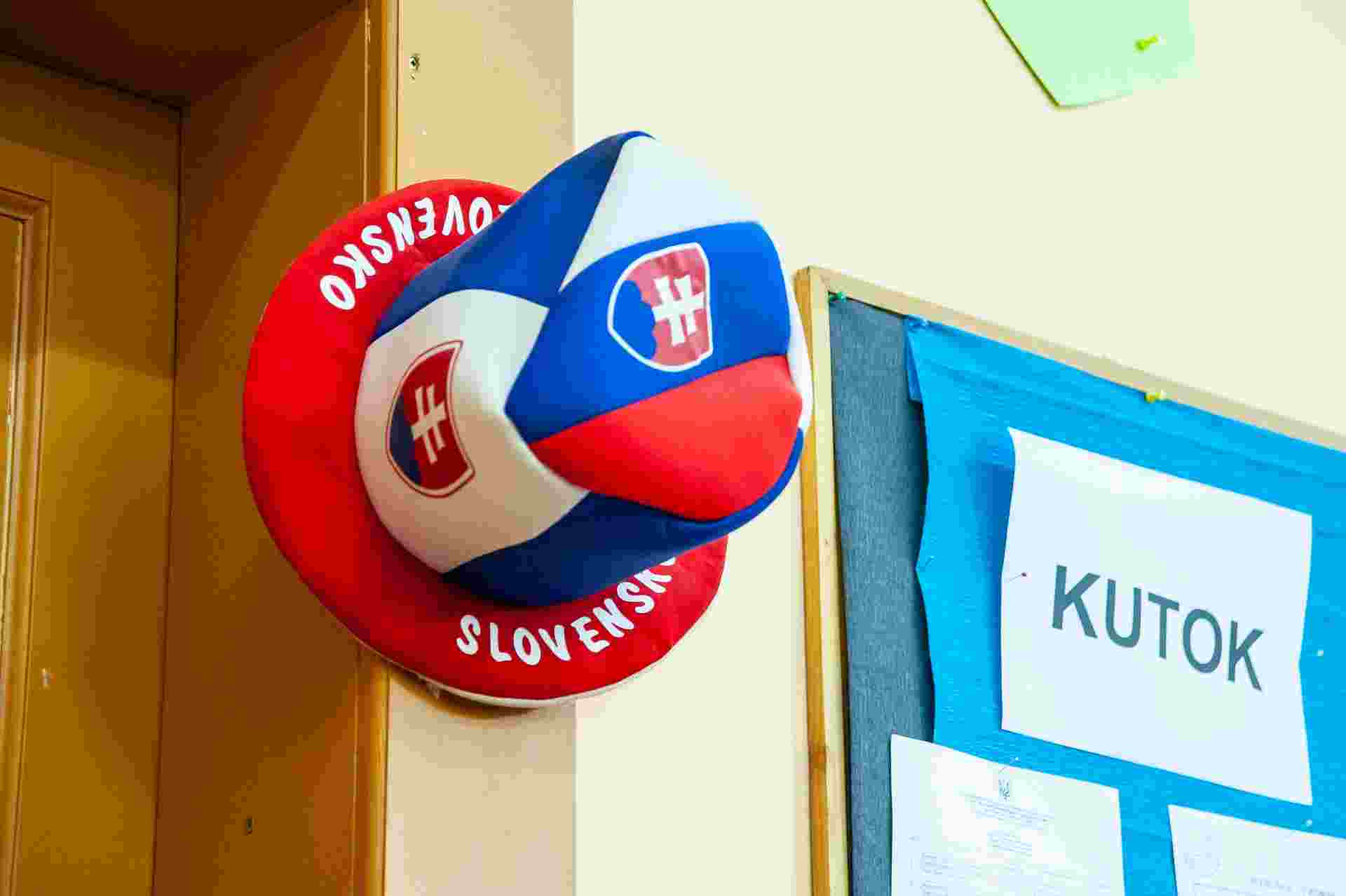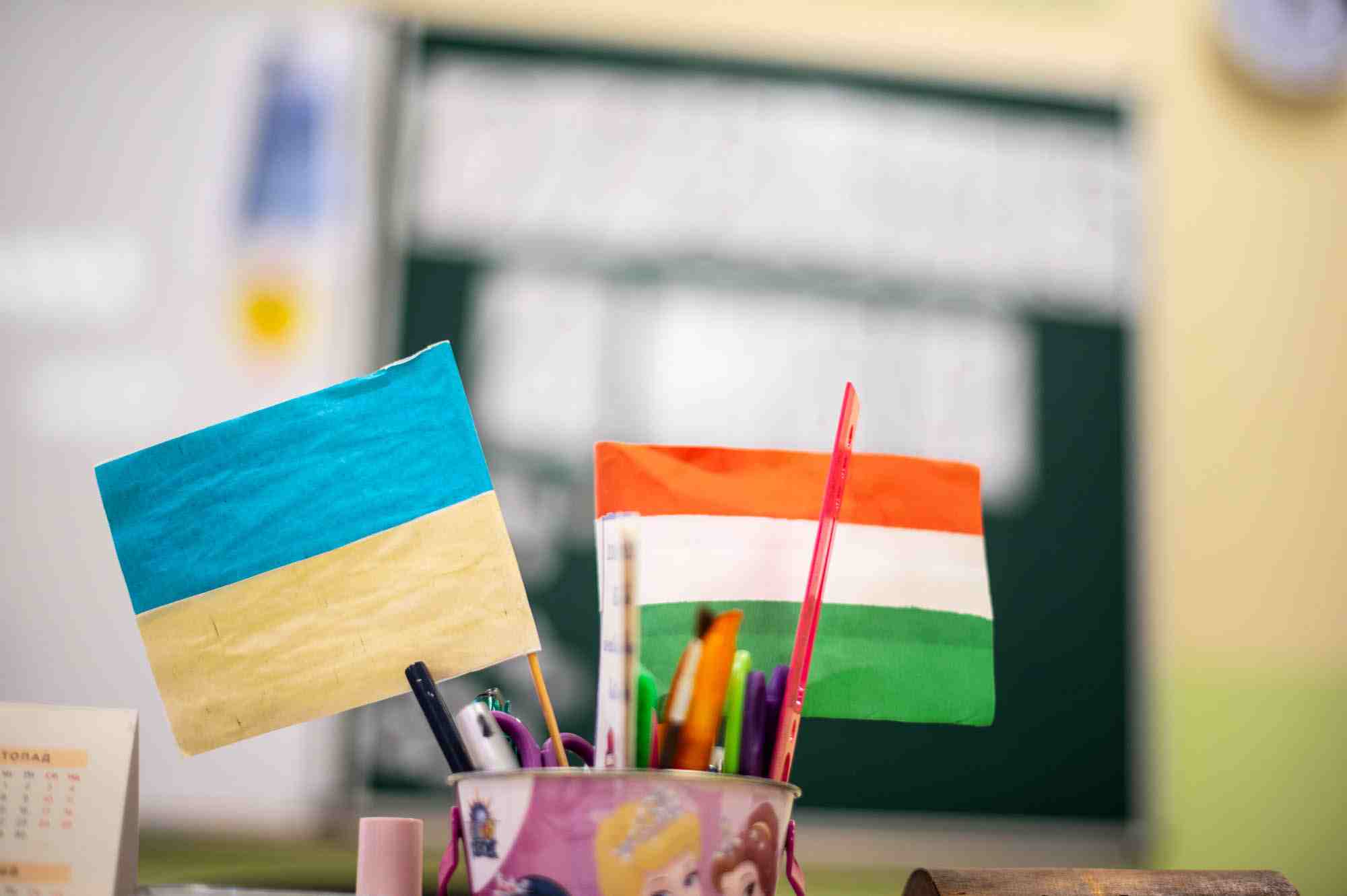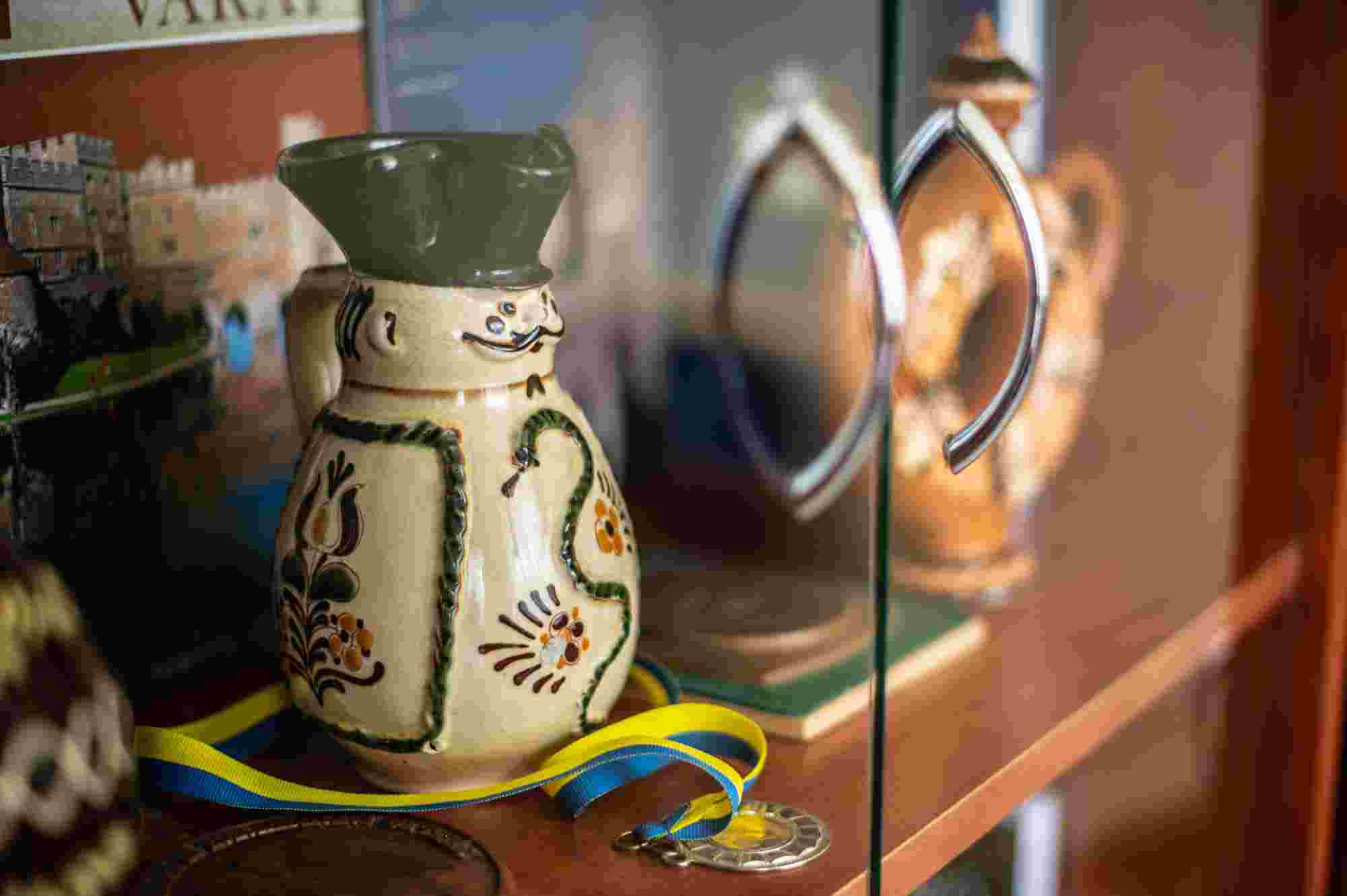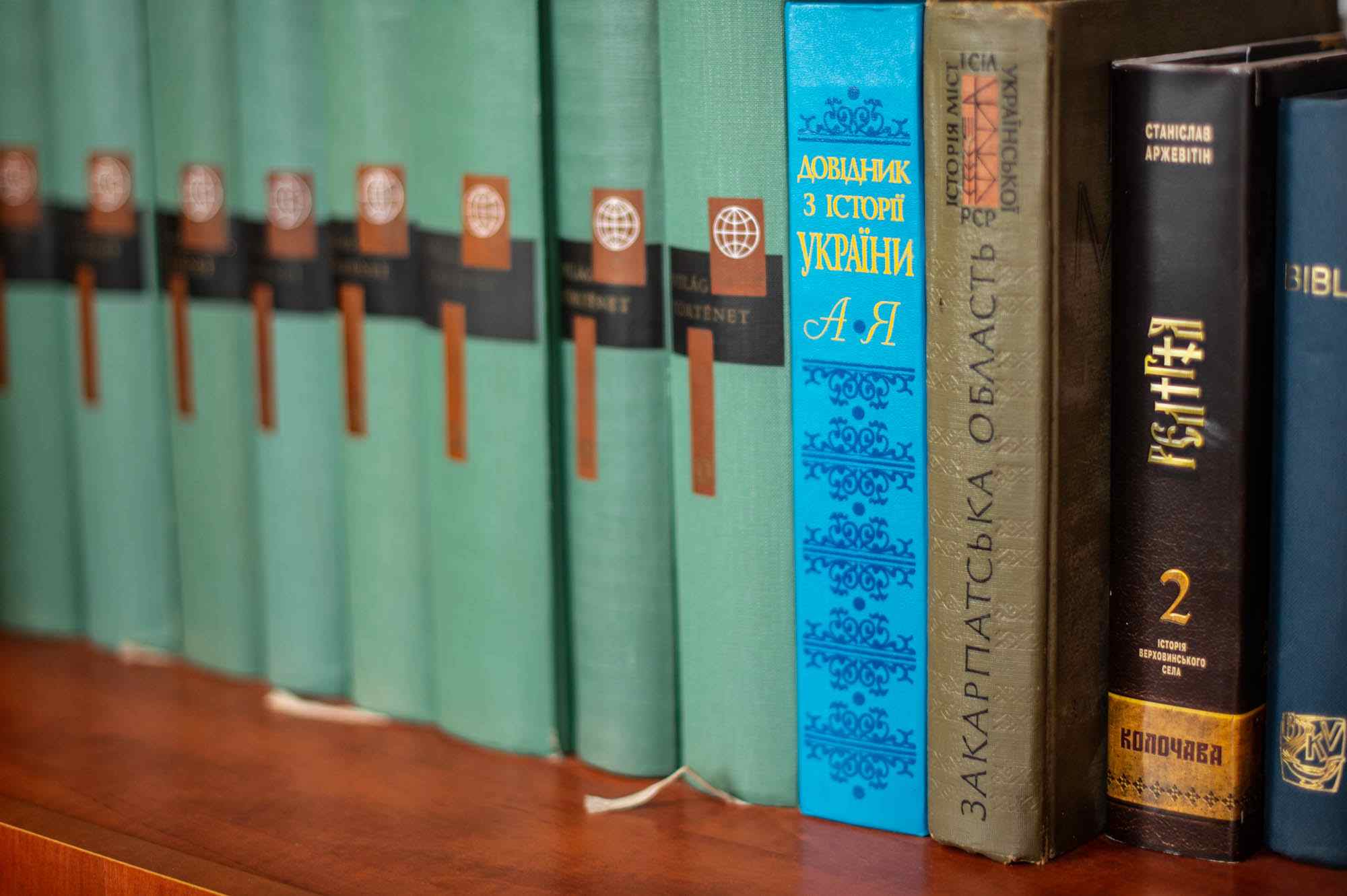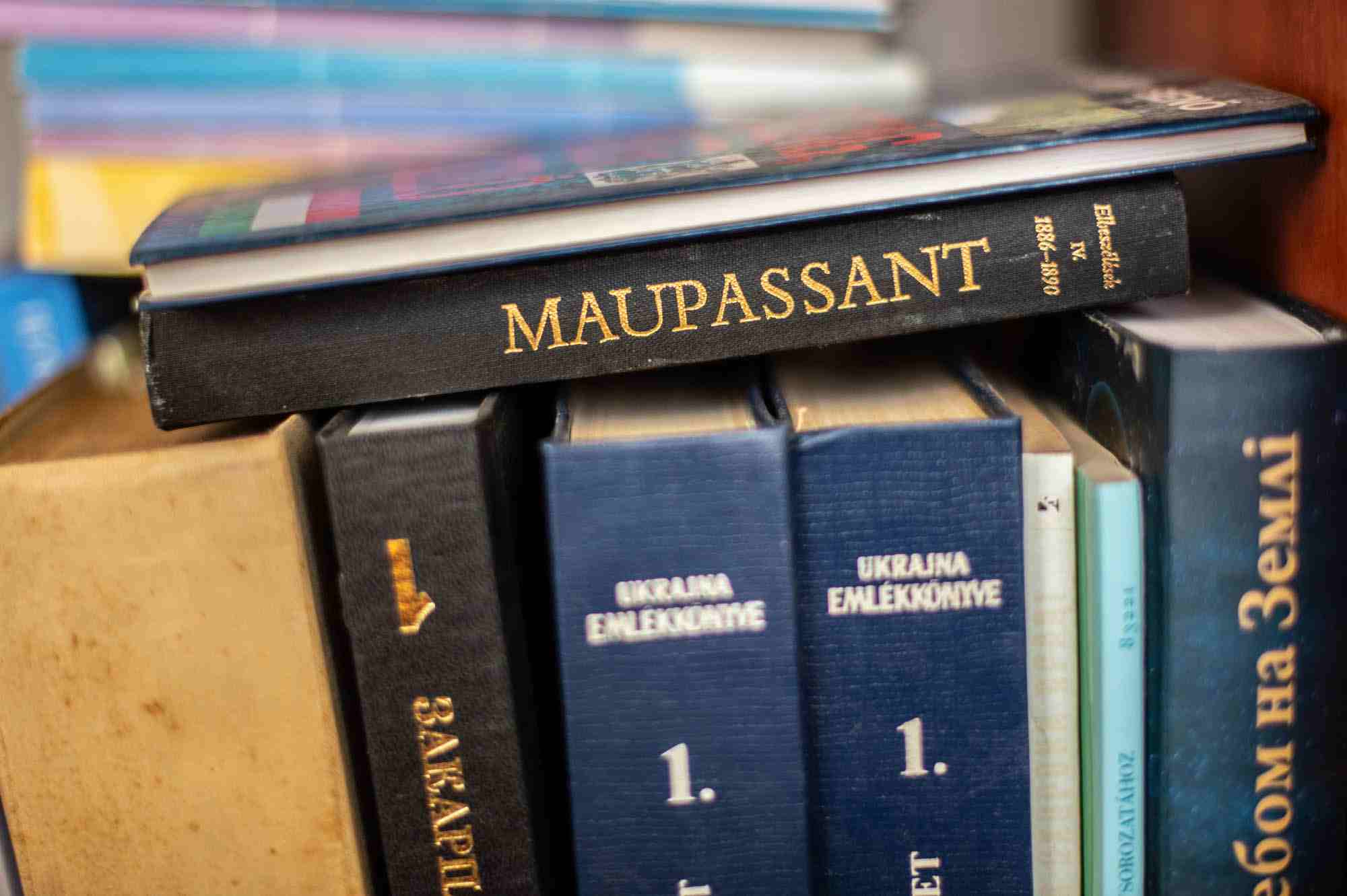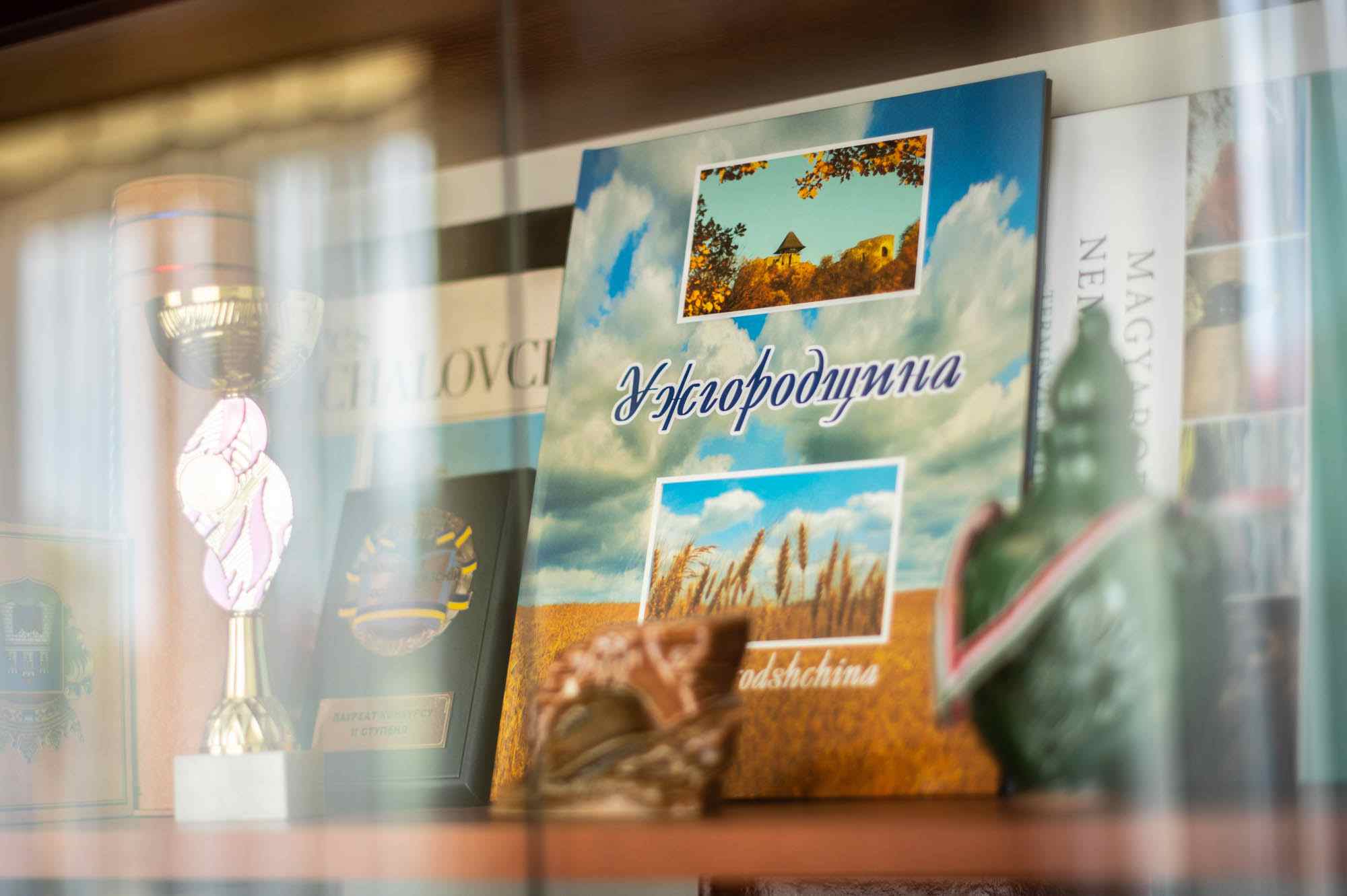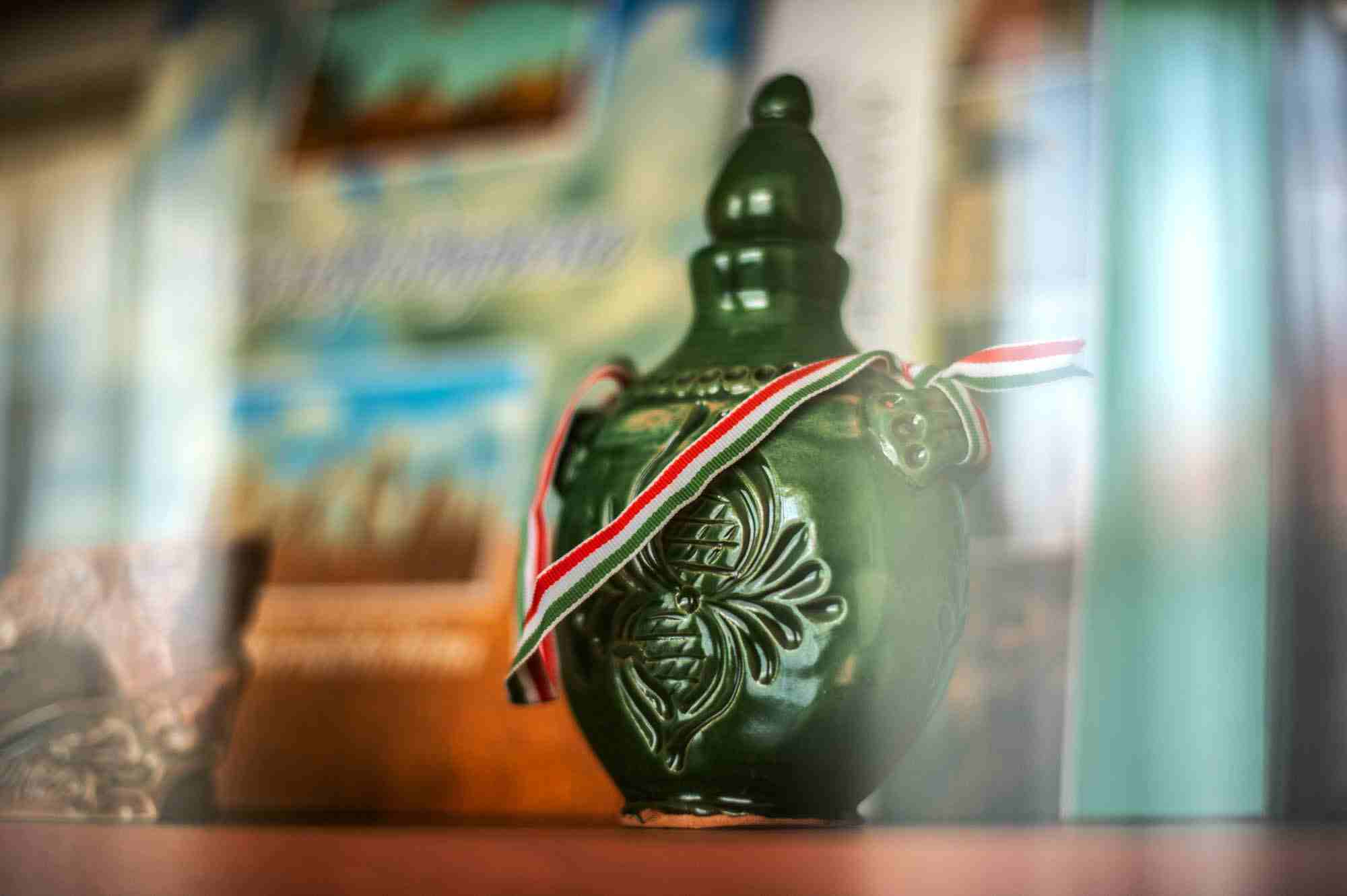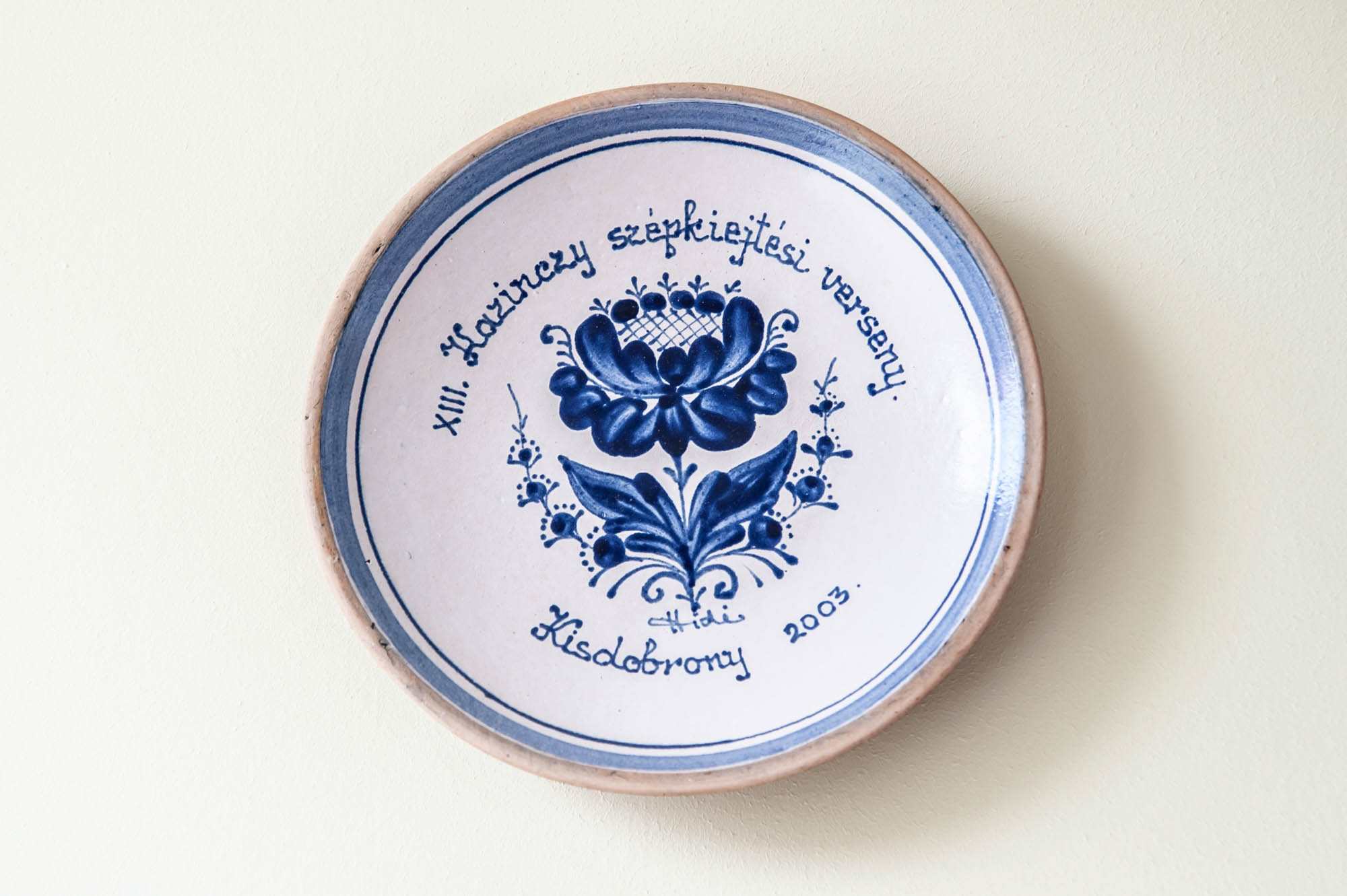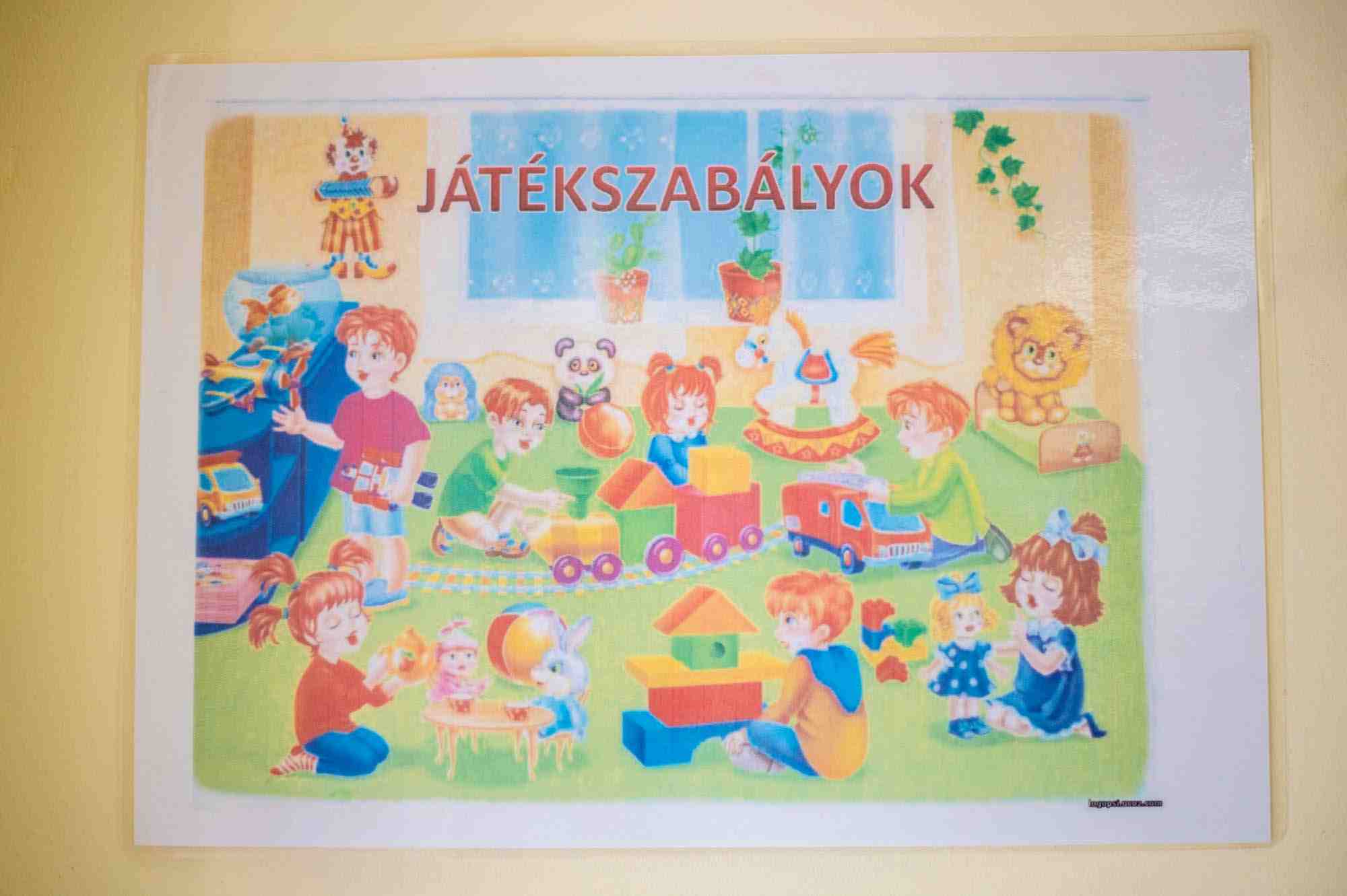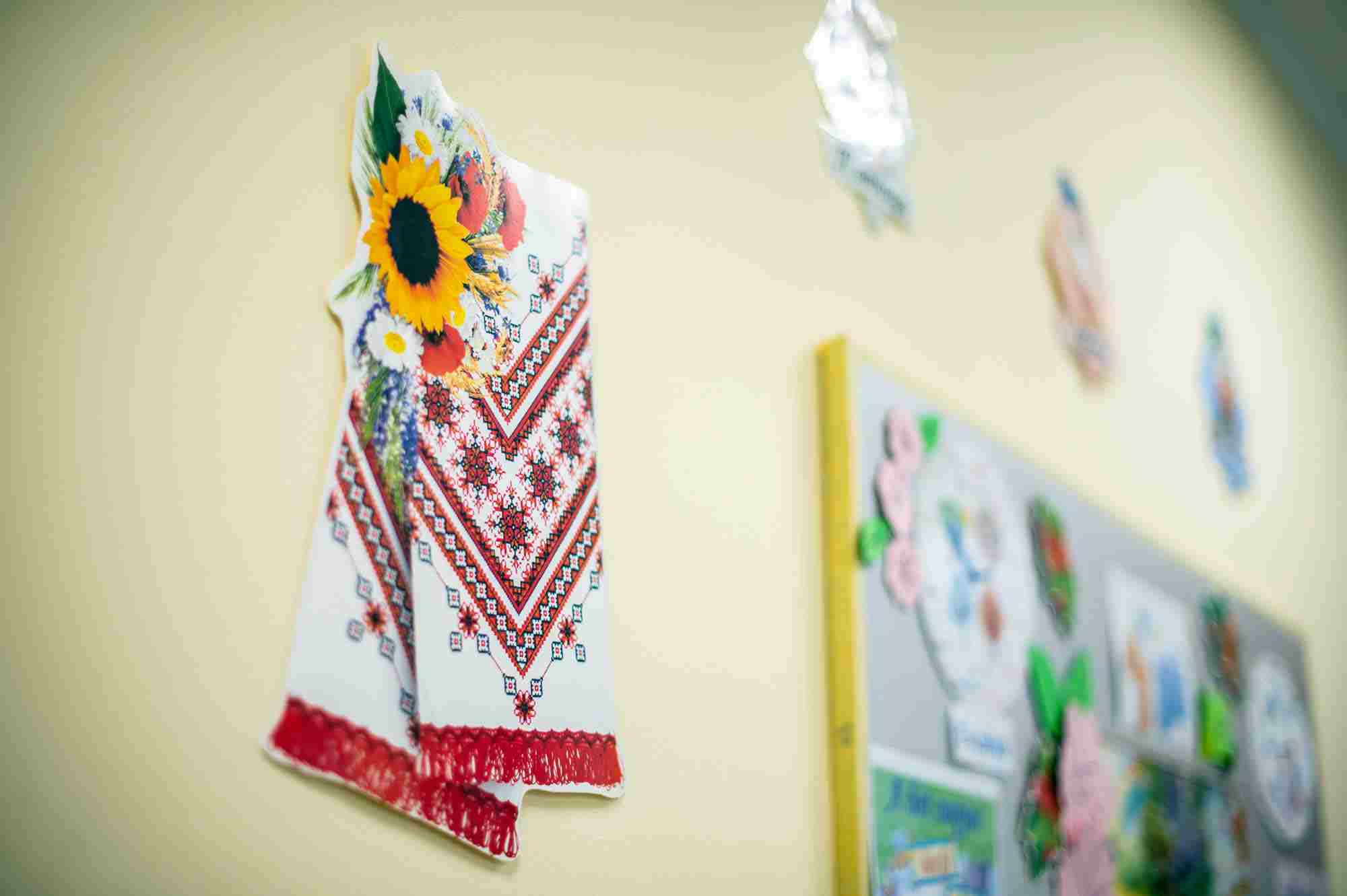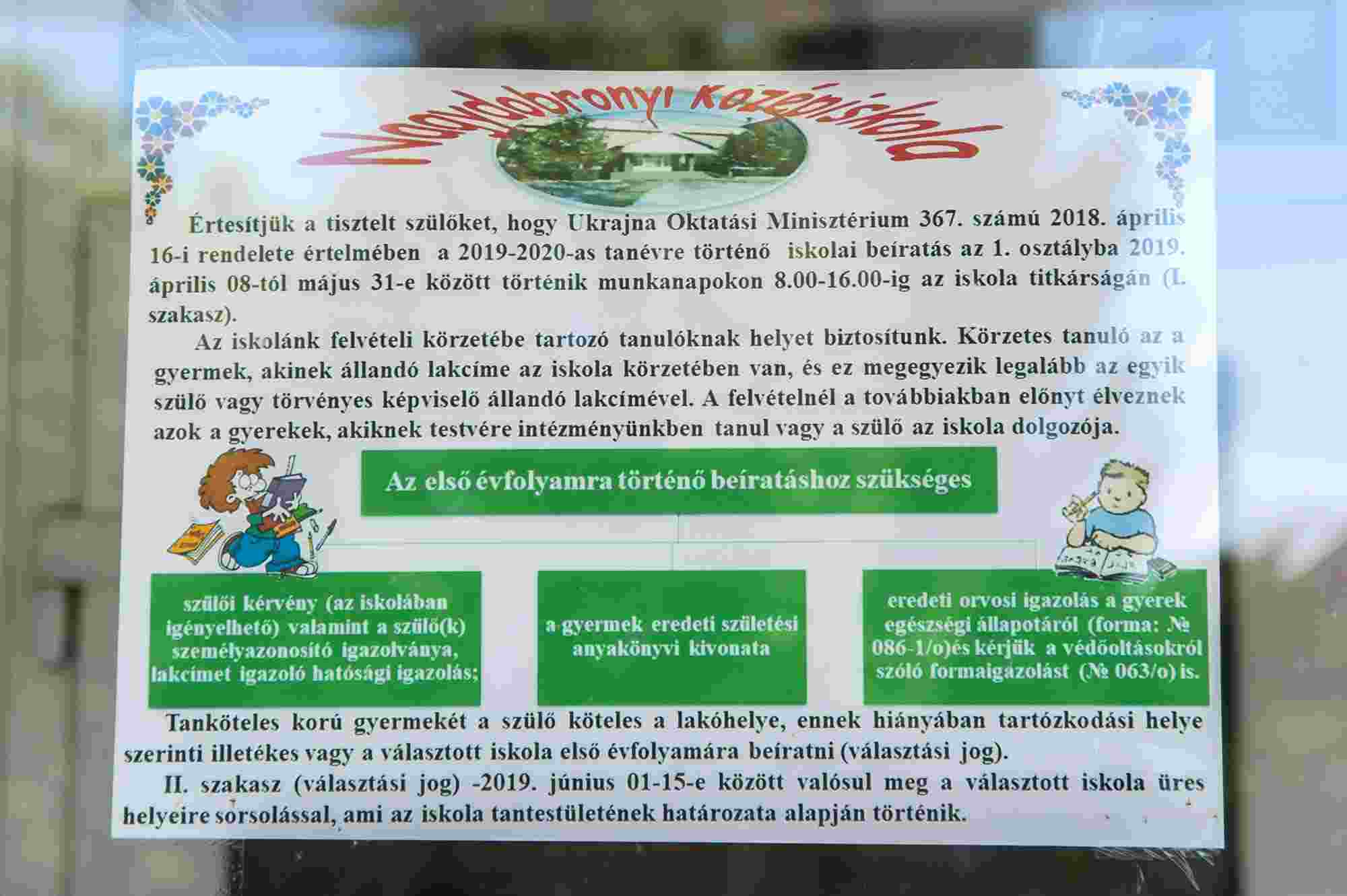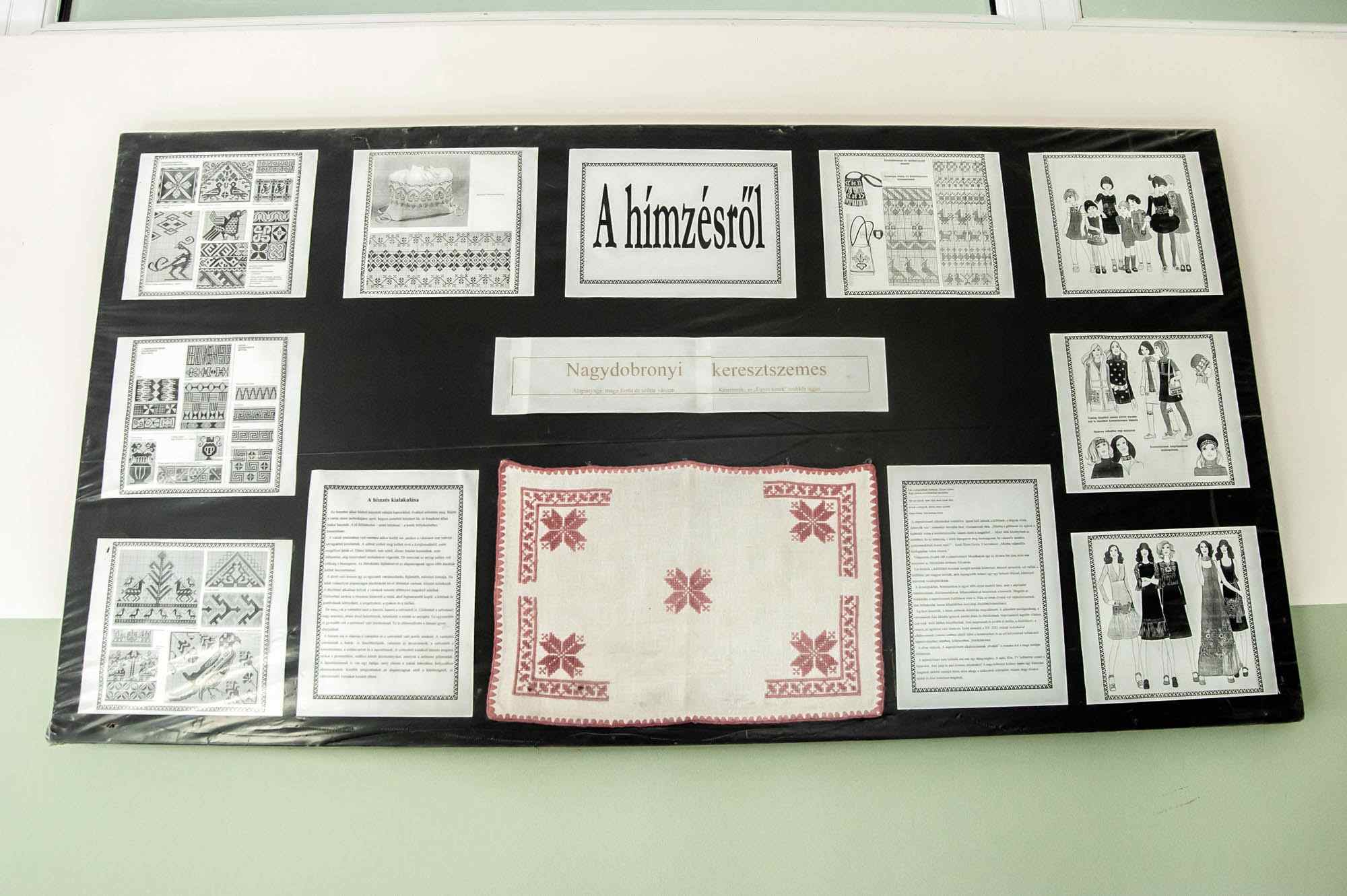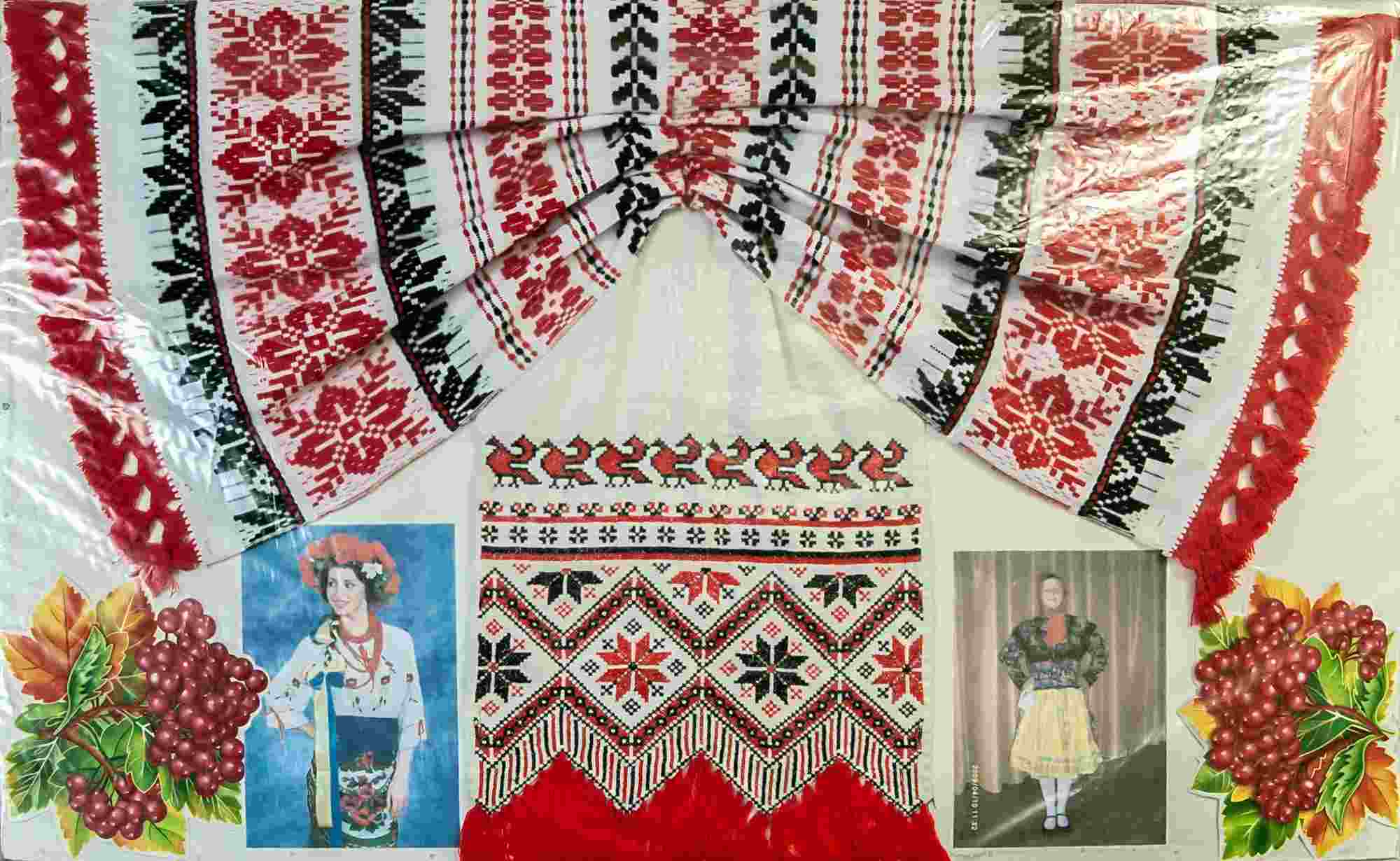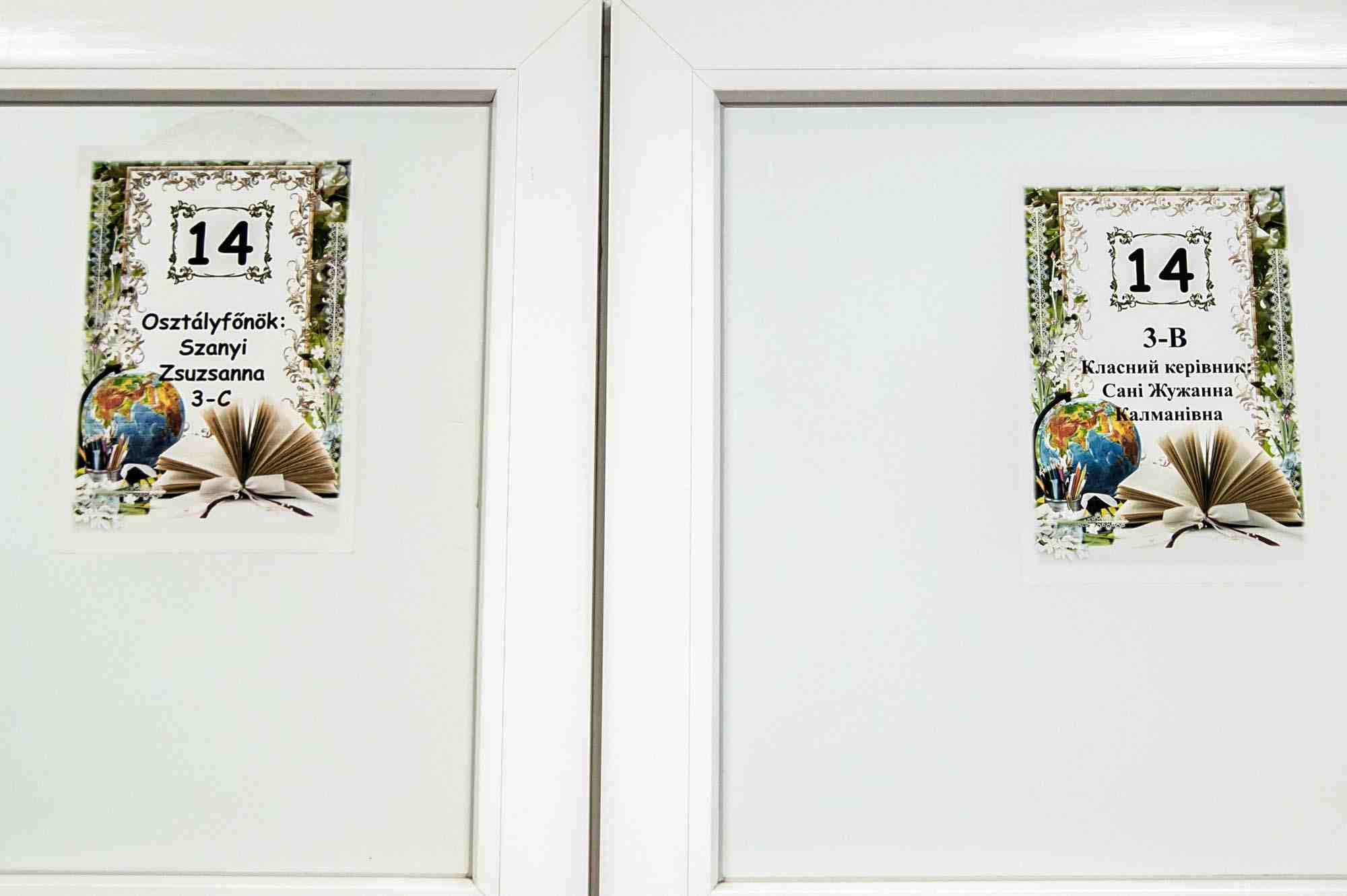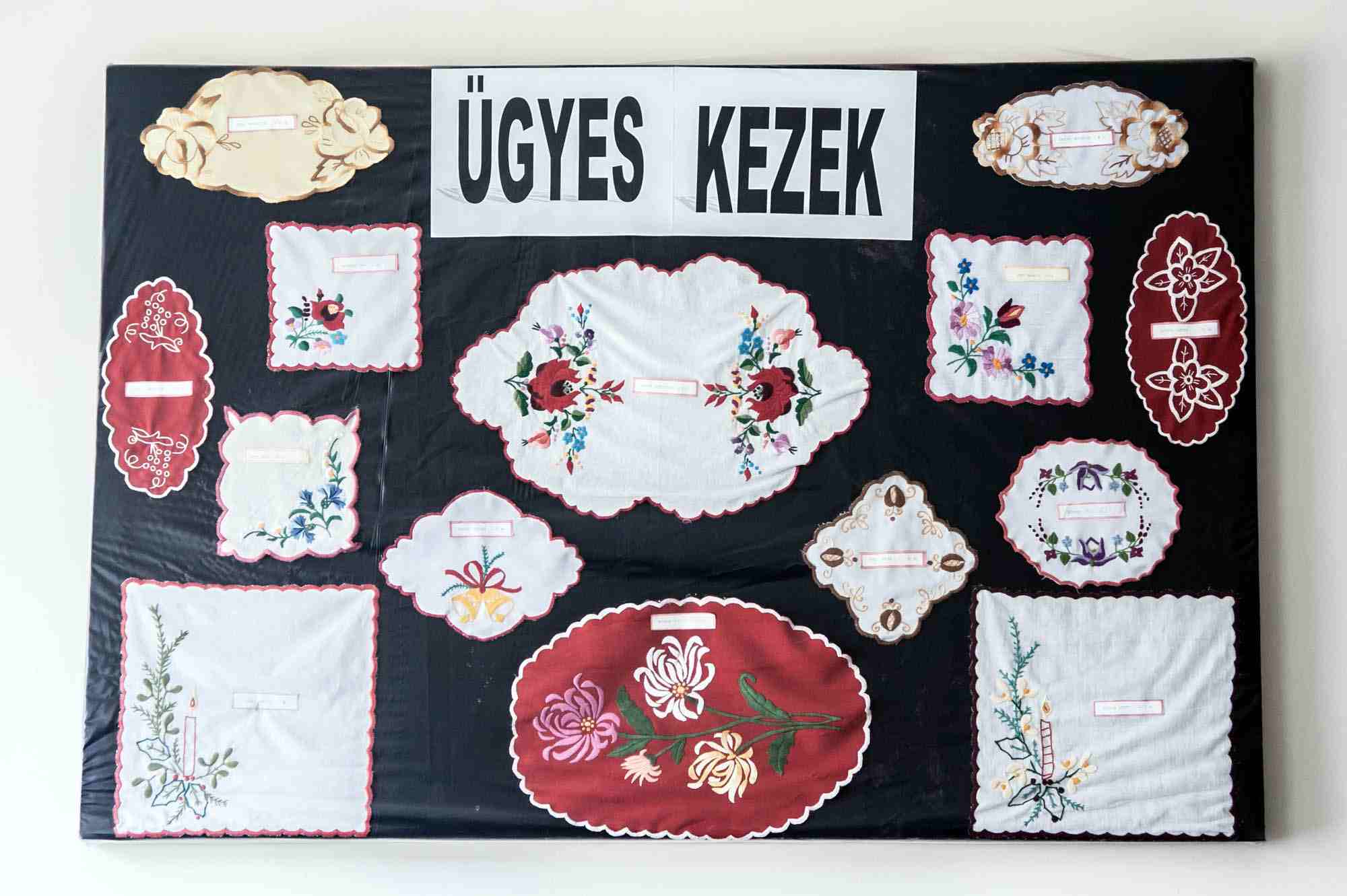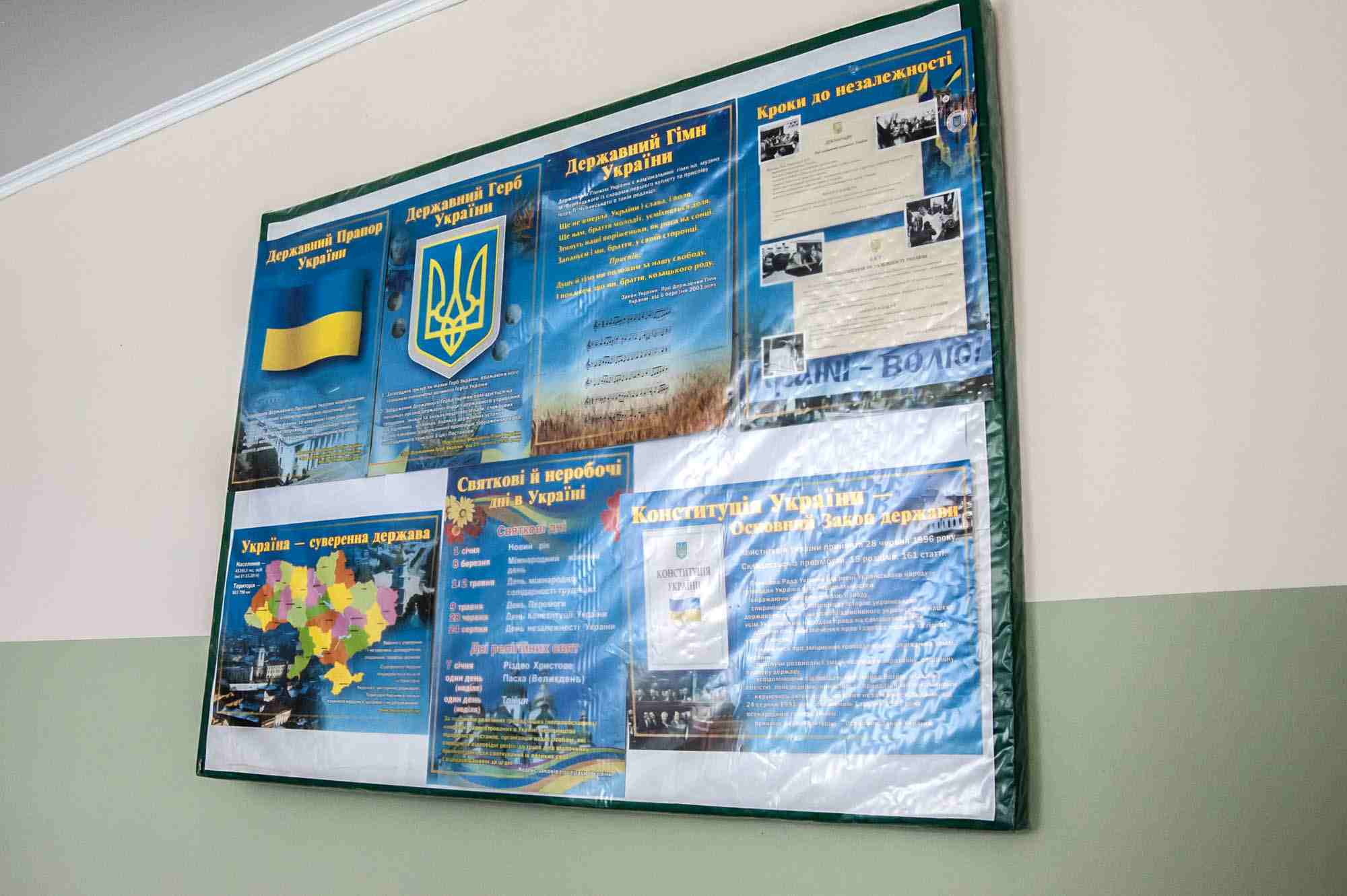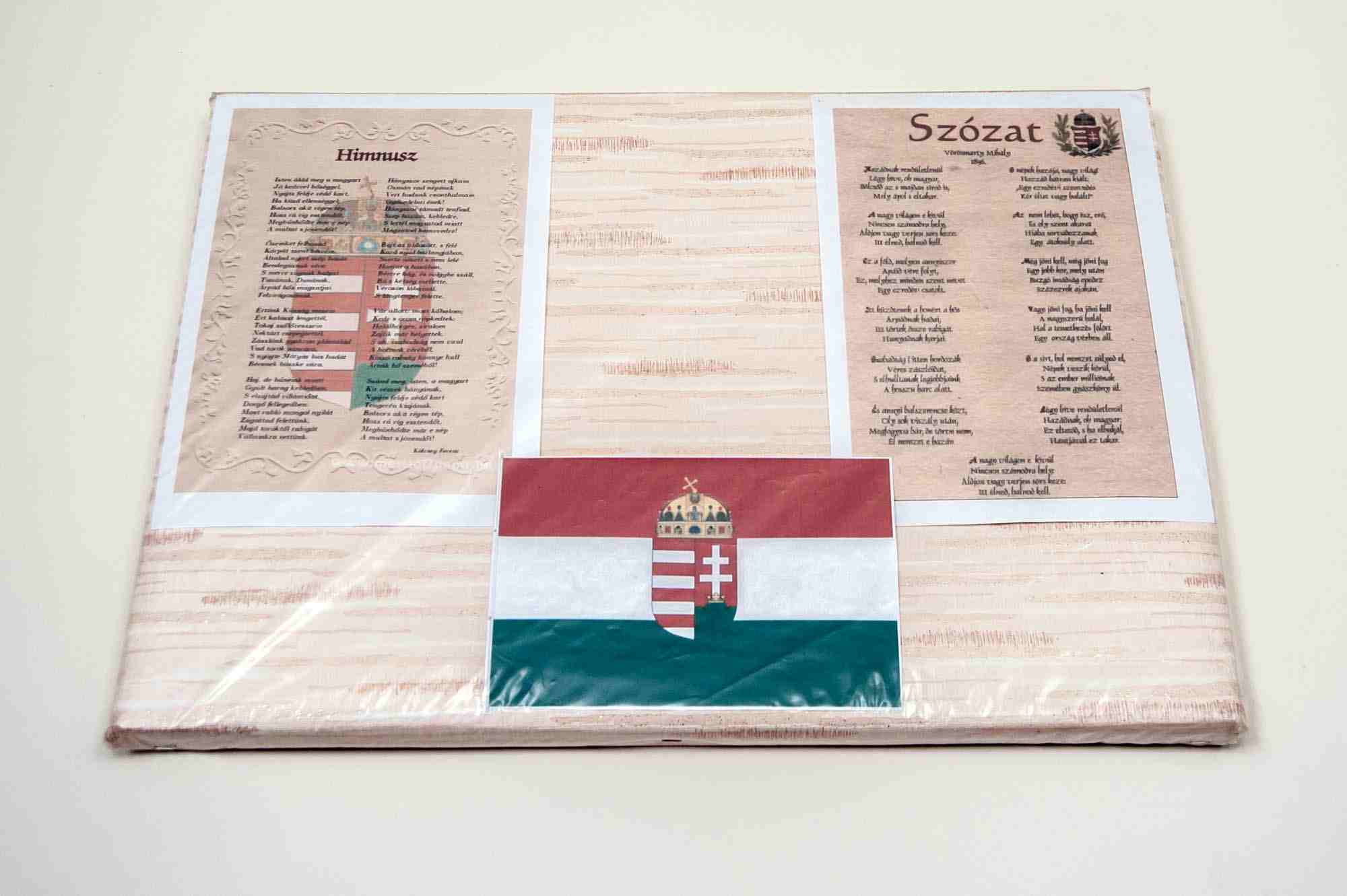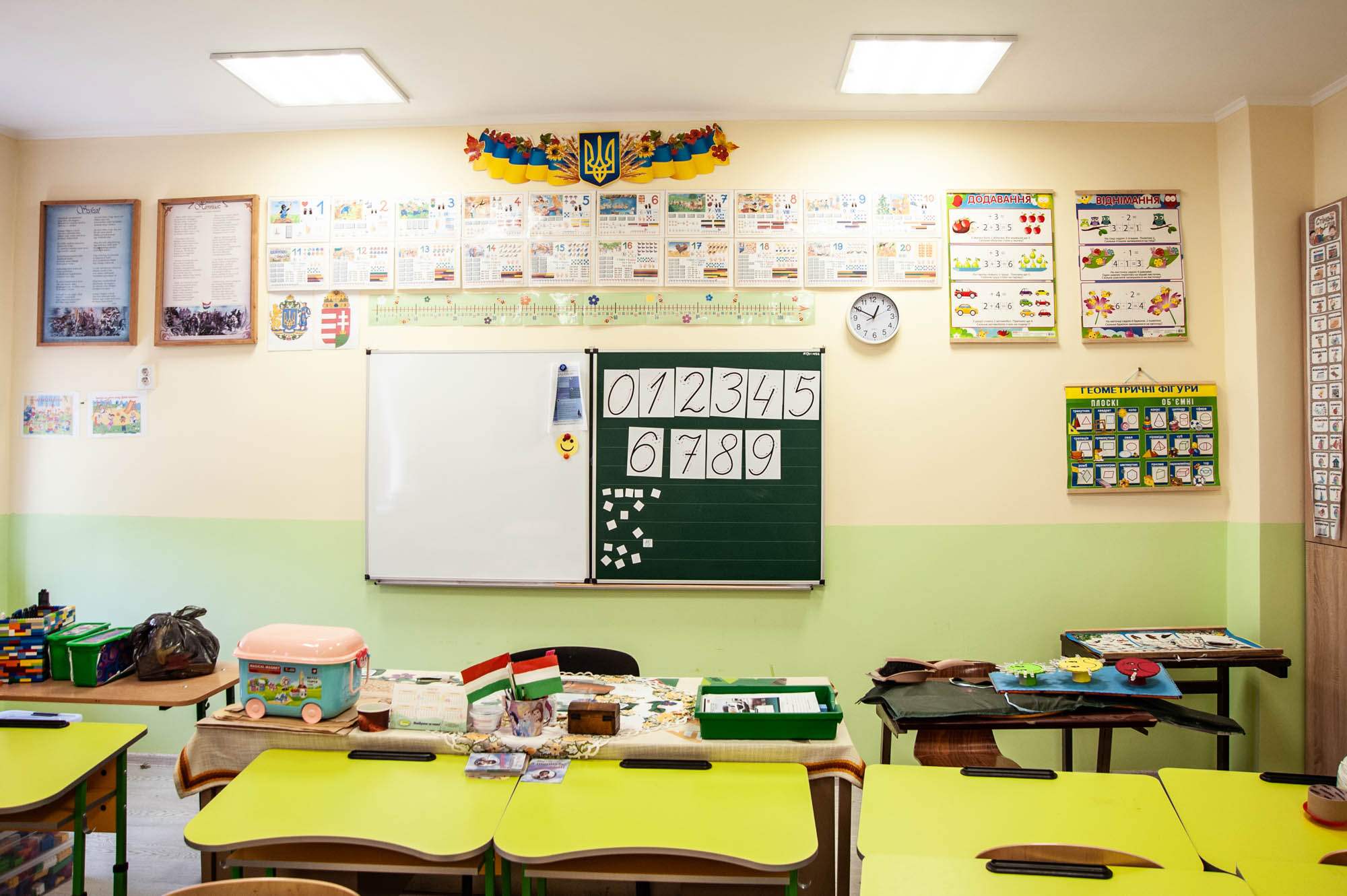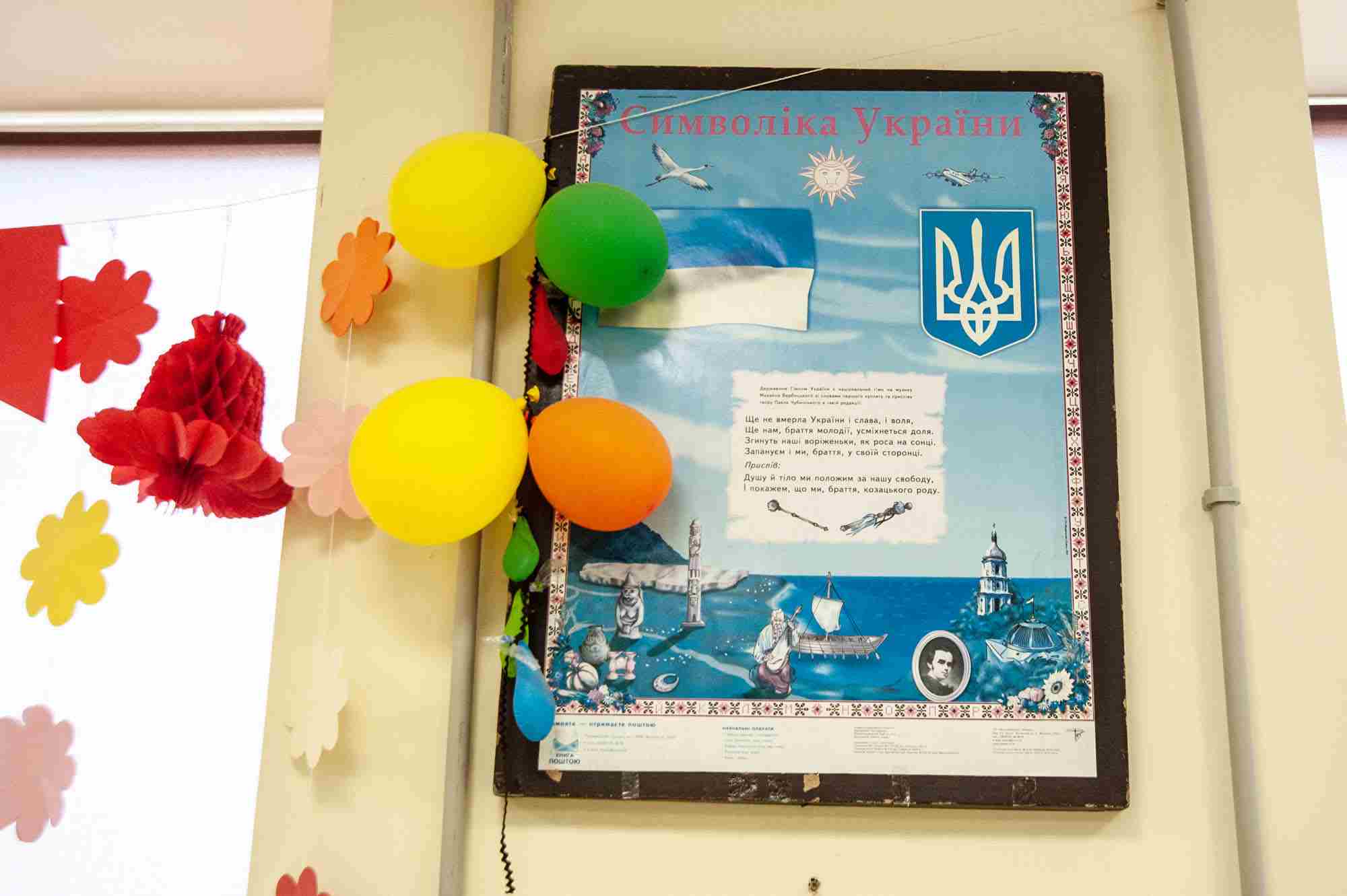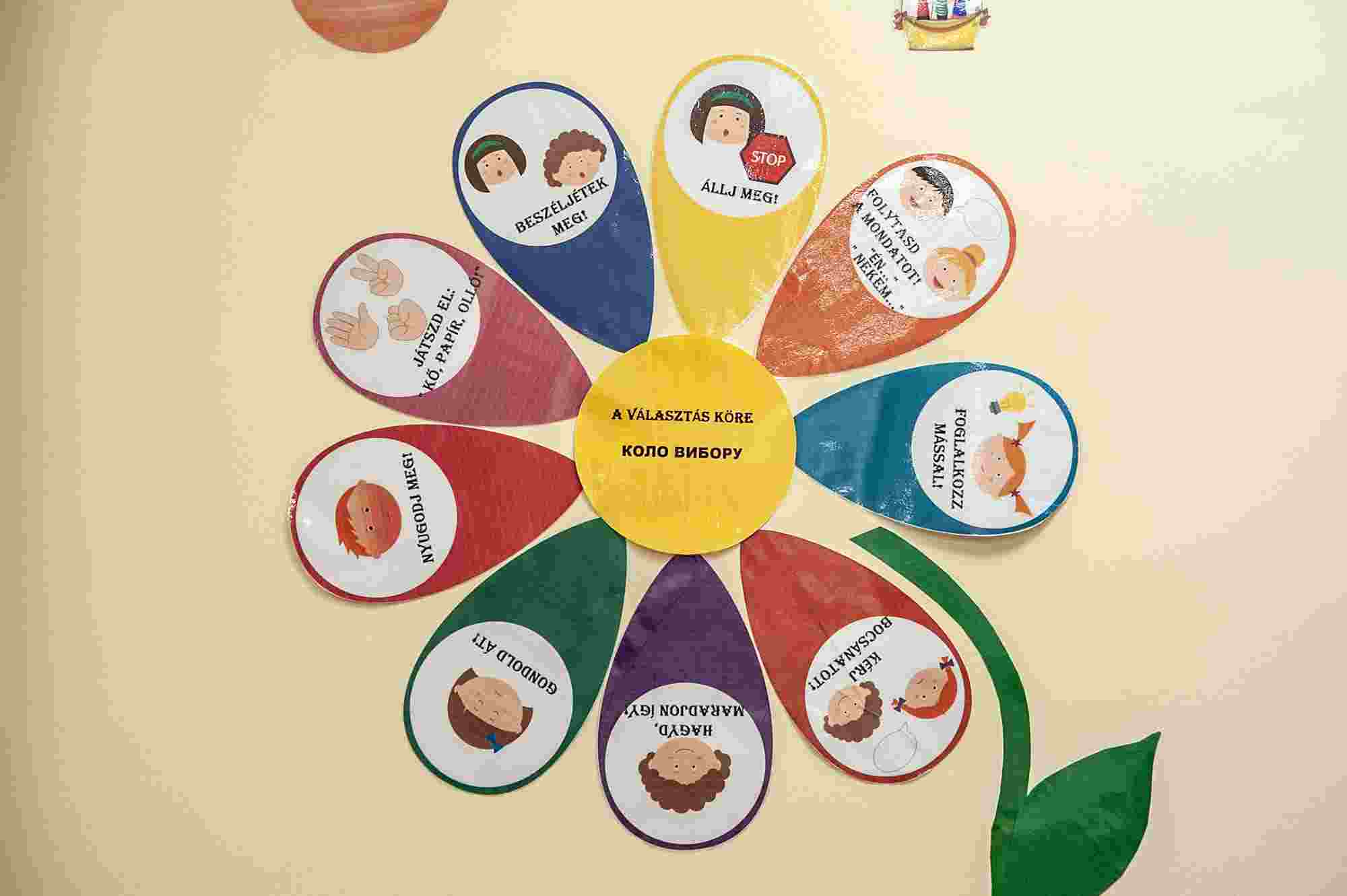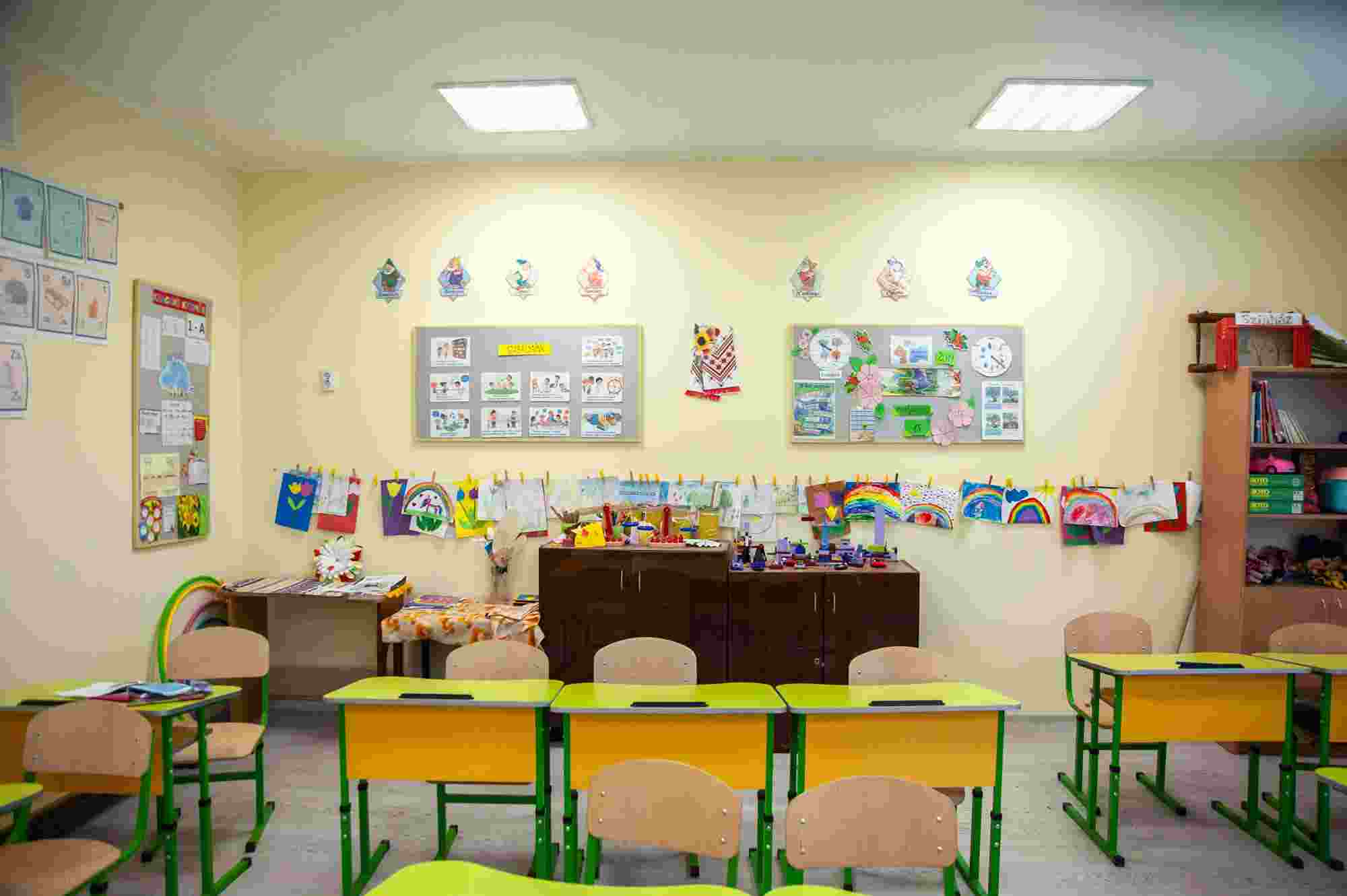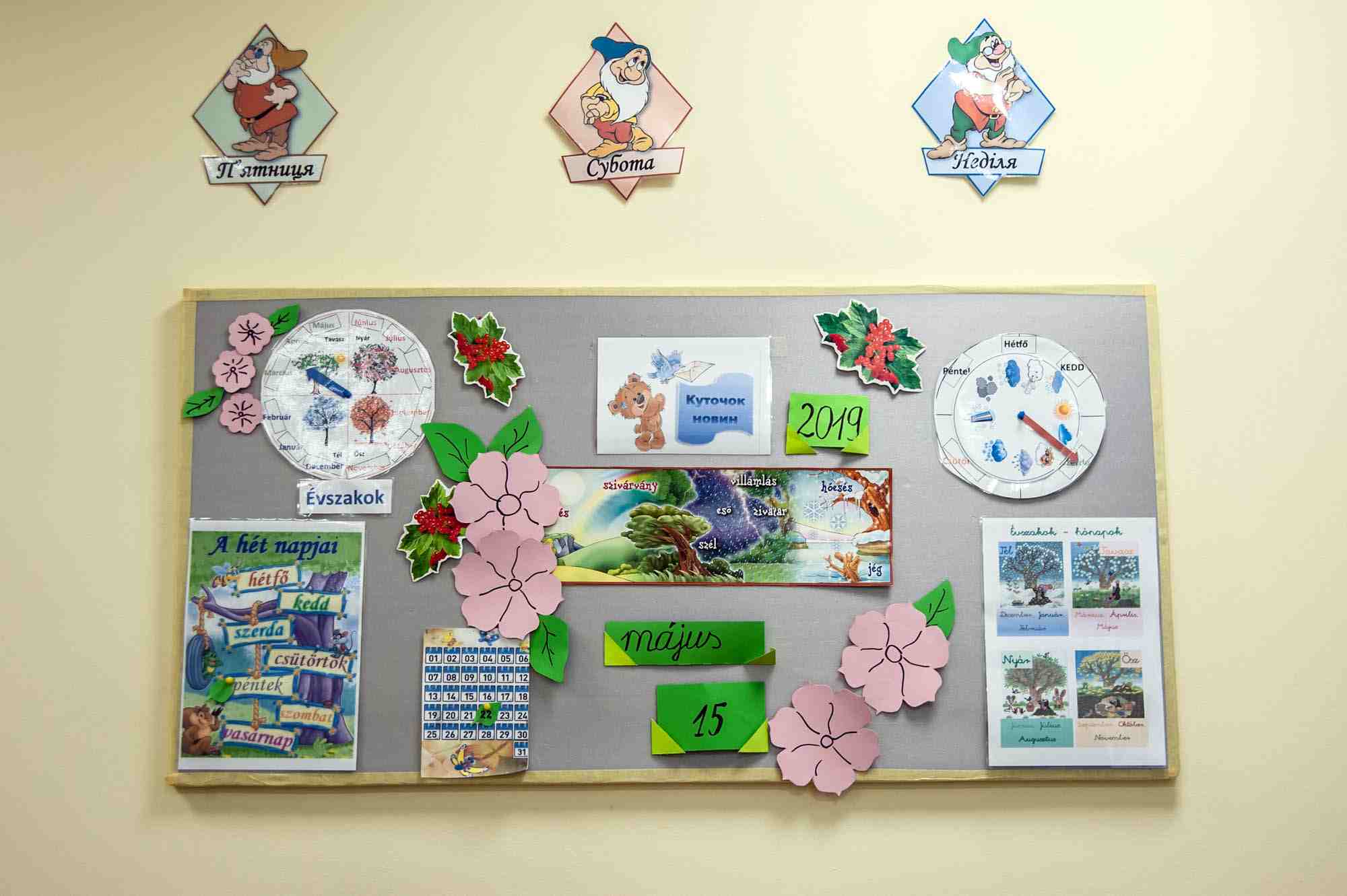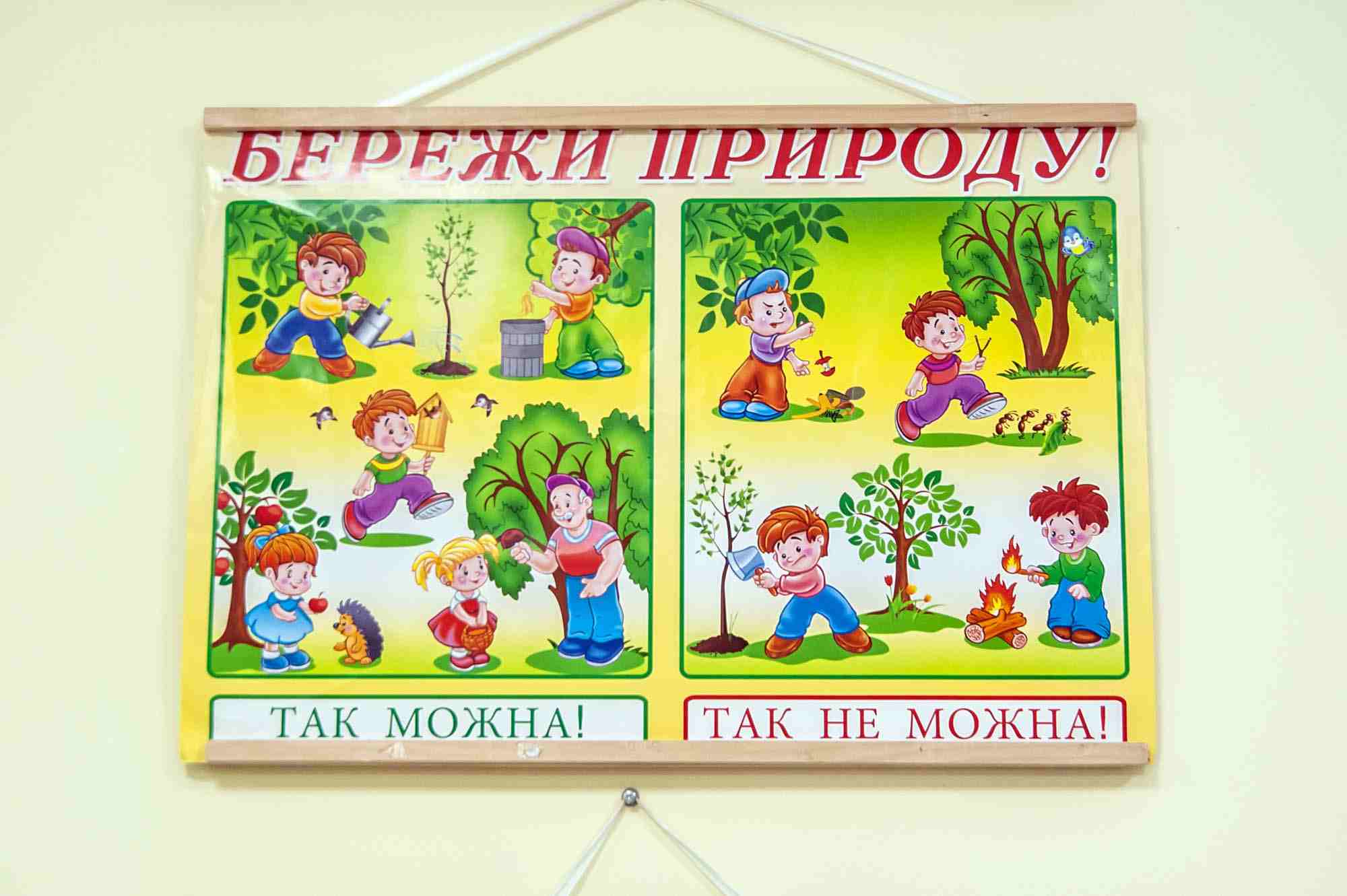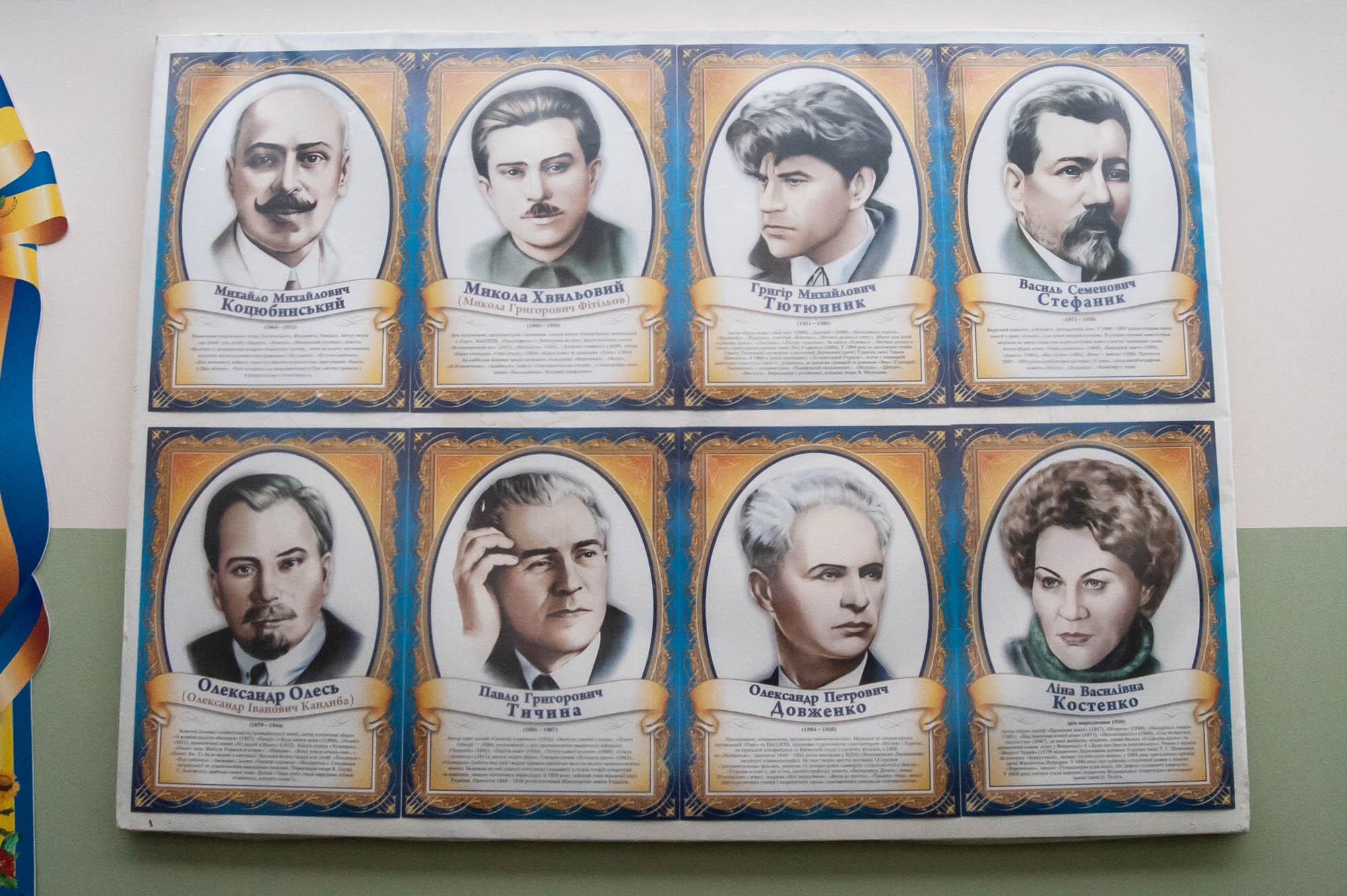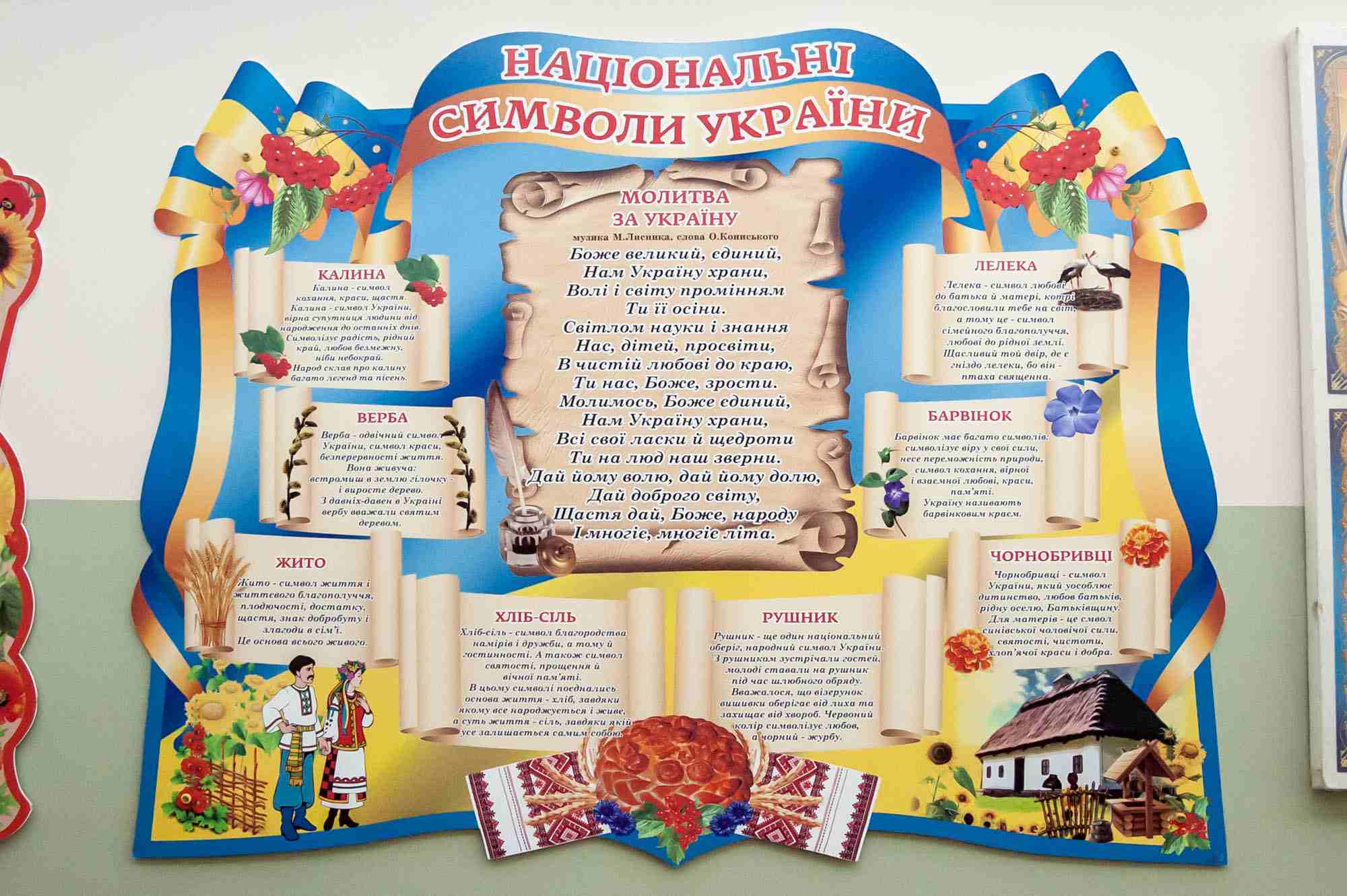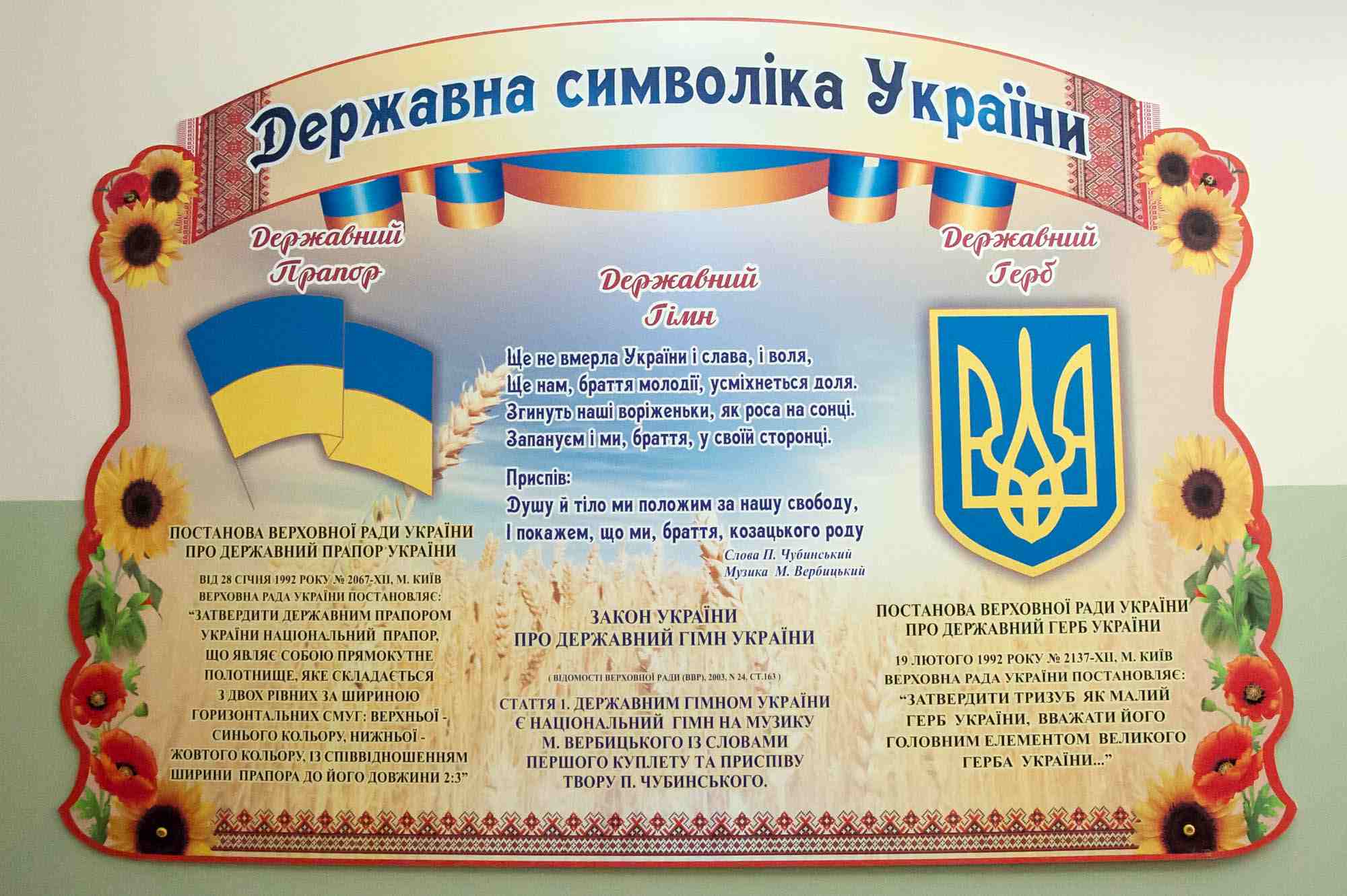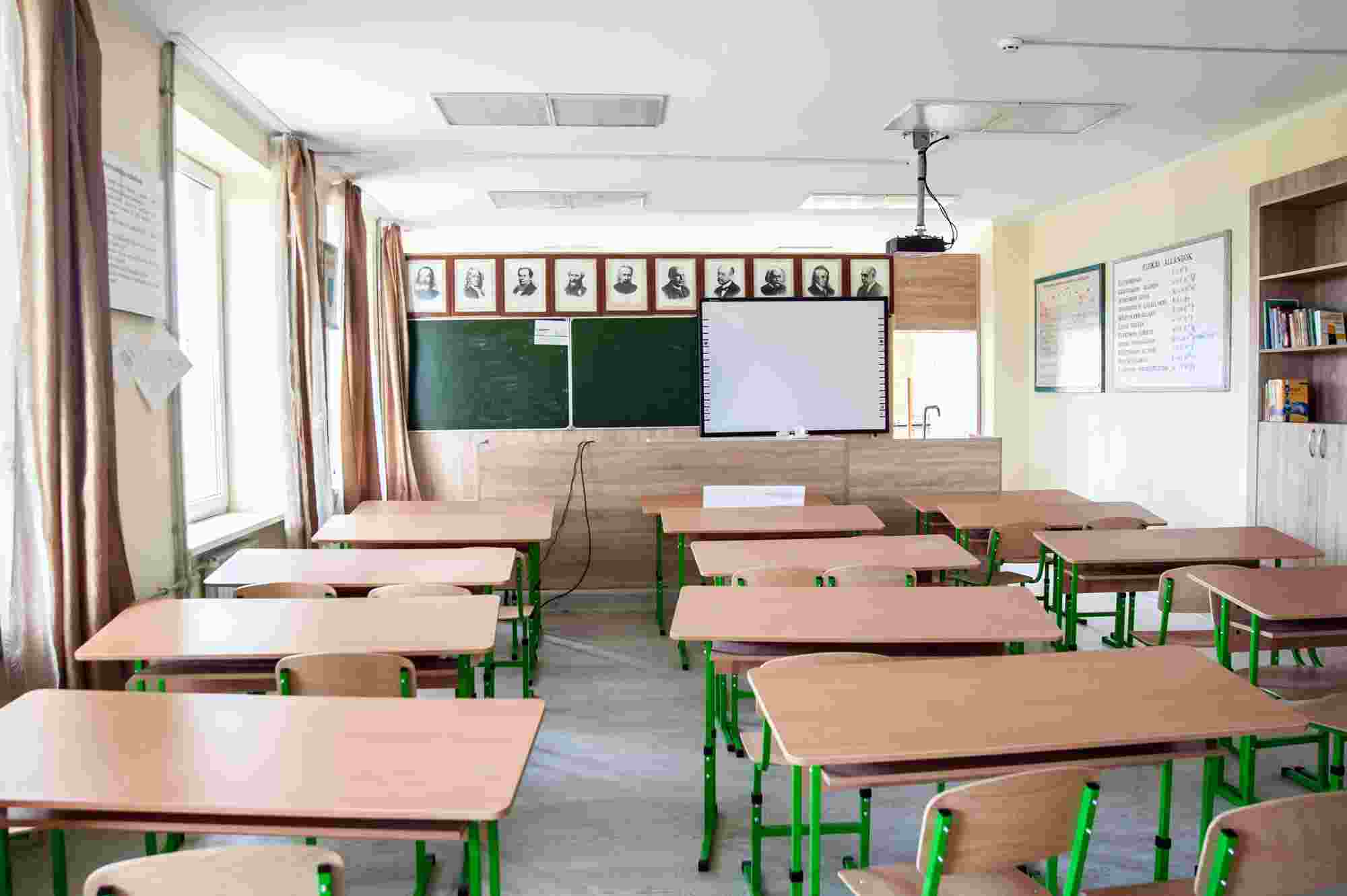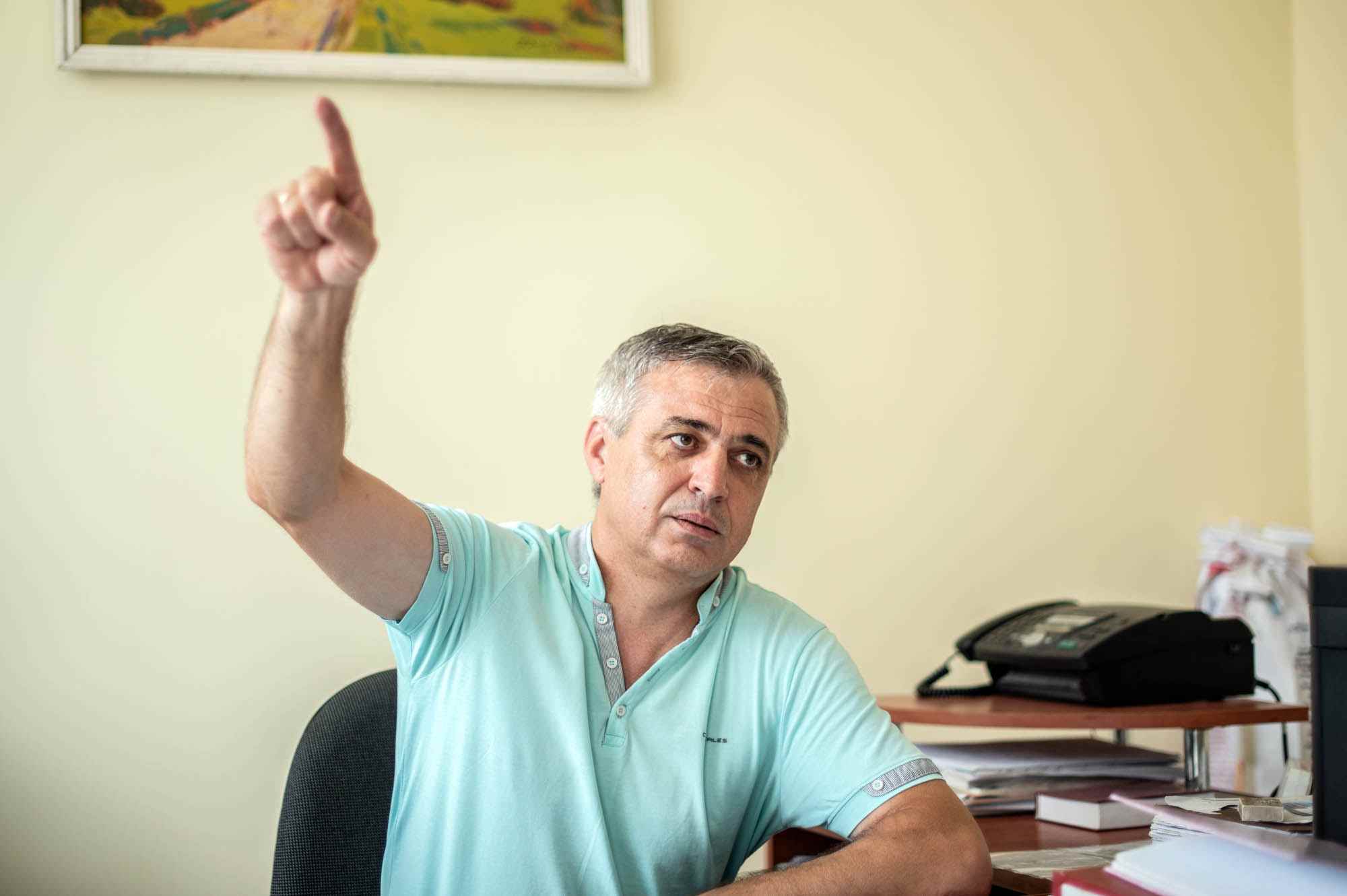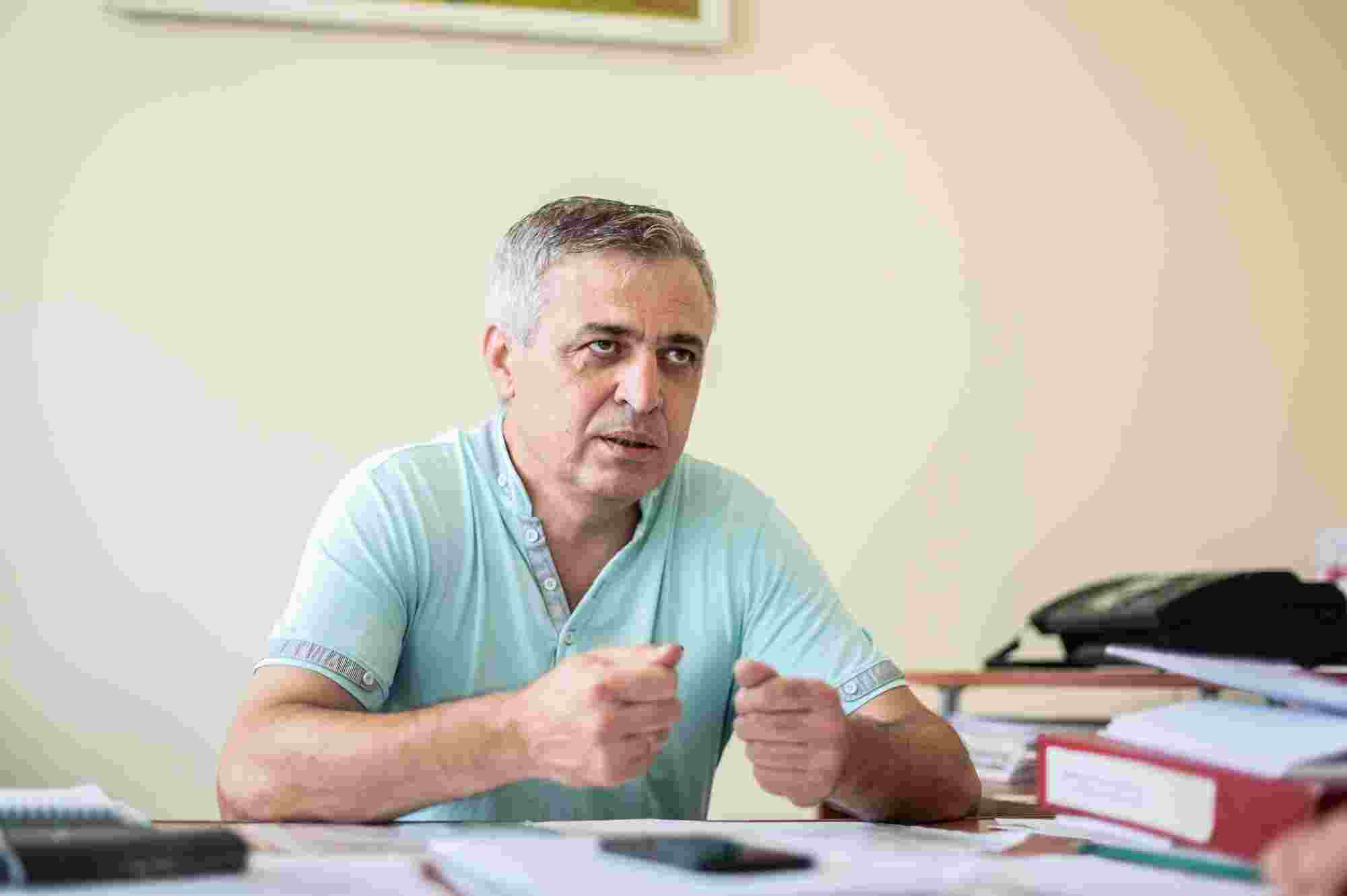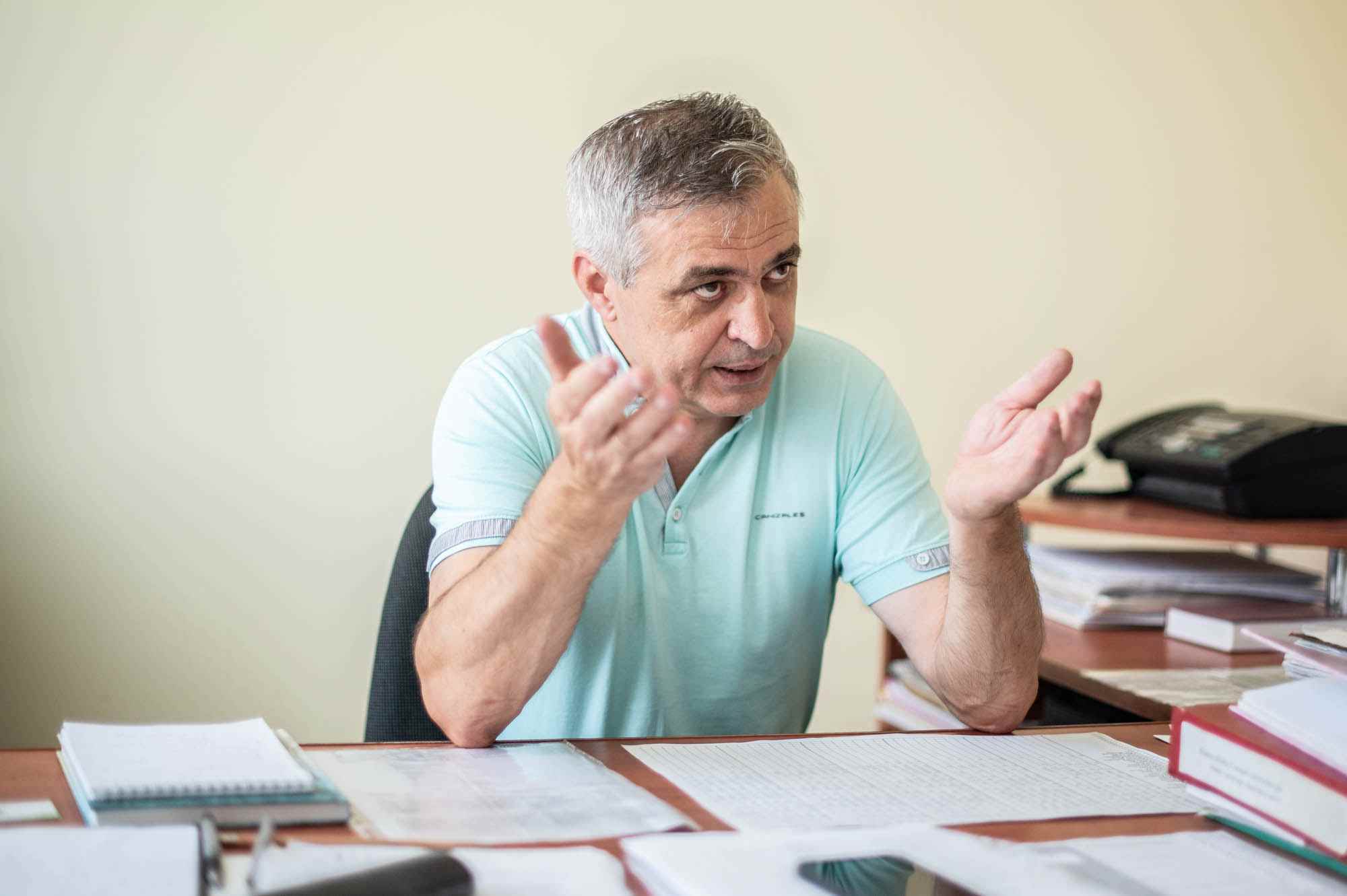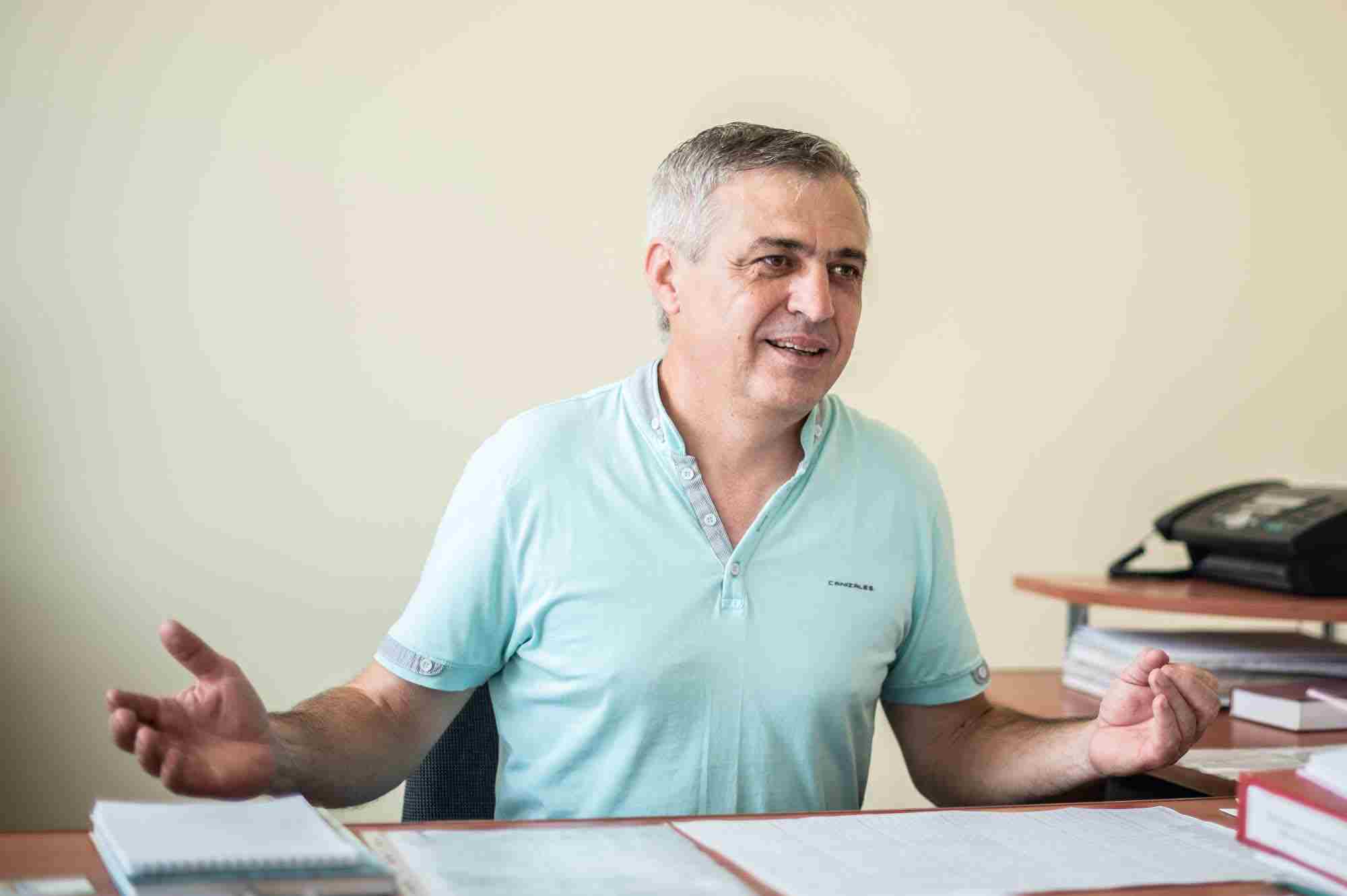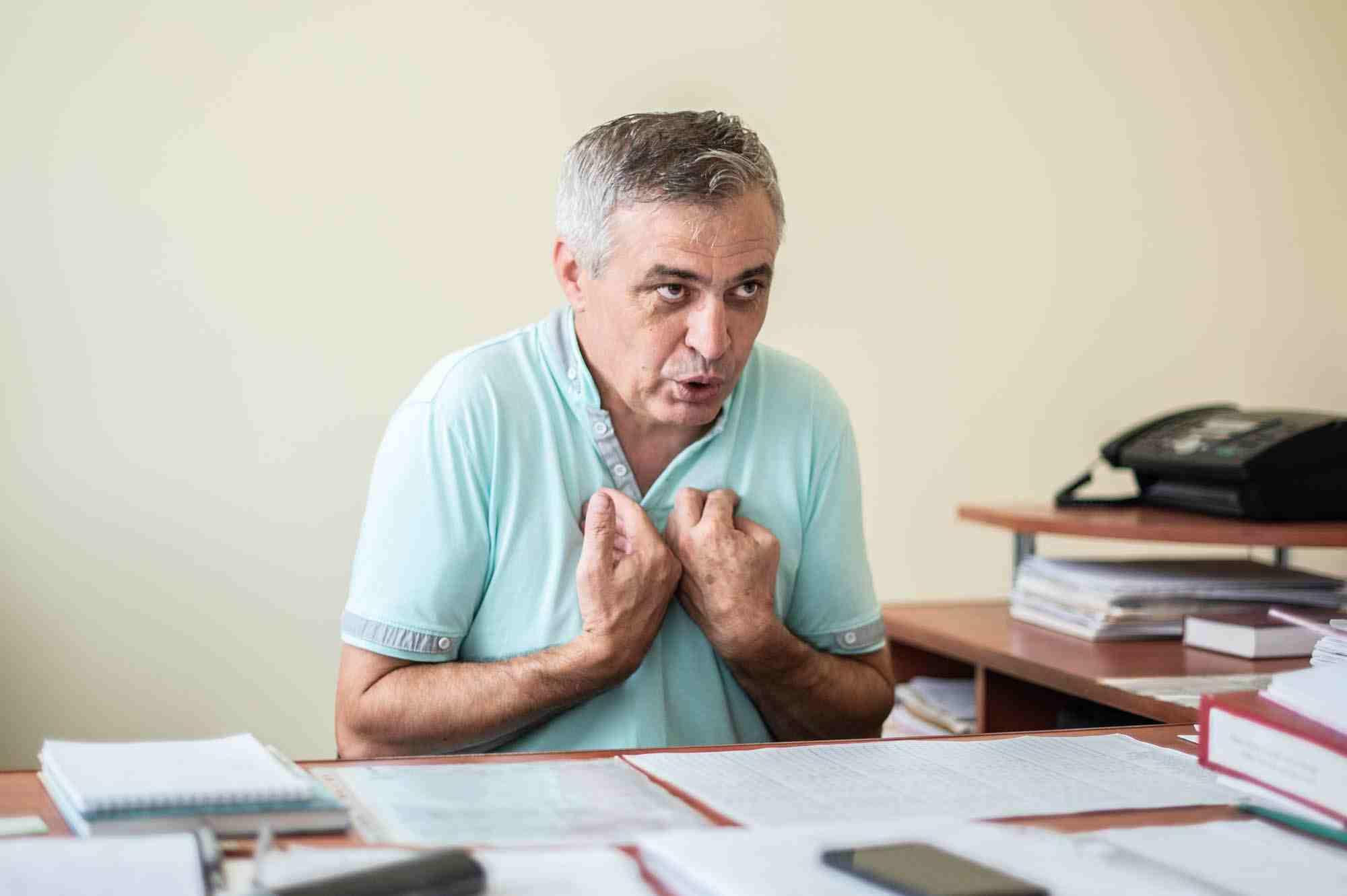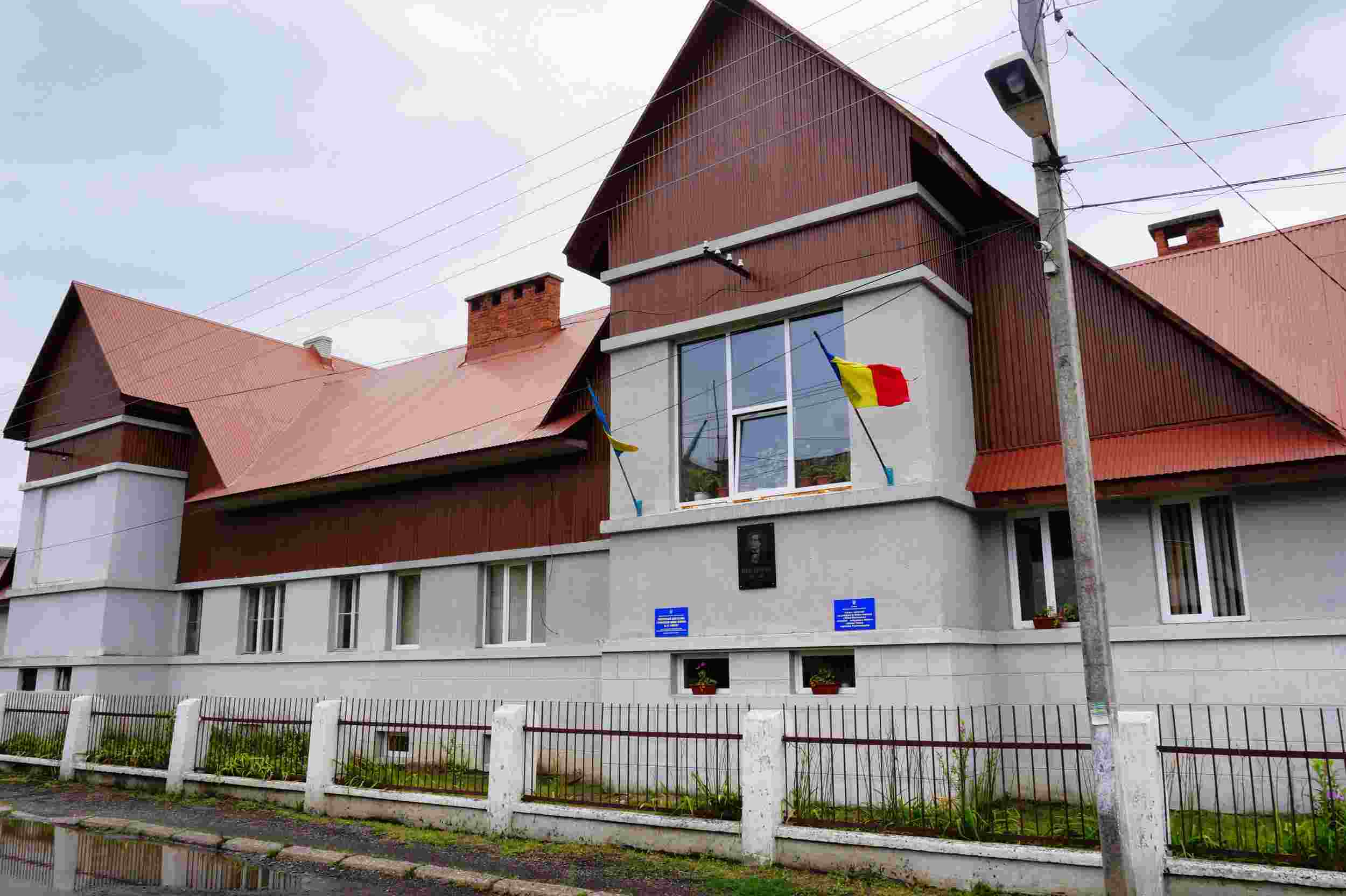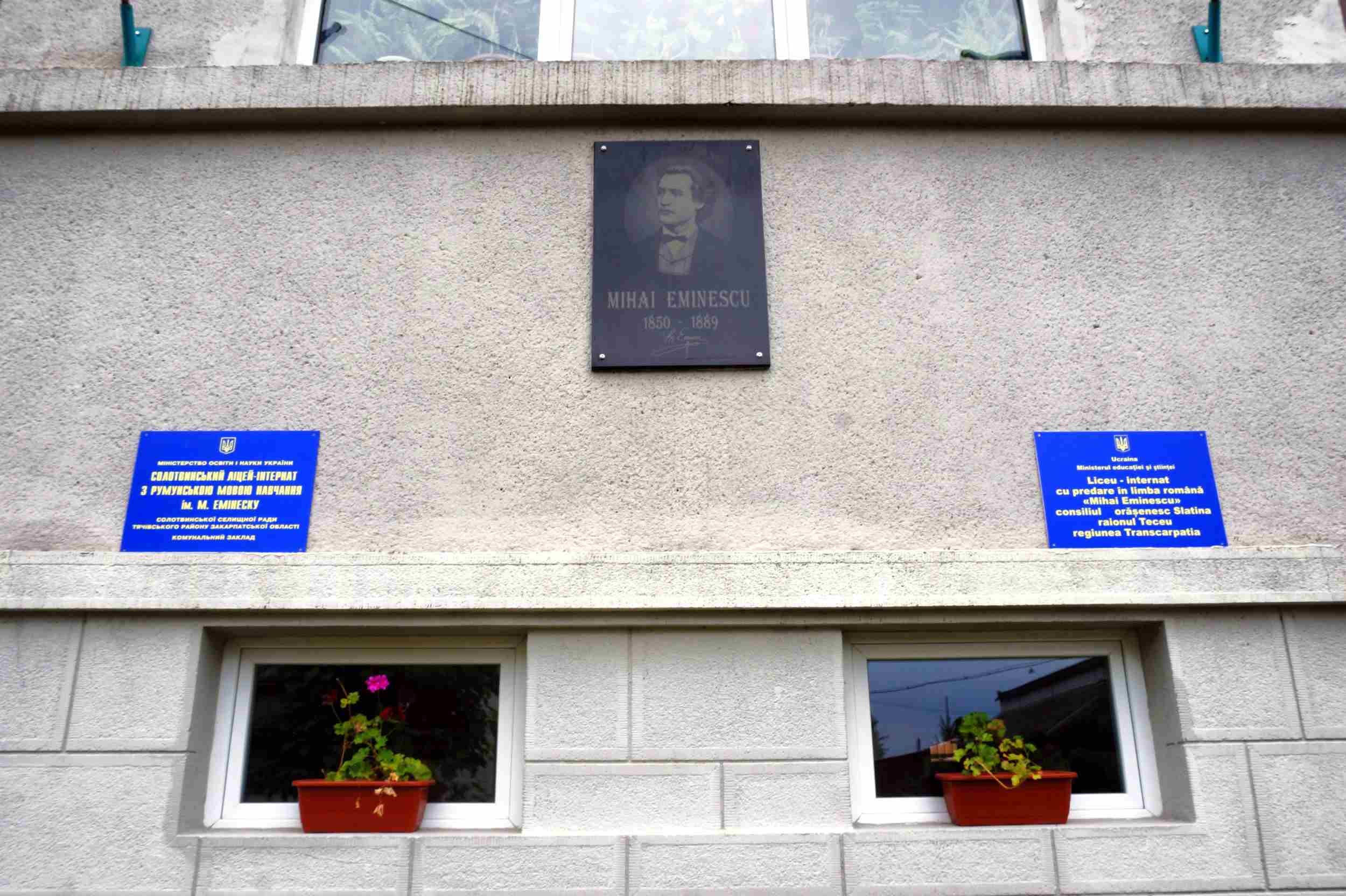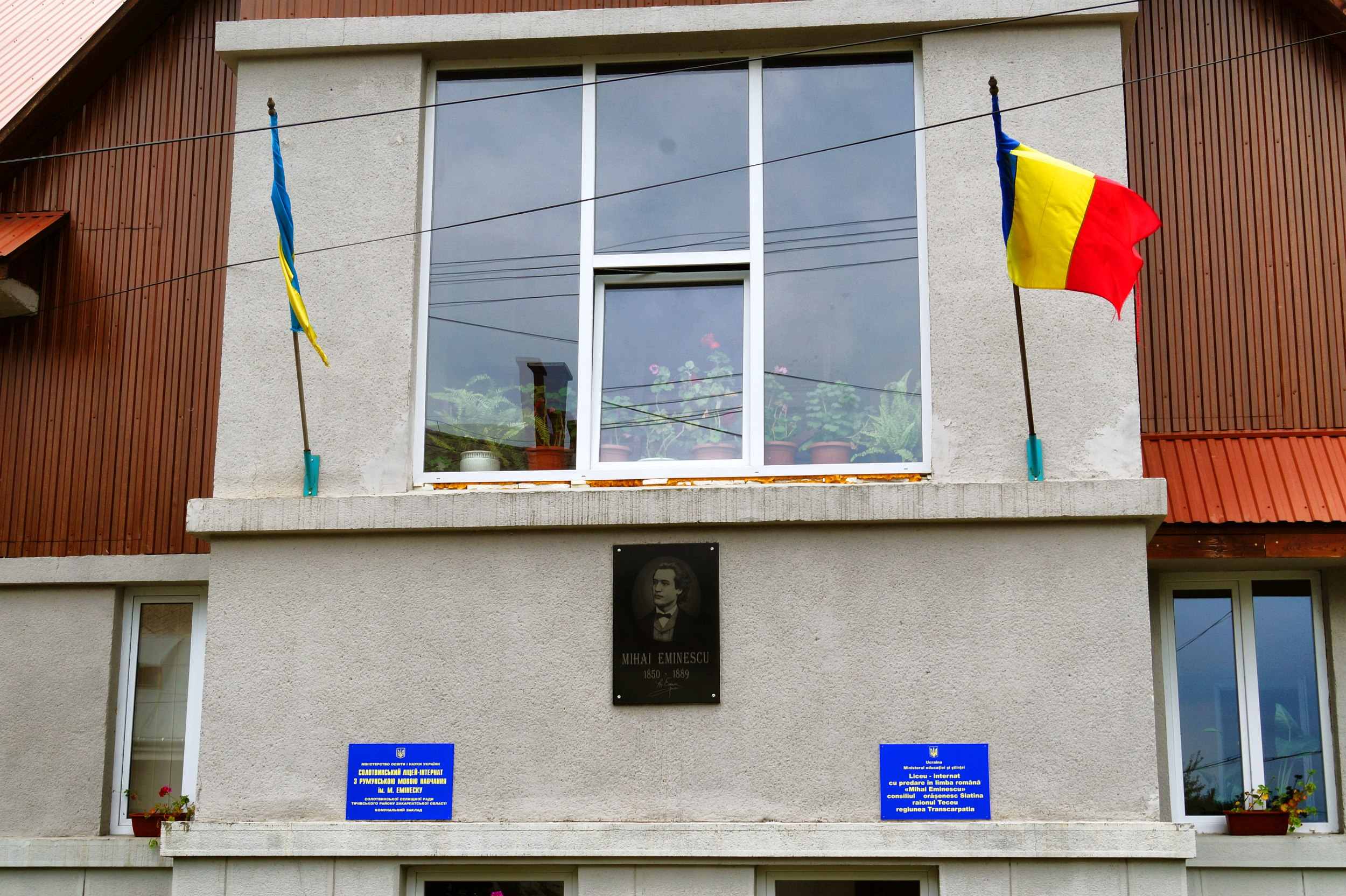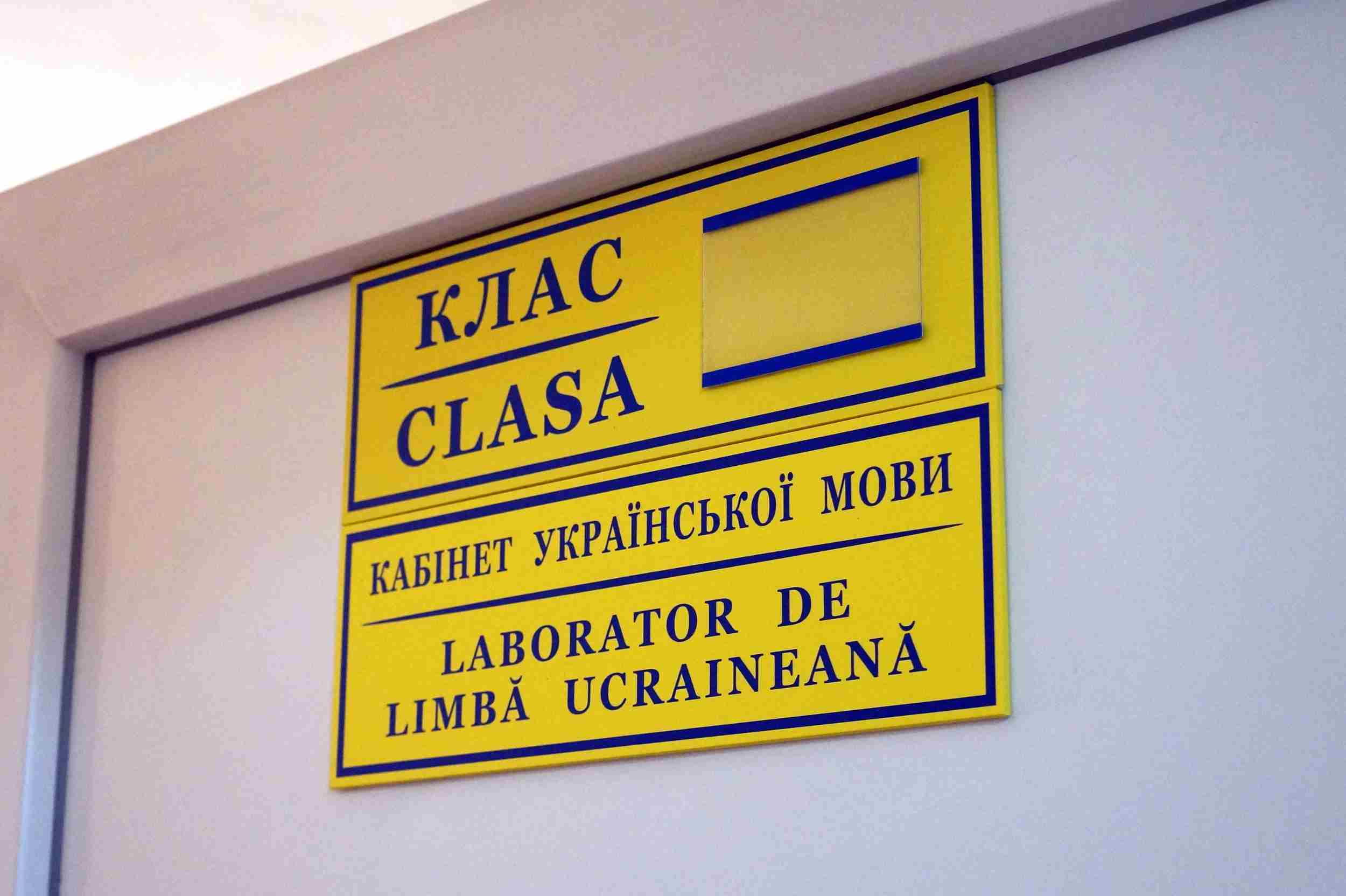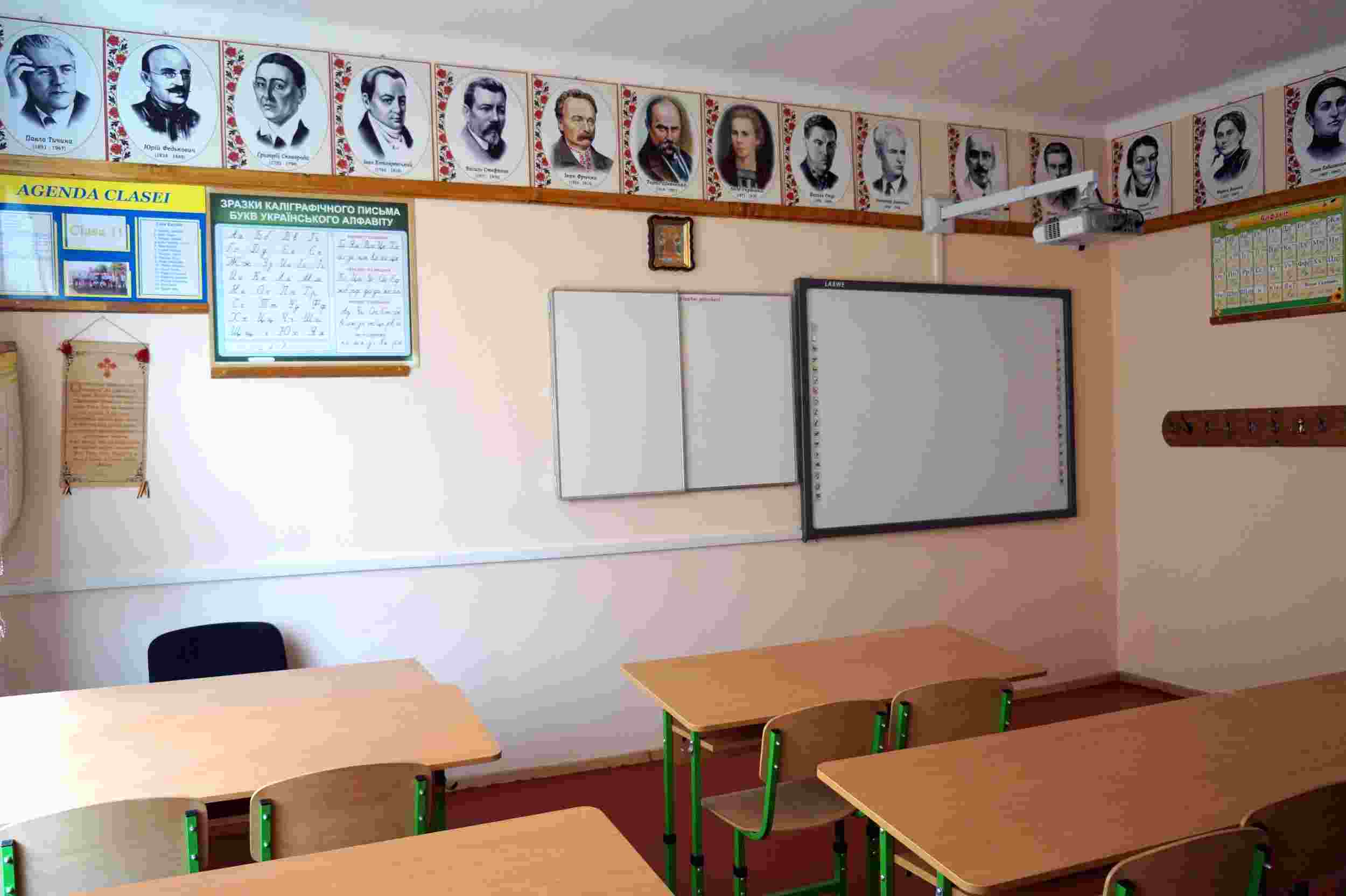In this article we are relating the school life in schools where the language of tuition is that of a national minority
“Jó napot kívánok!” – that’s how Transcarpathian people sometimes greet one another, in the Hungarian manner. You may be wished “Dobru chuť”, that is “Bon appetite” in Slovakian, in a local café here. Now and again, as you hear two Transcarpathian gazdas (landlords, farmers in Transcarpathian dialect) talking, in their speech you will surely notice Romanian, German or Polish words, too. And then again, there are some Transcarpathian families that communicate in Hungarian, Slovakian or Romanian only. One more habit of the multicultural Transcarpathia.
In September, 2017, a new Law on education was passed, and immediately there started quite a lot of discussion around it, especially regarding Clause 7 of it. Besides, on July 16 this year the Law on the state language came into force in Ukraine.
What are the ways the Law “On Education” is being implemented in Transcarpathian schools where a language of a national minority is the tuition language? How did they have their first year of the educational reform? Do they have equal opportunities to fulfill themselves in Ukraine, as compared with others?
We tried to learn all of that in a few regional schools of general education, where the teaching and learning activity is conducted in Hungarian, Slovakian and Romanian languages.
* * *
Mr. Yan Pokhanych is really loved by the pupils of the specialized secondary school I-III degree No4 of with advanced study of Slovakian language.
He conducts classes in primary classes and teaches Slovakian reading. His lessons are game-like, and each time the teacher has something exciting for his schoolchildren.
Yan is a writer and a DLitt and a Dr.Phil. The Ministry of Education of the Slovakian Republic assigns teachers to Uzhhorod for teaching Slovakian every 4 years. Now there are 5 Slovakian tutors in this school.
– I came to Uzhhorod soon after I won the competition announced by the Ministry of the Slovak Republic. I’m doing scientific and pedagogic activity, writing books. I really love my pupils, since I have four of my own kids. All of my life is connected with children.
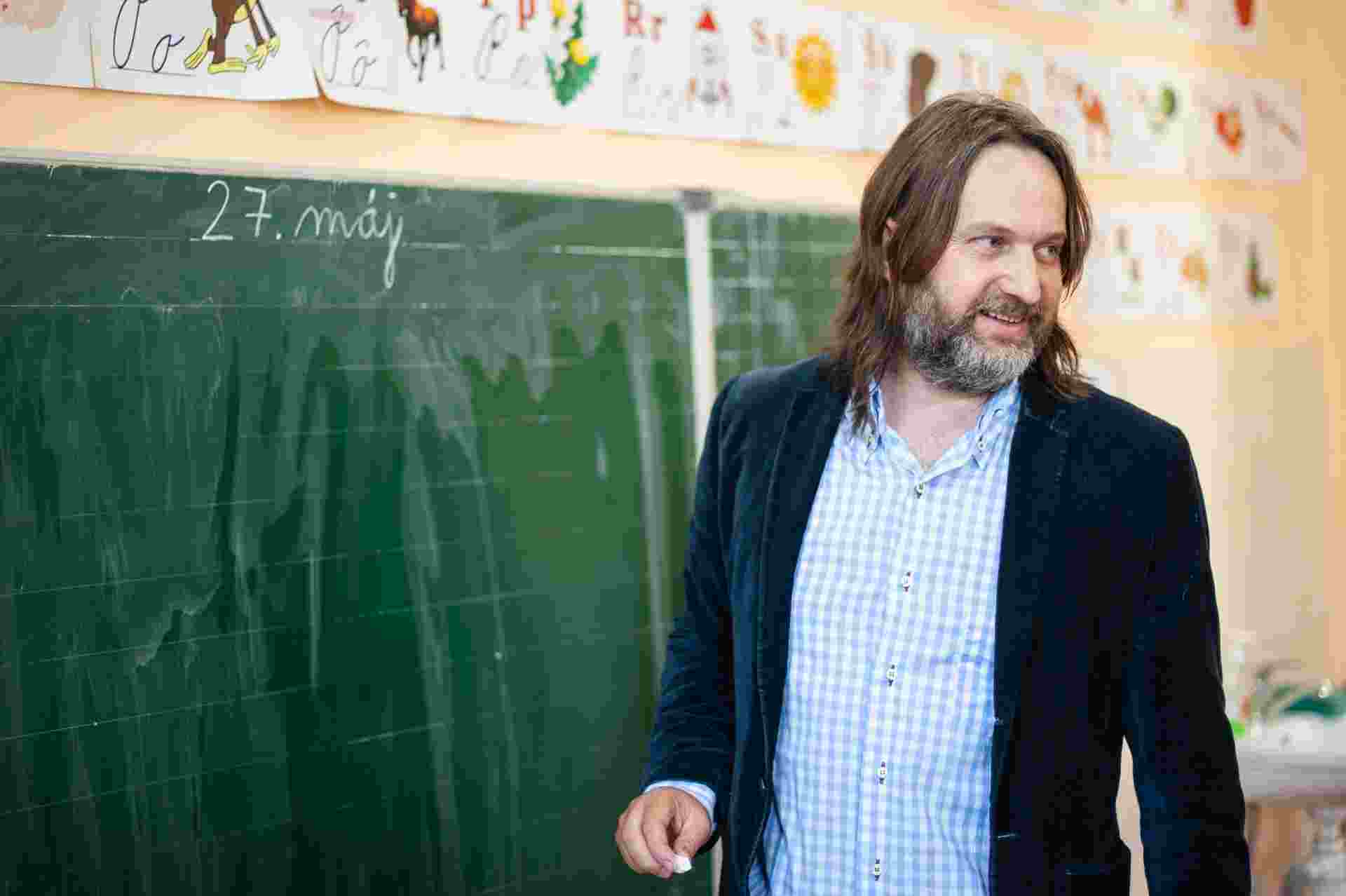
The Slovakian pedagogue graduated from the University of Trnava, had a course in creative dramatics, has a degree of Ph.D. He worked in the University of Presov and, at the same time, was doing a research on Slovakian national minorities abroad. His family roots are in Transcarpathia: one of his grandfathers lived in the village of Negrovets, and the other one lived in the village of Roztoka, both villages are now in the Mizhhirya district.
In Uzhhorod, Yan is writing schoolbooks, fairy-tales and shooting films. He involves kids into his activities. That’s how his pupils came to be illustrators of the book “School Four Legends”. The edition even earned a spot in the Ukraine’s Book of Records. It was worked at by the greatest number of children ever (39 pupils of junior school), as well as by well-known Transcarpathian artists.
A human must always remain a human. And you must have a humanly attitude to children. I try to form these values in them from the youngest age. Good grades are not so important. You must teach the pupil to be able to find the information and to understand clearly where he can use it.
The new education system in Ukraine promotes the same principles. The standards also envisage integration of subjects and a gaming approach to tutoring. Mr. Yan provides pupils with an opportunity to speak up their mind, listen to others, communicate and think critically. At that, he communicates with kids in Slovak only.
But lessons are conducted in a national language in the primary school only. Starting from Class 5, School No4 in Uzhhorod has bilingual tuition, in Ukrainian and Slovak, as a part of all-Ukraine experiment. Thus the provisions of the Clause 7 implementation roadmap are followed, the latter being a part of the new Law of Ukraine “On Education”. The Clause aims at both providing proper mastering the state language by all education students and also guarantees the right to education in a mother tongue and learning it.
And then again, pupils of Uzhhorod Slovak School have no problem in proficiency at the state language. Almost all pupils live in the city and talk in Ukrainian at home. Parents are more willing to register their kids when someone in the family has ethnic Slovak roots and wants the kid to study the traditions and the language respectively. Or else, they are going to forward their children to study to Slovak higher educational establishments after finishing school.
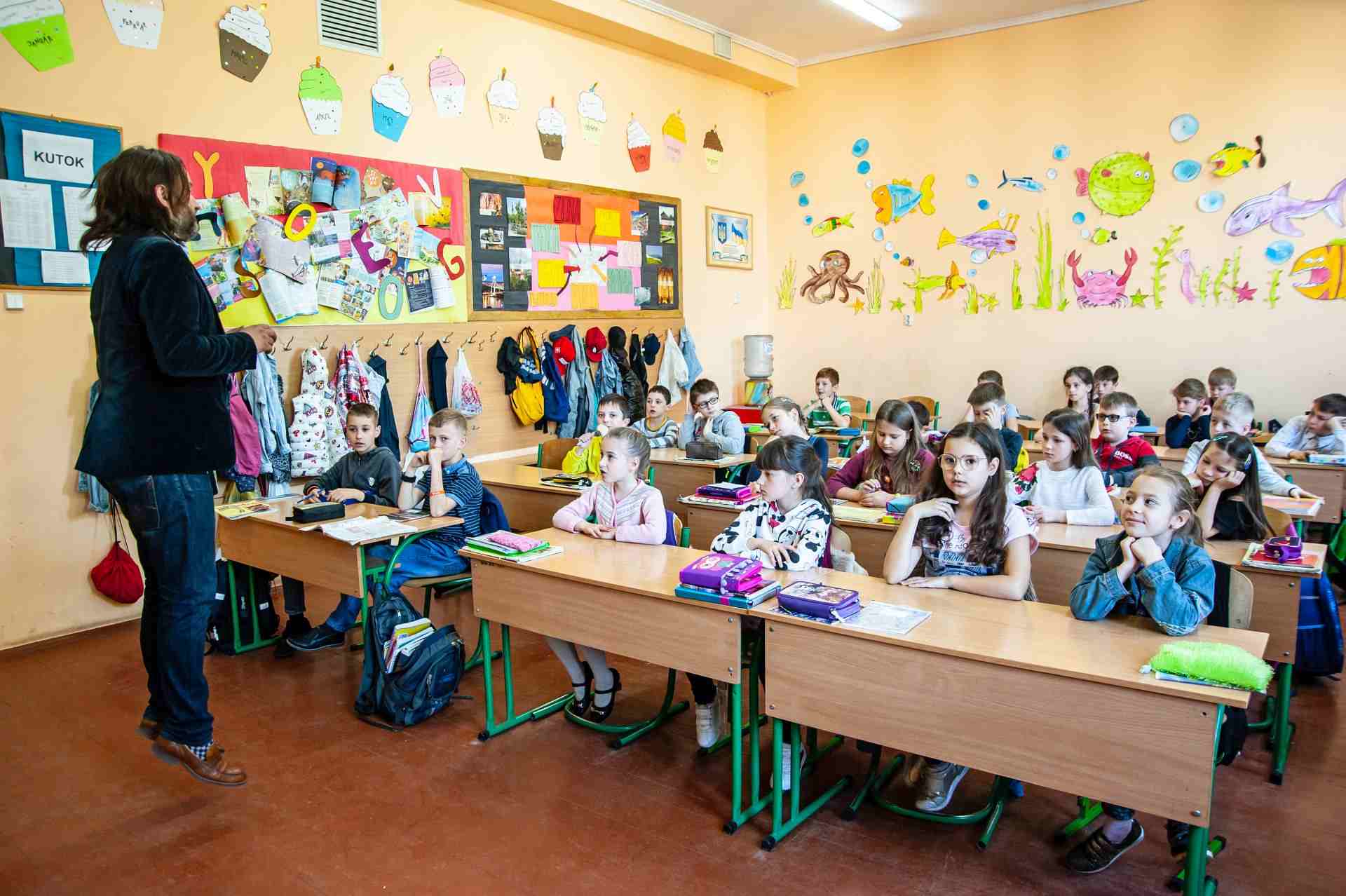
Daria Maksiutova-Greshkulych registered both of her kids to School 4. This spring her daughter Vesna finished Class 4 and her son Yovan finished Class 1. The kids’ father is a Slovak, currently living and working in the city of Trnava, and the children spend their vacations at his place. Daria’s job is also related with frequent business trips abroad. A few years ago, they even considered the issue of moving to the Slovak Republic for permanent residency. The parents have changed their plans since then but still leave the possibility open for a Slovak future for their kids, so their choice of the school is quite logical.
– We speak Russian at home, while we use Ukrainian talking to our Ukrainian grandma and grandpa and Slovak – for the Slovakian grandpa of ours. Actually, this language is simple for us. We comprehend it, hear it on the radio, watch Slovakian TV-channels and use it every time we pass the border. Still, I would like my kids to have a command of it since childhood. All subjects are conducted in Slovakian in this school for the first 4 years, except for the “English language” and “Ukrainian language and literature” subjects. And that’s really cool that the children will speak another foreign language.
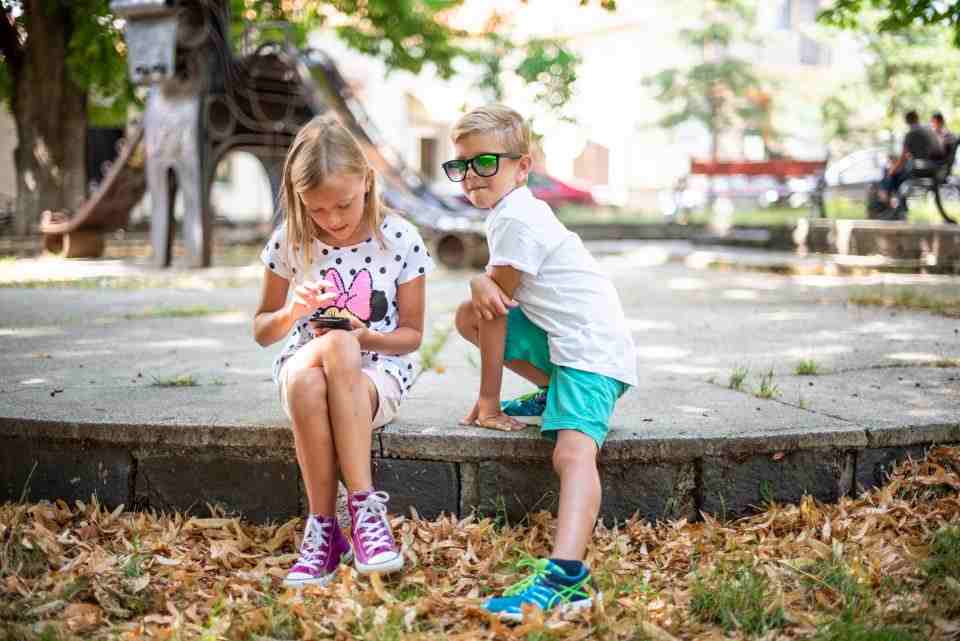
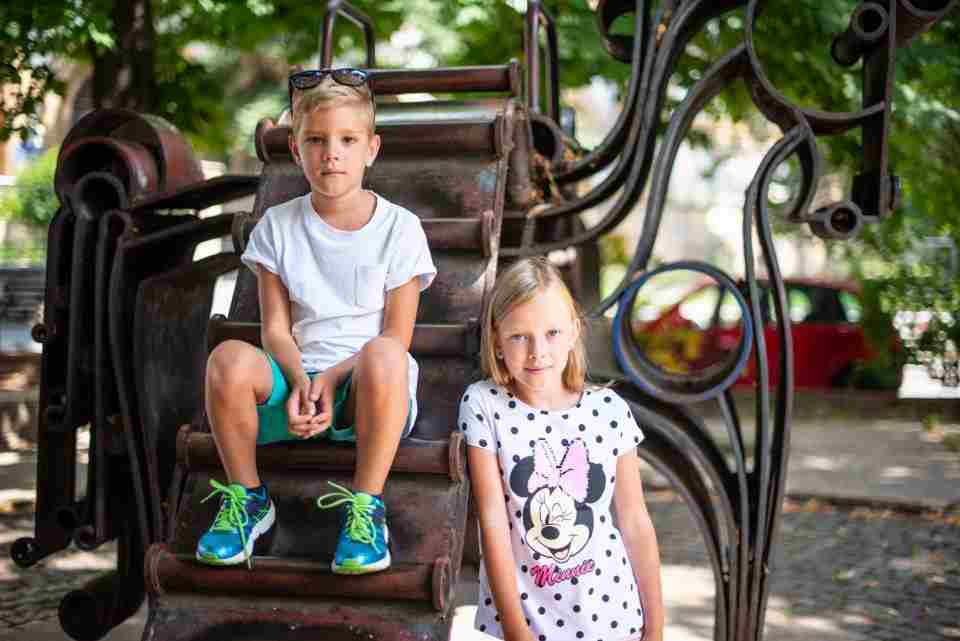
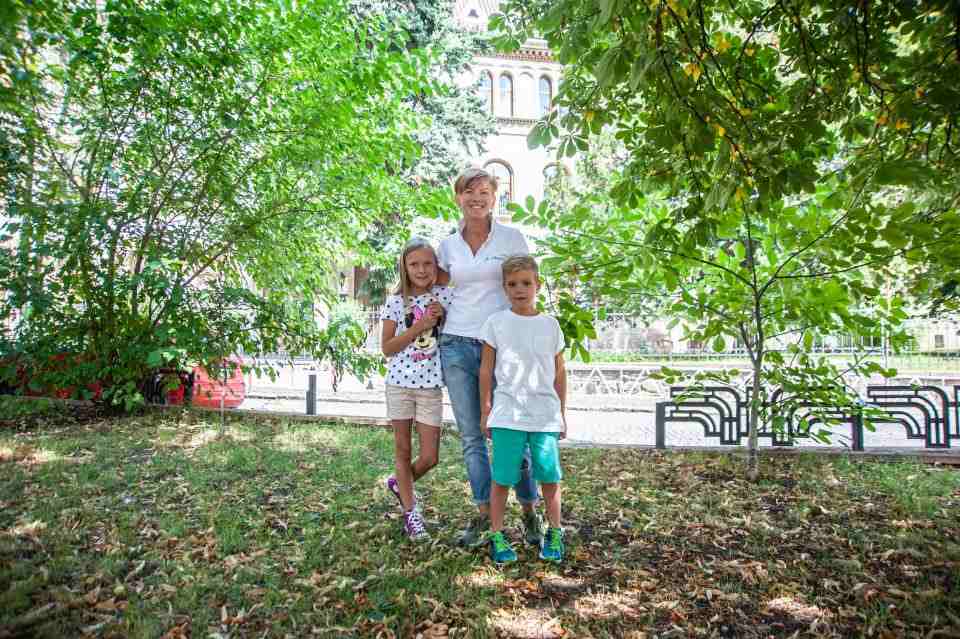
For Vesna studies at the primary school came easily. For all the 4 years, her class master was Svitlana Surova from Mykhaylovtsi. Of course the terms in Maths and the parts of speech names were more difficult but the girl passed the final exam successfully. The small graduate of the primary school will miss her first teacher. From her next school year on, all of her subjects will be conducted in Ukrainian and by various teachers. Slovakian will be studied as a separate subject. The external independent testing (ZNO) after finishing school will be in Ukrainian for Vesna.
– My favorite subject was that of “Výtvarna výchova” (“visual art studies” – editor). I like Slovakian. They have many words similar to ours. And for me the funniest word is “lyžica”, which means “a spoon”. I speak Russian at home, Ukrainian with my friends and I can speak Slovakian. Then, I study English and watch cartoons in it.
Vesna’s brother Yovan is 7 years old. For him, it is the same easy to switch from one language to another one. He thinks Slovakian is the easiest subject at school. His favorite subject is “Slovenske písanie” but he admits that his mother helps him with his “domácu úlohu” (home assignment) quite often.
– Our teacher’s name is Mrs. Yeva. She is strict but kind, like my granny. She plays the guitar and we learn songs with her. She gives me “slniečki” (sunshine) each time I do the work properly. Those were our marks in Class 1. I also got “slniečki” for proper behavior. That means when you don’t shout at the lesson and don’t play your bay blade (a popular kids’ toy – Editor) all the time.
* * *
And here is another school, with Hungarian as the tuition language, located in the village of Great Dobrony, Uzhhorod district. Now they’re having the vacation period but the Headmaster, Joseph Cantor, kindly gave his consent to meet us, give us a tour around and tell about the school.
An interesting object immediately invited our attention in the foyer. An old bell from the local church somehow landed here, not being kept in a museum but serving quite a practical backup function: when the power is down, it informs the children of lessons beginning and finishing. There is an inscription on the rarity, saying that it was made by master Ferentz from Budapest. Well, it really deserves to be the school symbol.
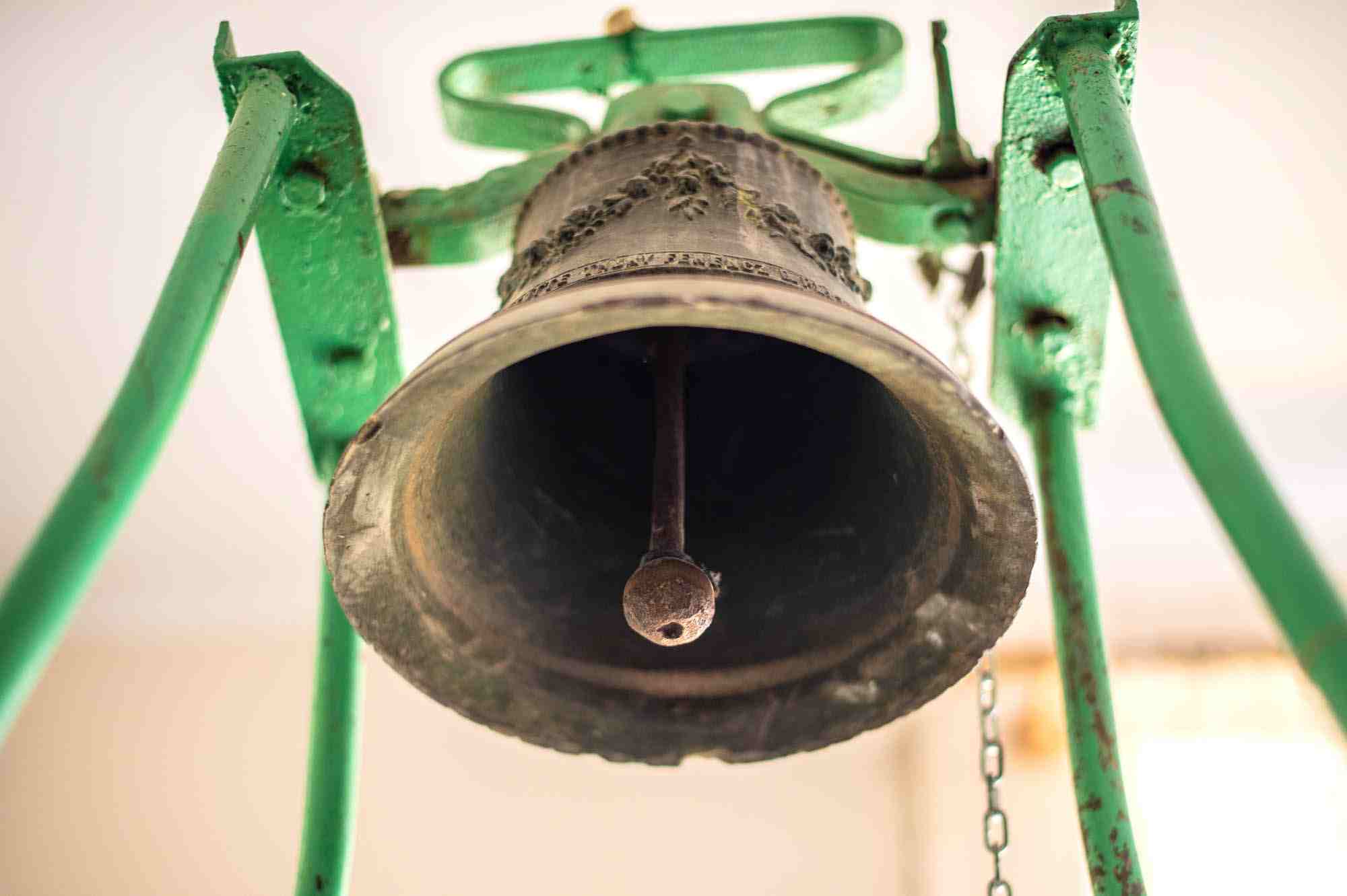
The slogans and boards in the Great Dobrony secondary school of I-III grades inform on the national identity of the educational process participants. Everywhere there are signs in Hungarian, drawings, embroidery with folk decorations and even the words of the anthem of the Hungarian Republic. Right close to it, there is the national anthem, reminding us that we’re still in Ukraine after all.
The educational process in the school is conducted in Hungarian but according to the program and studying plans issued by the Ministry of Education and Science of Ukraine. In Joseph Cantor’s words, 95% of schoolbooks are translated into Ukrainian.
Unlike their age mates in Ukrainian schools, children here have extra tuition in Hungarian language and literature and the optional subject “History of the Hungarian people” in Classes 7-9, also approved by the Ministry. Yet, as Yosyp Yosypovuch, the teacher of history complains, they allocate less and less study hours for this subject. Instead, more attention is paid to Ukrainian studies.
There are a few secondary schools in Transcarpathia participating in the regional experiment, “Enhanced education of Ukrainian in Classes 5-9 in secondary schools with Hungarian language of tuition” and also realization of a Concept by the Ministry, “A new Ukrainian school”.
It is for such institutions that special schoolbooks were published, learning guidelines were provided, as well as modern teaching media. According to the information by the department of science and education in Transcarpathian Region, the subvention funds from the state budget and the costs envisaged for the implementation of the Education development program in Transcarpathia for 2013-2022, made it possible to purchase 54 sets of equipment for Ukrainian studies classrooms in secondary schools of I-III grades having tuition languages of national minorities, with the total of 8220.5K UAH. Funds allotted from the regional budget, furniture sets were purchased for these classrooms, at the amount of 274.1K UAH. Additional major subvention funds were allotted for the region from the state budget, aimed at purchasing learning materials in Ukrainian and equipping classrooms. In 2017-2018, the Ministry provided centralized procurement of secondary schools with tuition languages of national minorities with bilingual terminology dictionaries. Thus, Hungarian schools received 12720 copies, Romanian schools received 2241 copies and Russian schools – 1248 copies.
The school of Great Dobrony is also proud with its updates. Joseph Cantor is willingly showing us clean and comfortable classrooms equipped with modern technical devices, blackboards, video viewers. He says that he can’t remember financing at such scope during all of the 29 years of his pedagogical experience. Such ultra-fashionable equipment could not be even dreamed of before. The education reform has started to bring results. The 69 first-graders of Dobrony, having studied the whole current year by the programs of the New Ukrainian School, are now passed to Class 2 and are having their summer vacations, while their teachers are analyzing the innovations. They have been working under the Program and plans, testing the integrated subjects. The main thing noticed by everybody is the new attitude in the relationships between pupils and teachers, as well as that between teachers and parents. The learning materials for Class 2 are arriving any minute. One more innovation for the schools of I-III grades with tuition languages of national minorities: more studying hours for Ukrainian.
Ania Voytovych is now 11. She has just passed to Form 6A. The girl speaks Ukrainian slowly and with a strong Hungarian accent. She speaks with her mom at home, her dad is bilingual and she can only practice speaking the language of the country she lives in with her Ukrainian-speaking father’s parents. Her village friends use Hungarian only in their communication.
However, Ania’s favorite school subject is “Ukrainian language and literature”. It is special for her because she loves her teacher, Svetlana Ivanivna and respects her. And as for poetry, she likes the Hungarian poet Sándor Petőfi.
She has not yet chosen her would-be profession but one thing she knows for sure. After finishing school, she’s going to enter a university. Whether a Ukrainian one or a Hungarian one – her parents and she will decide later.
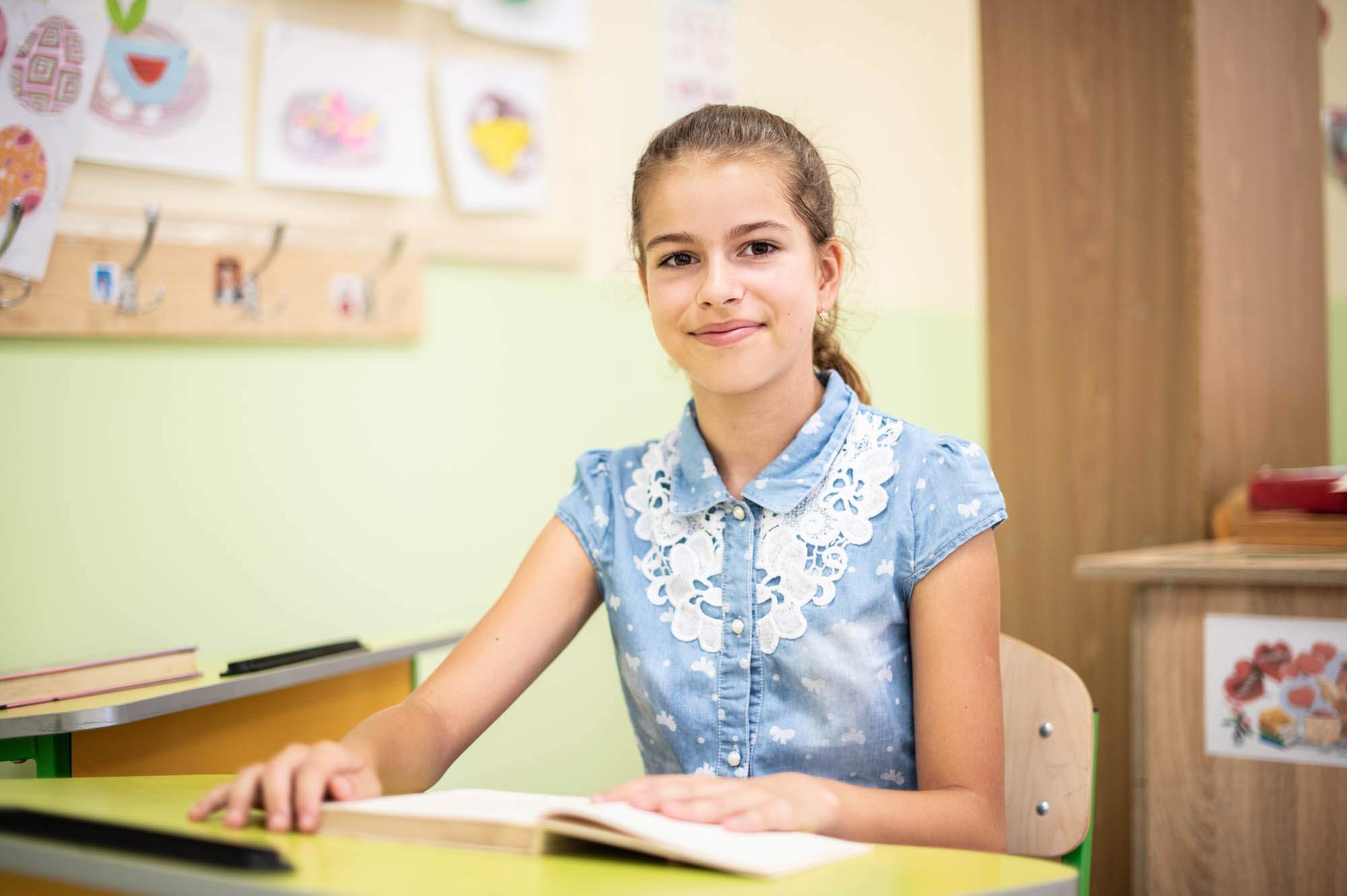
One of the reasons why foreign universities have so many ethnical Hungarians as their students is their poor command of Ukrainian. During one of her visits to Transcarpathia, the Minister of education and science, Lilia Grynevych made a comment, saying that in 2018 over 70% of school graduates among national minorities did not pass the ZNO external independent examination in Ukrainian. At this, their grades in other subjects are good.
Joseph Cantor gives an example. A few years ago, his mate’s son got 194 out 200 at the ZNO exam in Physics but did not pass the minimum grade in Ukrainian. As a result, a foreign university got anew promising student majoring in physics.
In 2019, The Ministry of Education and Science of Ukraine lowered the acceptance level to 14 points for such students taking their ZNO in Ukrainian language and literature. Other pupils had to get 23 points. In Joseph Cantor’s words, this allowed for a much better performance indicator.
And then again, to lady Grynevich’s mind, however, “the lowering of the acceptance level is only an adaptive step and it does not solve the main problem on the whole: Ukrainian school leavers cannot speak the state language. And that is a great challenge”.
In total, there are 42 school graduates in Great Dobrony this year. The external students were allowed to pass the internal state final school competency test (the DPA) for the first time. These are senior pupils that are not going to enter to universities but are mostly staying in the village, busy with agricultural activities. The rest 24 pupils took their ZNO exams. According to yet unofficial information, just 4 pupils failed to pass the acceptance level in Ukrainian language and literature. This is a much lower indicator compared to when the ZNO requirements were more strict, – say the Headmaster.

– On the average, 35 to 40% of our graduates continue their studies in universities. More than half of them enter to Hungarian ones. There are youths that submit documents in both countries. My younger daughter did so 5 years ago. Now she is a student at the Medical faculty of UzhNU. My elder daughter works in our school, teaching Ukrainian.
Joseph Cantor complains that the children are really willing to learn Ukrainian but the school has an acute lack of teachers in philology. Currently, there are two vacant wage rates and, because of this, there is no possibility to divide a class into groups for better knowledge absorbing. Another reason causing the non-fulfillment of the staff is that few school graduates enter the philological faculty, due to the competition with those from Ukrainian language tuition schools. Graduate specialists from other locations show no intention to get a place in Great Dobrony, for then they’ll have to move to the village.
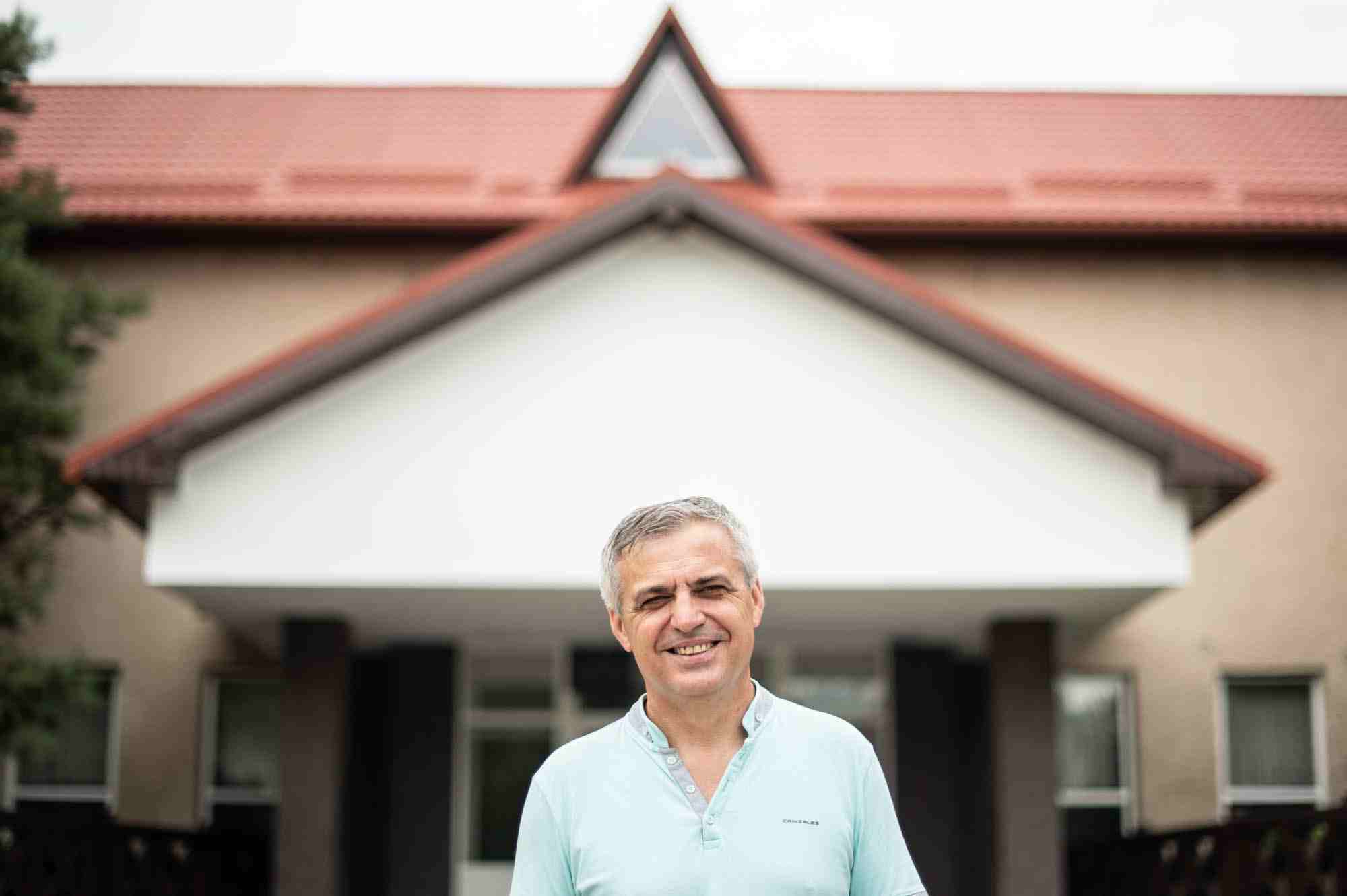
The Headmaster has no doubts: all of his pupils must speak Ukrainian and be competent at the national labor market. He raised the issue himself at the meeting with the Minister of Education and Science, Lilia Grynevich, who was visiting the school of Great Dobrony this spring. At that time, the school leavers, together with 2 hundred of their age-mates from several other schools of Transcarpathia, were taking a ZNO preparation crash course in Ukrainian language and literature. These were organized in the format of language camps, under the name “BombeZNO” (a play on words: “cool ZNO exams”). This year, they were organized by the Ministry, in co-operation with the public organization of “Osvitoruya” and GoGlobal (financial support by the project “Finnish support of the Ukrainian school reform” and EU).
– Everybody knows it but very few announce it in public. There is a need of forming a separate subgroup in UzhNU, based on the Department of Ukrainian language and literature, for school graduates from Romanian and Hungarian schools. They must have a bilingual education. Another problem is that mostly it is Ukrainian-speaking children that enter to the speciality. And they pass the ZNO equally with our children. Respectively, they have better chances to pass that the ethnical Hungarians. The acceptance level for entering to the University must also be lowered or enroll such school graduates on special terms. Then, in 5-6 years, I think I will have enough staff.
* * *
The colorful village of Solotvyno in Tiachiv district is located at the Romanian border. It goes along the Tysa River. On the other bank there is the Romanian city of Sighetu Marmaţiei. The majority of the village residents are ethnical Romanians. At this, they can speak Ukrainian quite easily. In Solotvyno lyceum boarding school with Romanian language of tuition n.a. Eminesku, subjects are conducted in the national language. This year, all the 15 graduates passed the ZNO exam in Ukrainian. Surely, the lower acceptance level helped, – admits Andriana Pop, the Headmaster, – for last year 7% could not pass the exam. Nevertheless, the lyceum is proud of its high performance level. There are winners of academic competitions, school Olympics and competitions held by the Junior Academy of Science among the pupils of this school.
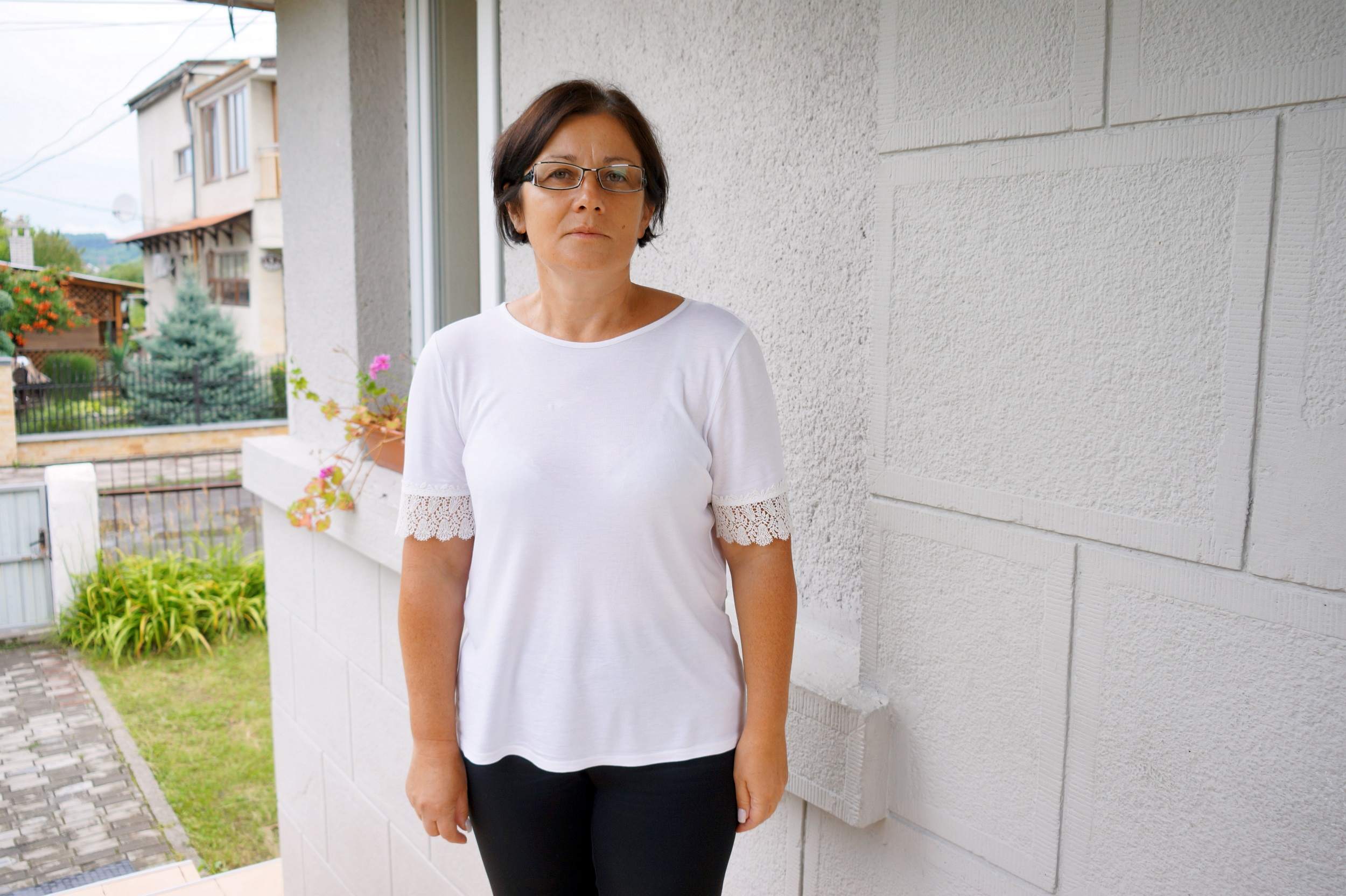
– Surely, the key to success is the carefully selection of the staff. Teachers work part-time and can only be accepted to the lyceum provided they have proved their performance. So they have a stake in doing their best, – says the Headmaster.
The teaching staff of the lyceum consists mostly of young teachers that speak both Romanian and Ukrainian. There is no staff shortage. They are ready to advance, care for further training and take pleasure in teaching children.
Amalia Popovych, a last year’s school leaver, is now obtaining a humanitarian education abroad. The girl has entered the Ukrainian Department of the Philological Faculty at the Suceava University n.a. Ştefan cel Mare in Romania. There are lots of ethnical Romanians in that region, and Romania takes care in preparing philologists to work in local schools.
Amalia’s choice is limited with objective reasons: she is going to be a specialist in Ukrainian and English, receiving a European-type diploma. This will enable her with a possibility of employment in the EU countries. But the girl wants to return to her native lyceum after graduating, already as a qualified teacher. She wants to teach languages to children, show them the beauty of Ukrainian, the charm of Romanian and the importance of English. And more – she wants to implement multiculturalism with her own example.
* * *
According to the population count of 2001, in Transcarpathia there live representatives of over 100 nationalities. Ukrainians make up the majority (80,5%), followed by Hungarians (12,1%), Romanians (2,6%), Russians (2,5%), Roma (1,1%), Slovaks (0,5%), Germans (0,3%), and also the Belarussians, Jews, Poles, Georgians and others. Inside families, there is still more blood mixed, and that is no bother for all to live and make friends, star families and celebrate holidays, communicate in various languages.
Historically, Transcarpathia was a part of numerous different states. Territories were split by borders, while people went on living in their native land and respect their ethnicity.
Today, the westernmost region of Ukraine borders on four European countries. The language of each neighboring country could be heard in Transcarpathian towns and villages. National cultural societies work in order for the national minorities could maintain, study and develop their culture, traditions and customs. And the 118 secondary schools have tuition process in native languages for 20853 pupils.
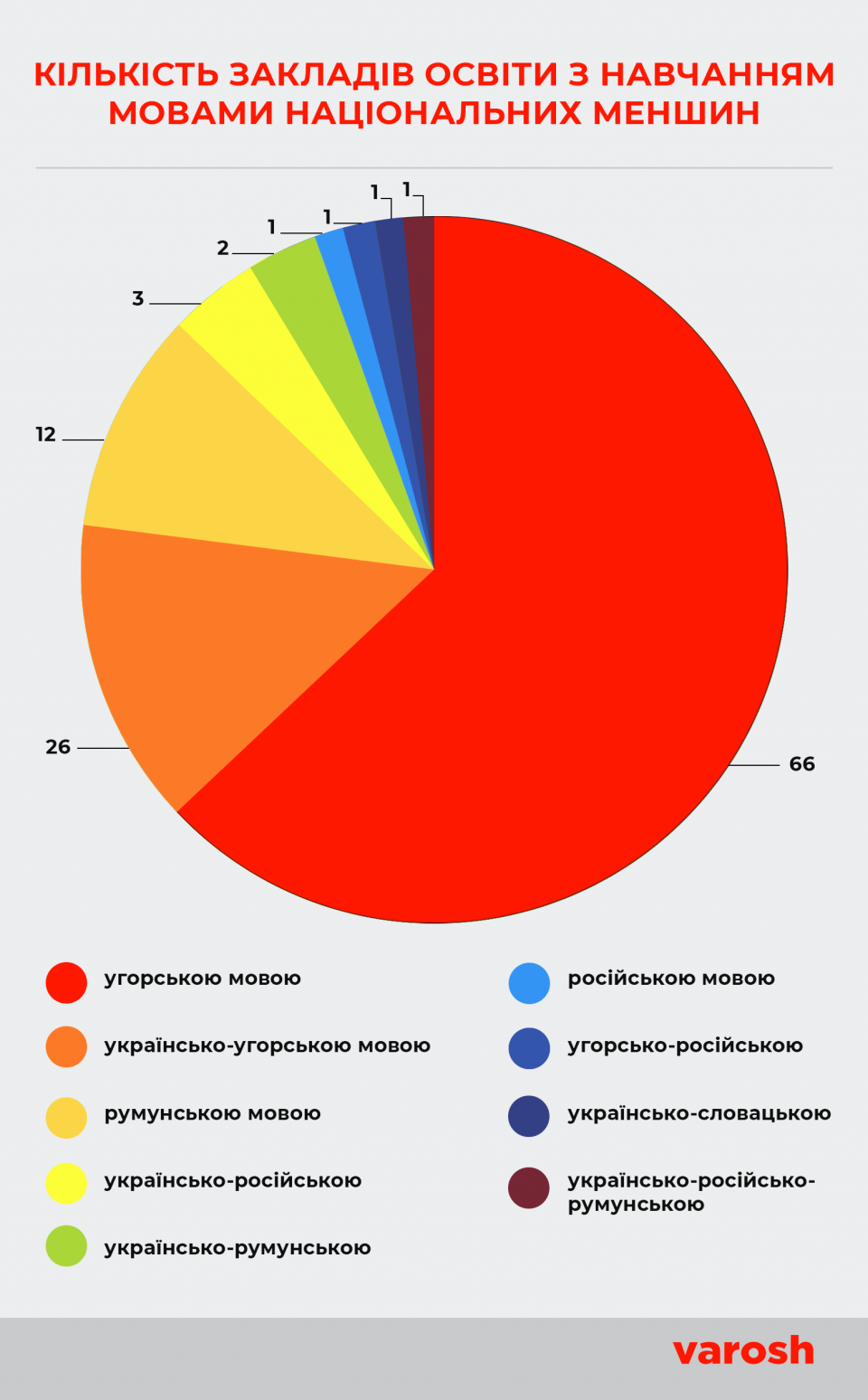
Information provided by the Department of Education and Science of the Transcarpathian Regional State Administration
Transcarpathia is one of the regions where a considerable part of teaching is conducted in secondary schools in minority languages. It is second only to Chernivtsi Region.
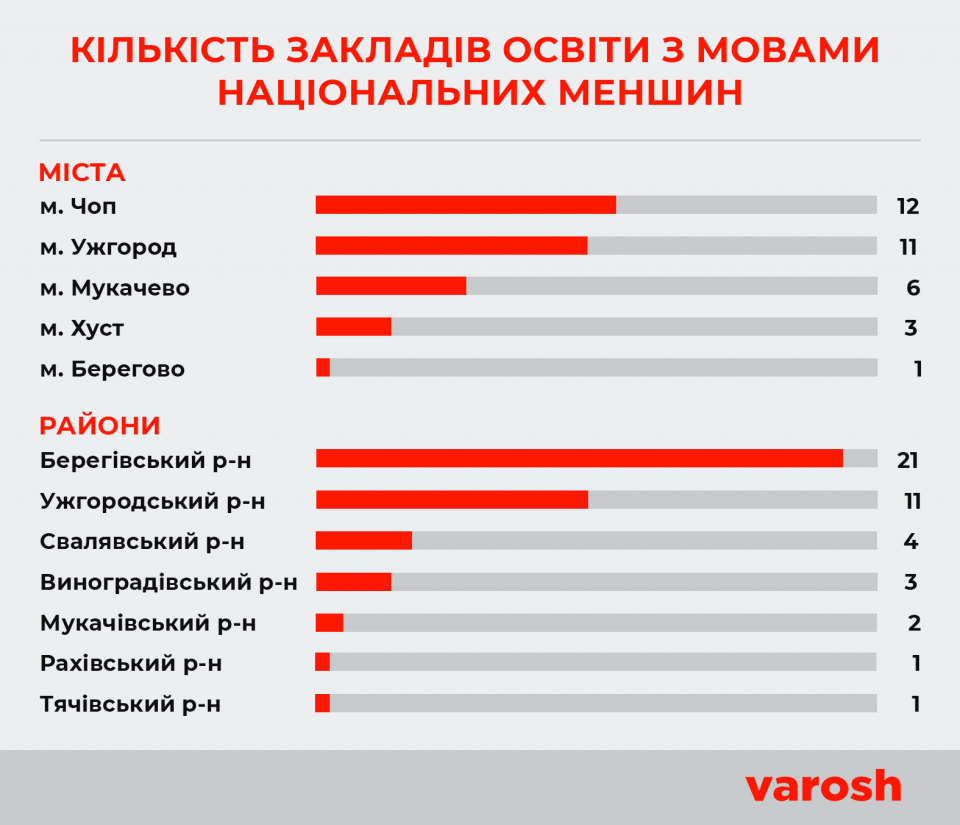
The relative share of secondary education institutions with full-time attendance that provide tuition in Ukrainian by the Western Area and in Ukraine, by beginning of 2018-2019 school year, in %
Hungarian language has the greatest number of educational institutions in Transcarpathia using minority languages. They enroll 16711 pupils. Romanian minority language has 14 institutions of secondary education with 2661 pupils, while there are 6 institutions with 1331 pupils studying in Russians. There is also Specialized School of grades I-III No 4 with advanced study of Slovakian, in which the 148 eight pupils of primary school have their lessons in Slovakian. (Source: “Transcarpathian education in numbers and facts”.- Published in Uzhhorod, 2018)
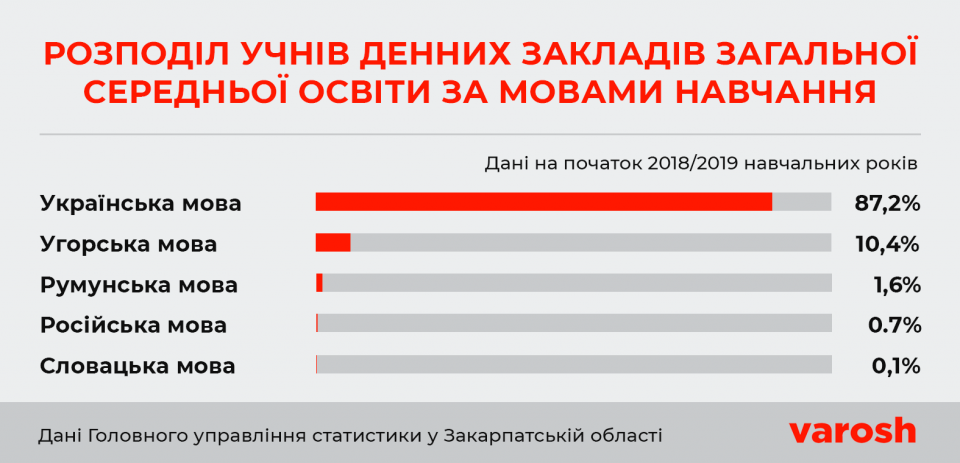
Distribution of pupils in full-time attendance institutions of secondary education, by tuition language (by beginning of 2018-2019 school year, in %)
Disclaimer: the present material is presented by the civic community of “Institute of Central European Strategy” with the support by US Agency for International Development (USAID). Creating the material became possible with sincere support from the American people as provided via US Agency for International Development (USAID). The contents or the material is a sole responsibility of the civic community of “Institute of Central European Strategy” and does not necessarily reflect opinion of USAID or USA government. Reproduction and use of any part of this material in any format, including graphical, electronic, copying or using in any other way whatsoever is prohibited without a link to the original source.
